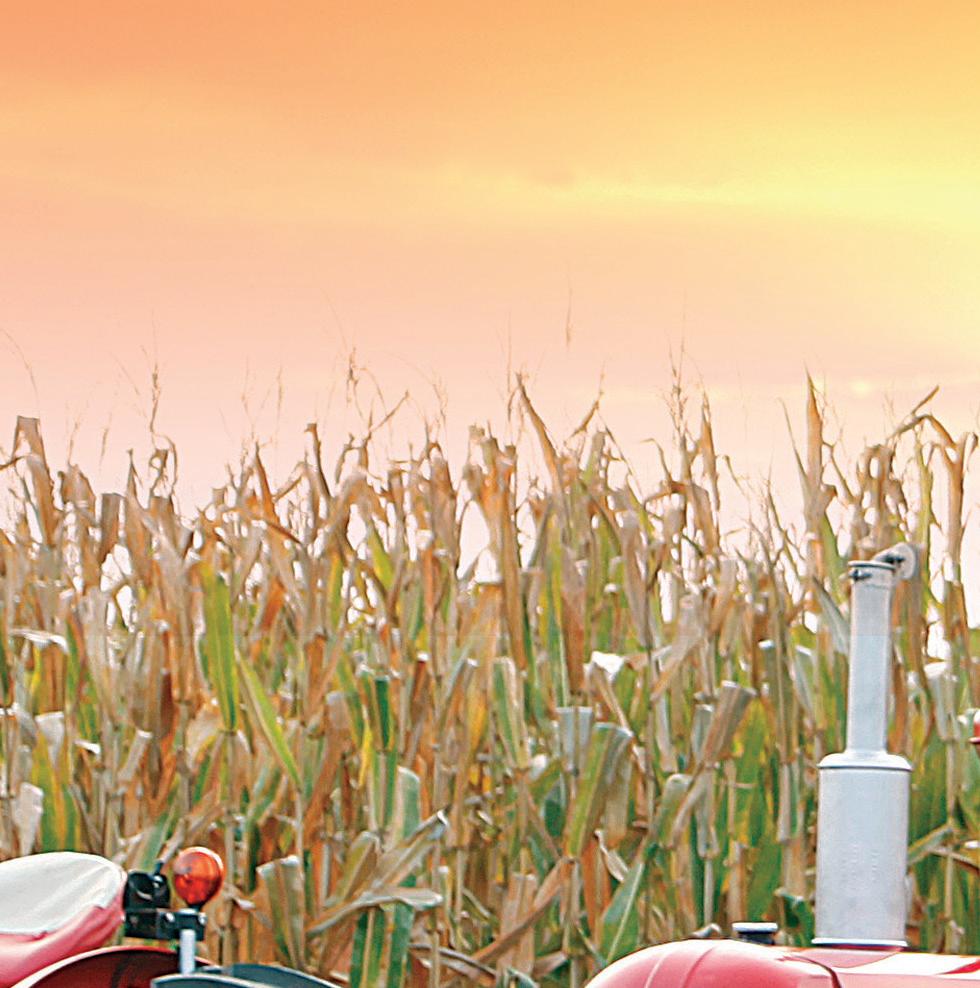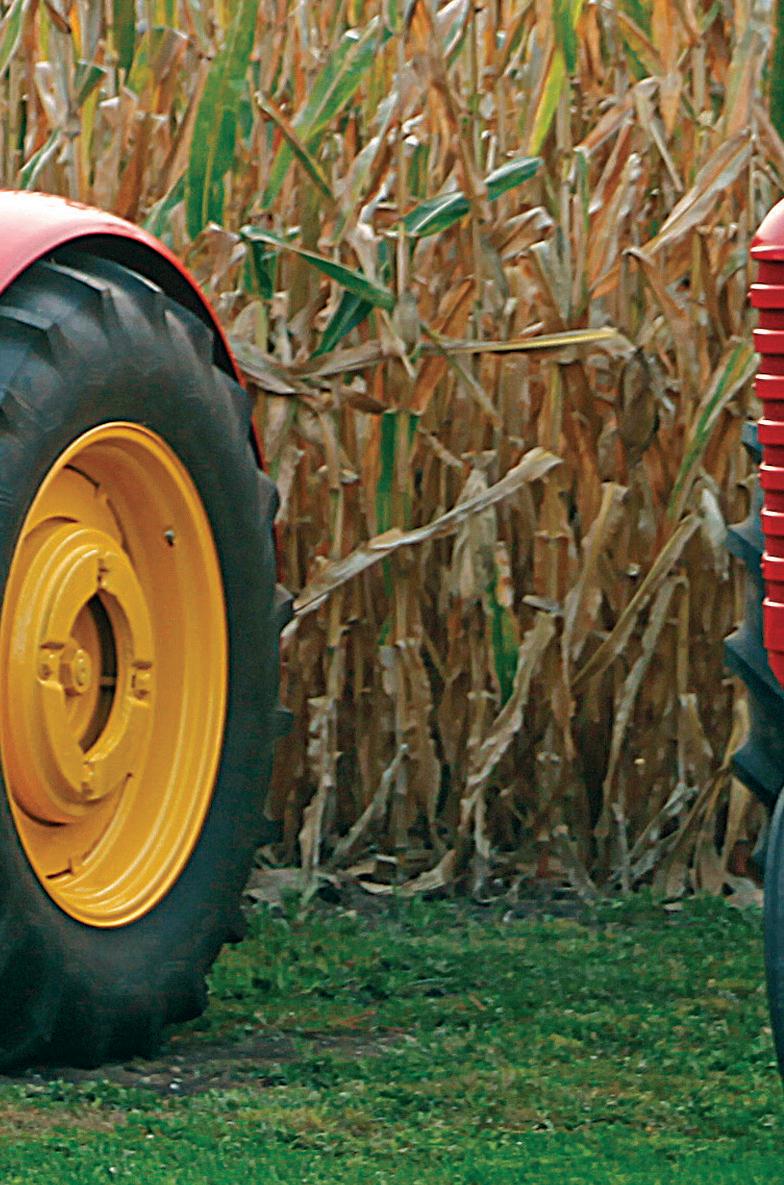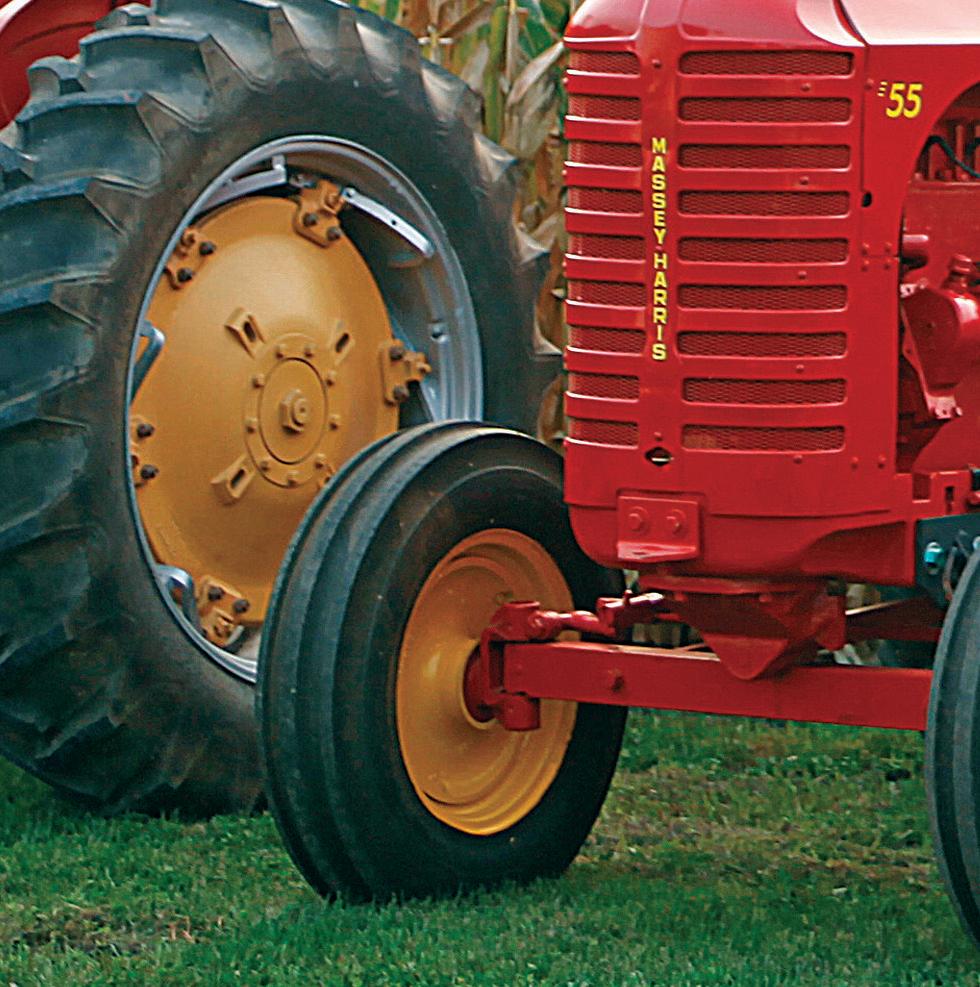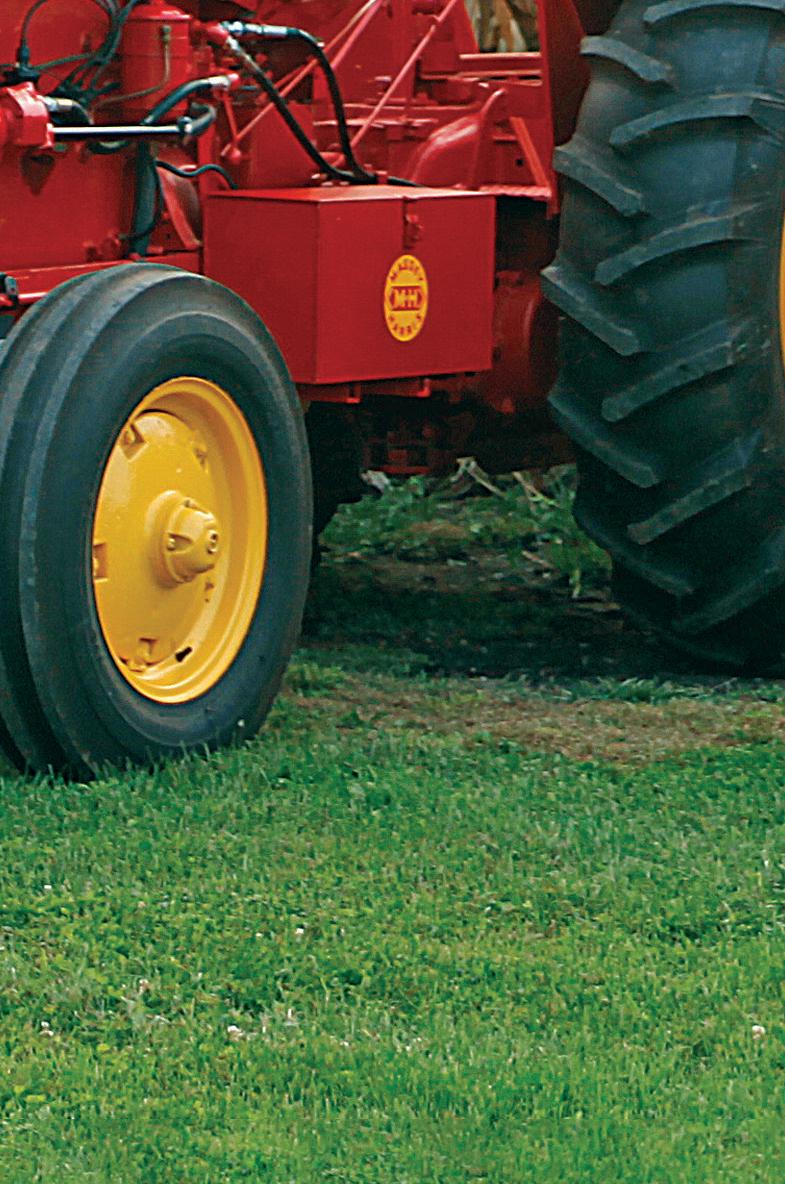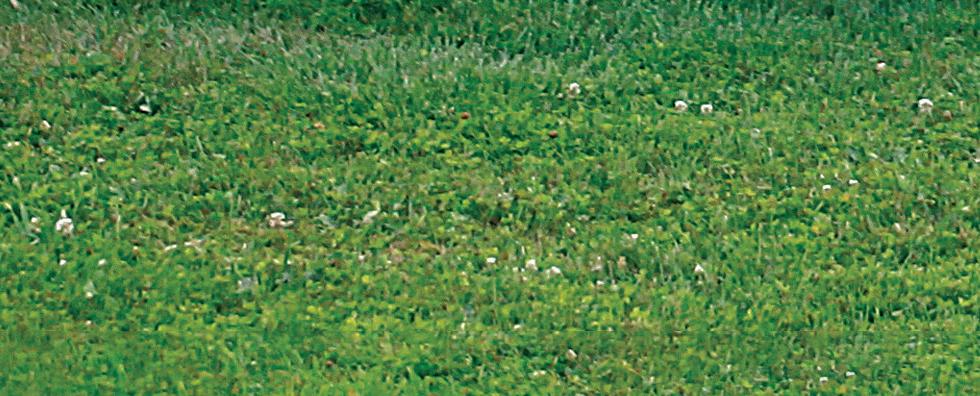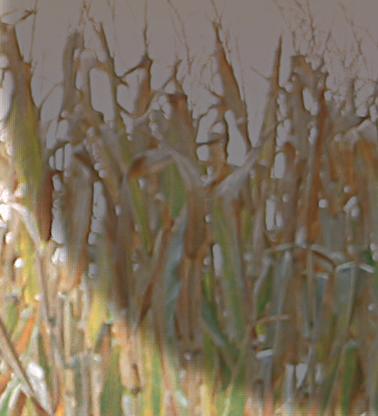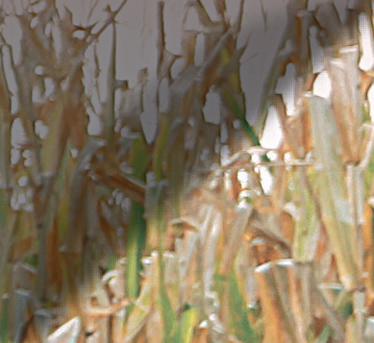HENRY FORD’S FAVORITES


FORD COLLECTORS

DISPLAY CLASSIC TRACTORS





DISPLAY CLASSIC TRACTORS

Marv’s Ph. # 608-558-2185
NOTE: Due to health reasons, Marv has decided to liquidate his massive and unbelievable collection of items he has accumulated over decades of collecting, and displaying in his own museum. Many rare & one-of-a- kind items will be sold. Due to the volume and amount of items already packed, it is impossible to list or picture everything to be sold.
Watch for second auction on websites listed, to be held Saturday, November 11, 2023, also at 10 AM.
COLLECTIONS:
Keen Kutter Tools & Collectibles

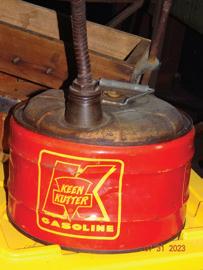
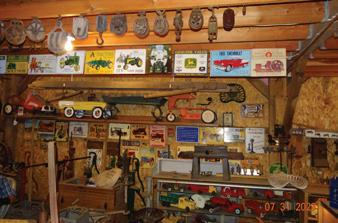

Winchester Tools
Barn & Railroad Lanterns
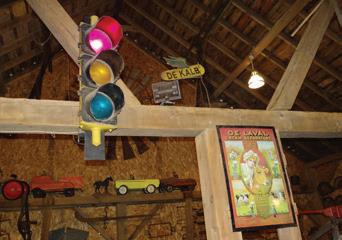
IHC Items( lg amt.)
150 plus Cast Iron Implement Seats, Tool Boxes, Grain Drill Ends
Ant. Cream Separators & Cheese Making Equip.
Hammer Collection (very large)
Ant. Farm & Monkey Wrenches
Corn Shellers
Cast Iron Hand Water Pumps & Well Cups
Hand Grain Mills & Corn Planters
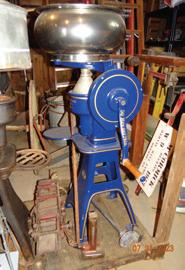

Antique Barbed Wire types on mounted boards
Hay Trollies
OTHER FARM PRIMITIVES & ANTIQUES:


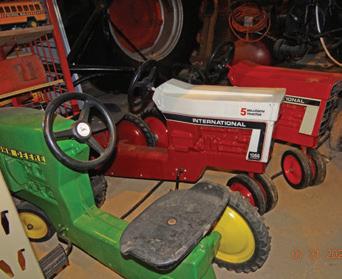
Hay Forks
Wooden Rope & Line Shaft Pulleys
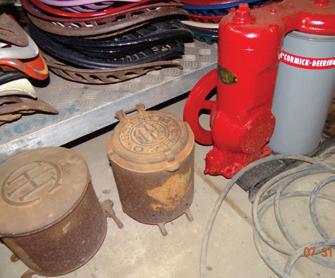

Floor Registers
Steel & Wooden Wagon Wheels



Walking Plows
Potato Plows
Pedal Tractors & Cars
Numerous Signs
Cast Iron Floor Registers
Metal Petroliana Cans
Old Wooden Advertising Crates & boxes
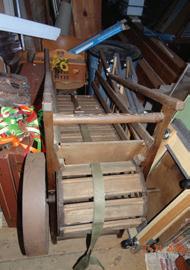
Bells: streetcar, boxing ring, re, dinner, & others
Copper & galvanized milk cans, brass cash registers, IHC milker unit, McCormick Deering grain beam scale (from Canada), Oliver and other old boat motors, Maytag engines, platform scales, windmill weights, incubators, antique toasters, JD goat wagon, old toys, Alaskan dog sled, Pine Wood Derby car, Adult pedal tractor, IH refrigerator(working), horse drawn ice saw, Baker Monitor pump jack on cart, & other pump jacks, tractor and wooden belt pulleys, pedal grind stones, milk can carts, hay hoist winch, hayknives, rolls of check wire, grain cradles, hog oilers, buzz saw blades, cotton bale scales, post drills, corn planter plates, asst. traps, re hydrants, bone cutters, cider mills and presses, freight carts, silage cutters, antique Maytag & other washing machines, mud pumps, log saws (Wittie, Laughlin, Ottawa, etc. brands), cast iron prairie breaker plow, gasoline powered jack hammer, fanning mills, rope hooks, goat or dog treadmill, high wheel bicycle ( repro). coal forges, wooden lobster traps, spinning wheel, rope splicer butter worker and churns, pot belly stoves, wooden water pipes, block and tackles, license plates(back to WI 1915), line shaft, hand goat cart, corn graders, foot operated scroll saws, JD & other seed potato cutters, dairy centrifuges, bull blinders, bear trap, windmill fan & tails, tinner’s anvil, galvanized chicken nest, wind powered generator with wooden blades, cowboy bath tub, rope ladder, moonshine still, bean sorter, Ideal duplex burr mill, meat grinders, old fans, wooden cow stanchions, harness horse vise, antique wood lathe, hardware scales, wood planes, stencil machine, car jacks, lg, butcher’s hoist, barn beam drill, some salesman’s sample items.
TEASDALE-GILL AUCTION SERVICE, LLC REG. WIS. AUCTION CO. #31 6660 Hwy E, Shullsburg, WI. 53586 608-965-3558 I 608-965-3632

Lunch & restrooms on grounds. Selling in two rings-bring a bidding partner. Reg.
Also go to: www.teasdale-gill.com
auction zip.com
auction look.com
Watch for us on Facebook
No buyers premium charged to buyers.
On the cover: The first tractor Charlie Hardesty drove as a kid was his dad’s 1951 Ford 8N. Nearly five decades later, he tracked it down at an auction. Now completely restored, the 8N was among the displays at the 2023 Ford/Fordson Collectors Assn. national show. Photo by Leslie C. McManus.
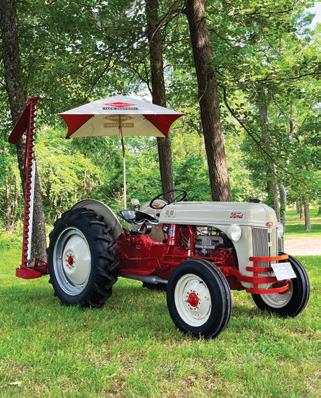

14 Four Seasons on the Farm

From final garden harvests to cutting firewood and picking corn, in fall all energies focus on preparing for the long, cold winter. Don McKinley
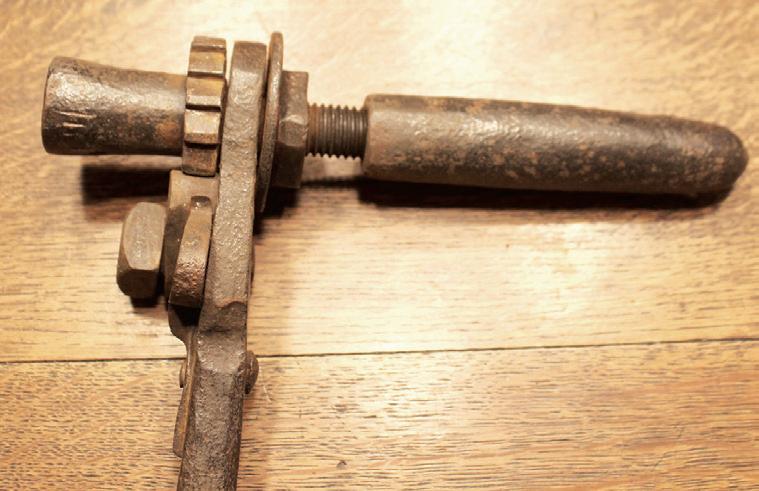
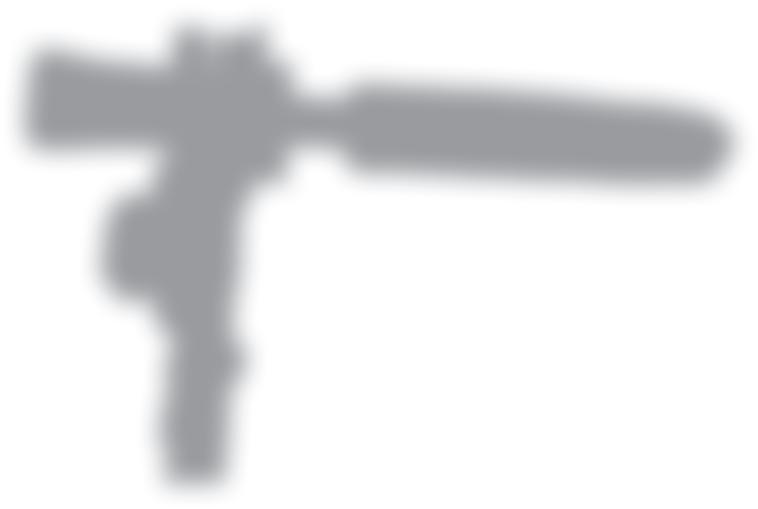



18 Henry Ford’s Favorites

Ford/Fordson Collectors Assn. display showcases classic tractors at Indiana show. Leslie C. McManus
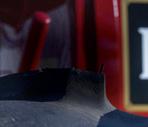
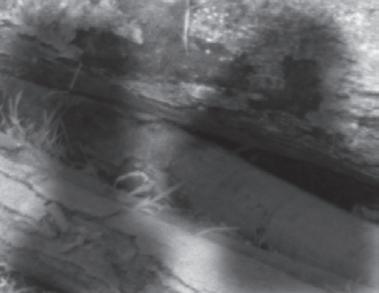
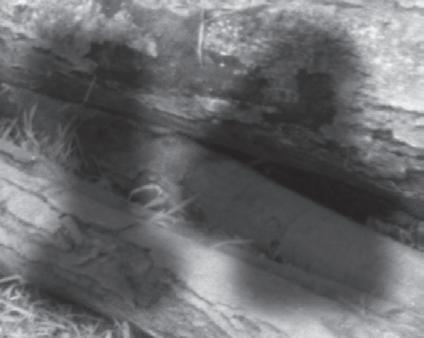
Hand-built onion seed thresher returns to family after 75-year absence. Fred Hendricks 32

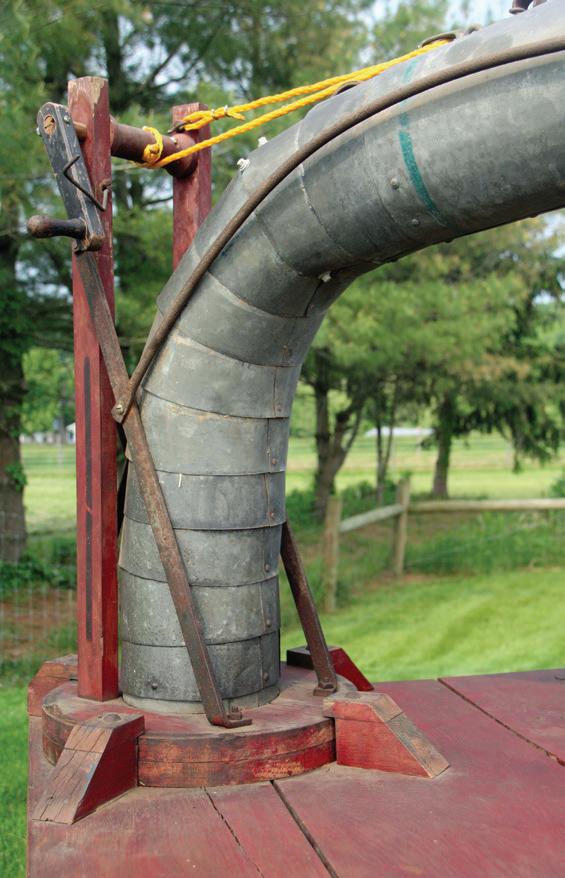

Students stretch their day past the “9 to 5” routine in order to revive an F-20. Christina Staff
Landon Hall Group Editor
Leslie C. McManus Senior Editor

Christine Stoner Associate Editor
Terry Price Art Director
Baylie Koch Advertising Coordinator

Web and Digital Content
Tonya Olson Digital Content Manager
Advertising Director

Brenda Escalante escalante@ogdenpubs.com
Display Advertising
(800) 678-5779; adinfo@ogdenpubs.com
Classified Advertising
(866) 848-5346; fcmclassifieds@ogdenpubs.com
Newsstand: Bob Cucciniello; (785) 274-4401
Customer Care: (866) 624-9388
Have
Recently I saw a restored tractor painted some outlandish color far from the shade the manufacturer applied back in the day. My first thought was of Henry Ford, who famously said, “any customer can have a car painted any color that he wants, so long as it is black.”
Bill Uhler Publisher
Cherilyn Olmsted Circulation & Marketing Director
Bob Cucciniello Newsstand & Production Director
Bob Legault Sales Director
Randy Smith Merchandise Manager
Tim Swietek Information Technology Director
Ross Hammond Finance & Accounting Director
Farm Collector (ISSN 1522-3523), October 2023, Vol. 26, Issue 3. Farm Collector is published monthly by Ogden Publications Inc., 1503 SW 42nd St., Topeka, KS 66609-1265. Periodicals Postage Paid at Topeka, KS and additional mailing offices.
POSTMASTER: Send address changes to Ogden Publications, Inc., 1503 SW 42nd St., Topeka, KS 66609-1265. For subscription inquiries call (866) 624-9388. Outside the U.S. and Canada, call (785) 274-4366; fax: (785) 274-4305.
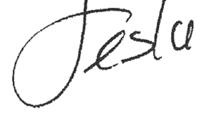
Subscribers: If the Post Office alerts us that your magazine is undeliverable, we have no further obligation unless we receive a corrected address within two years.
© 2023 Ogden Publications Inc. Printed in the U.S.A.
In accordance with standard industry practice, we may rent, exchange, or sell to third parties mailing address information you provide us when ordering a subscription to our print publication.
If you would like to opt out of any data exchange, rental, or sale, you may do so by contacting us via email at customerservice@ogdenpubs.com. You may also call 866624-9388 and ask to speak to a customer service operator.

Ford was motivated by the desire to keep his famed assembly line as simple as possible. Stopping the line to accommodate a color change was, to Ford’s mind, an unimaginable waste of time and money. But by 1926, he caved, offering the Model T in three additional shades: green, maroon and gray. Next thing you know, refrigerators became available in shades of avocado and harvest gold.
When tractor restoration began to go a bit Hollywood, some folks couldn’t get enough glossy paint. Prizing the patina of time, others massaged linseed oil into original sheet metal. “It’s only original once,” they said. For a time, the restored vs. original debate became a bit of a pickle, the kind of topic a conflict-averse person would avoid.
Online, of course, fools rush in where angels fear to tread. Everyone there has an opinion and is more than happy to share it. When my husband
stumbled into a hornet’s nest of comments centered on some hapless collector’s decision to post a picture of an old truck painted an unusual color, it didn’t take him long to get to the heart of the matter. “There’s just one thing to remember,” he said. “It is his truck. He can do whatever he wants with it.”
Truer words never spoken. When it comes to major issues, change can be hard, but surely we can survive a restorer’s decision to color outside the lines every now and then. Was it heresy to remake True Grit, or just a new interpretation? When “right on red” turns were legalized, was it the end of Life As We Know It, or just a way to improve traffic flow? Did the three-point shot ruin basketball, or inject new life into the game?
In the end, even old Henry Ford saw the merit of a new idea. And thank goodness for that. If nothing ever changed, as the old saying goes, there’d be no butterflies.
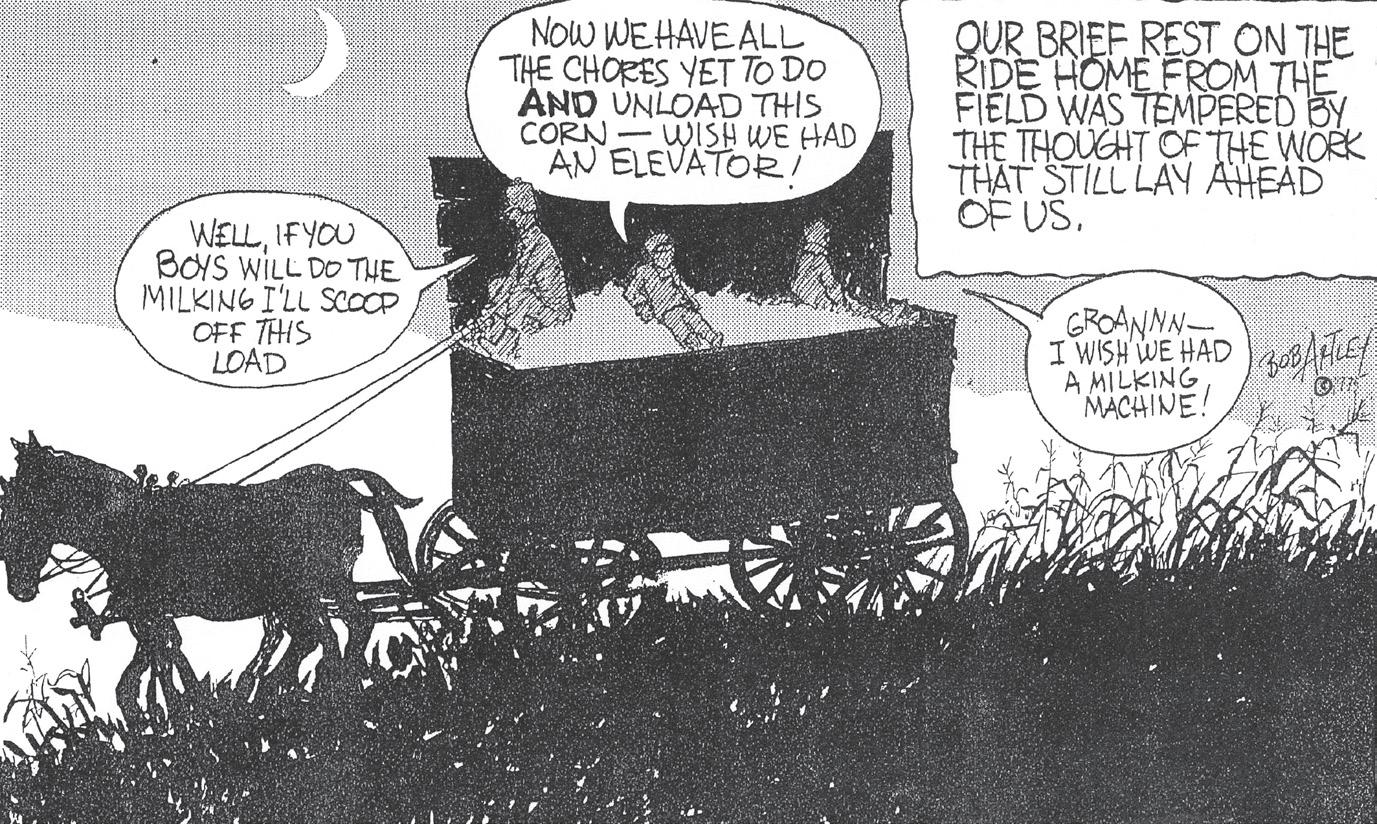

BIG 1:16-scale Sculpture Features the Renowned Artistry of Dave Barnhouse


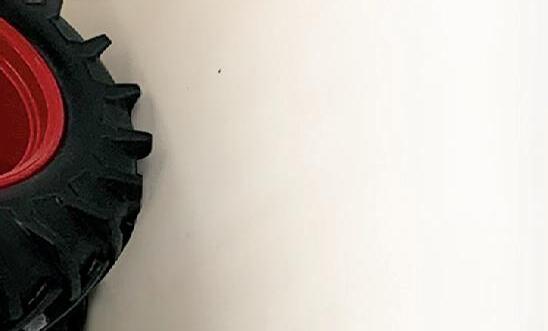



Often called the “Big Hoss,” this iconic eld performer is the inspiration for the “International Harvester 1466: A History of Heart & Heritage,” available ONLY from Hamilton Authenticated. Every detail of this rugged row-crop six-cylinder turbocharged 145 horsepower workhorse is precisely scaled, from the radiator grille and diesel engine to the BIG, BEEFY dual back tires. Send no money now to reserve it in your name for three payments of $39.99 (plus a total of $17.99 for shipping and service, and sales tax; see HamiltonCollection.com). We’ll bill only the rst payment prior to shipment. Our 365-Day Guarantee assures your satisfaction. Reply today!
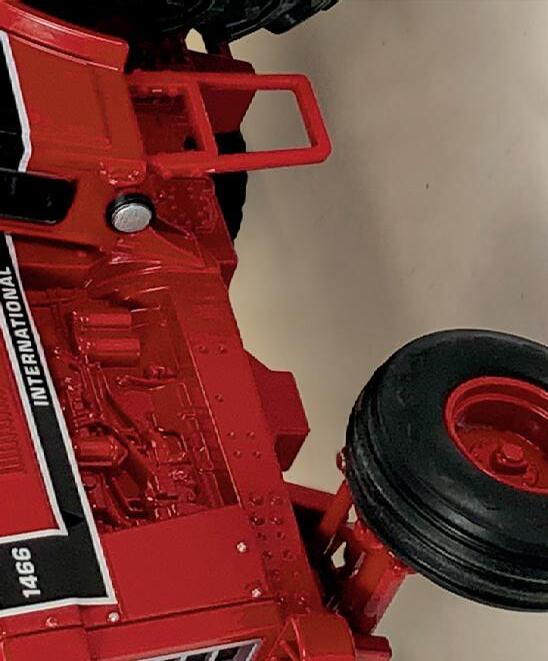
MAIL TO:







YES! Please reserve the “International
1466: A History of Heart & Heritage” 1:16-Scale Sculpture for me as described in this announcement.

Subject to product availability and credit approval. Allow 2 to 4 weeks a er initial payment for shipment.
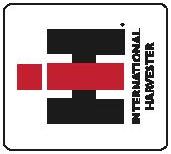







My cousins have our granddad’s Oliver 40 horse-drawn plow with the steel shaft. However, he can’t figure out how the handles attach. Would anyone have a diagram or image of the attachment assembly?
Evanna Frey via email: evannafrey@gmail.com


Send letters to: Farm Collector Editorial, 1503 SW 42nd St., Topeka, KS 66609; fax: (785) 274-4385; email: editor@farmcollector.com; online at: www.farmcollector.com.
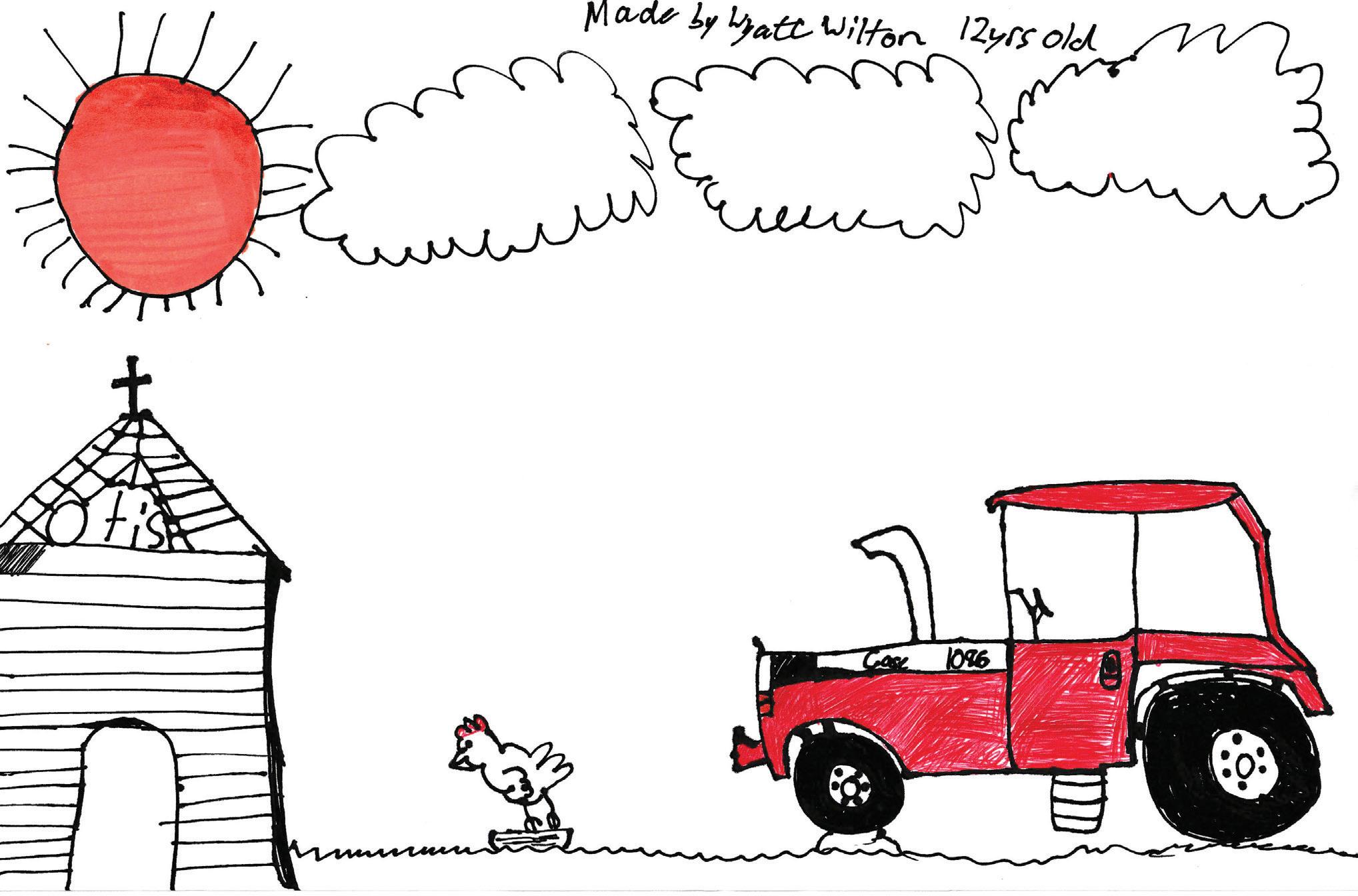
A photo of my checkrow planter appeared in the January 2023 issue of Farm Collector and the reaction and response to it has been surprising. Most people want to know the brand and age. I’ve carefully searched for a serial number, casting numbers, paint remnants or anything which will identify it, and the only thing I found was a part with number and logo near the planting disks on each side. The logo is well worn, but appears to be International Harvester. Based on this, can anyone estimate the age of this machine?





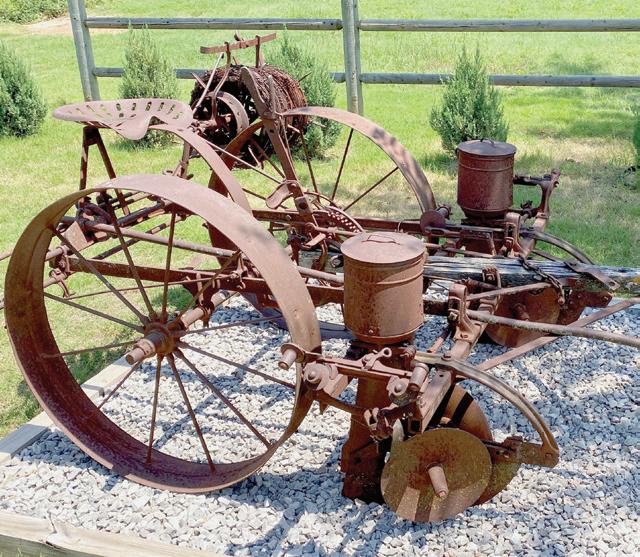
Kelly Cawood, Moore, Oklahoma; email: kellycawood@gmail.com.



ARTIST
Wyatt Wilton, the son of William B. Wilton, Dahlgren, Illinois, is this month’s featured artist. Wyatt will receive a Farm Collector T-shirt: Congratulations, Wyatt!
Hit & Miss engine parts, Full Maytag engine parts line Custom machine shop– Full CNC & manual capabilities Magneto parts & much more
Zach & Ashley Northway 235 Oak Street, Le Mars, Iowa 51031 (712) 490-5596 • info@flywheel-supply.com
eBay Store: stores.ebay.com/TheMaytagShed
Over 1,100 parts in stock, below is a small sample. Call with questions & availability of anything not listed. Custom orders welcome!
ENGINE CARTS: postage included
Universal cast iron cart kit, 5th wheel & rear axle brackets $100 same kit w/ 4x 8inch cast iron wheels $228

International M cart kit, 5th wheel & rear axle brackets $106 same kit w/ 2x 9inch & 2x 12inch wheels $329
International LA/LB Cart $206
COILS & MAG PARTS: postage included
Authentic period correct wood case buzz coil $90.30
Authentic wood case single spark coil, great for models $65
Low tension coils $90.30
72 Maytag Coil Eismann $145
WE ALSO CARRY PARTS FOR:
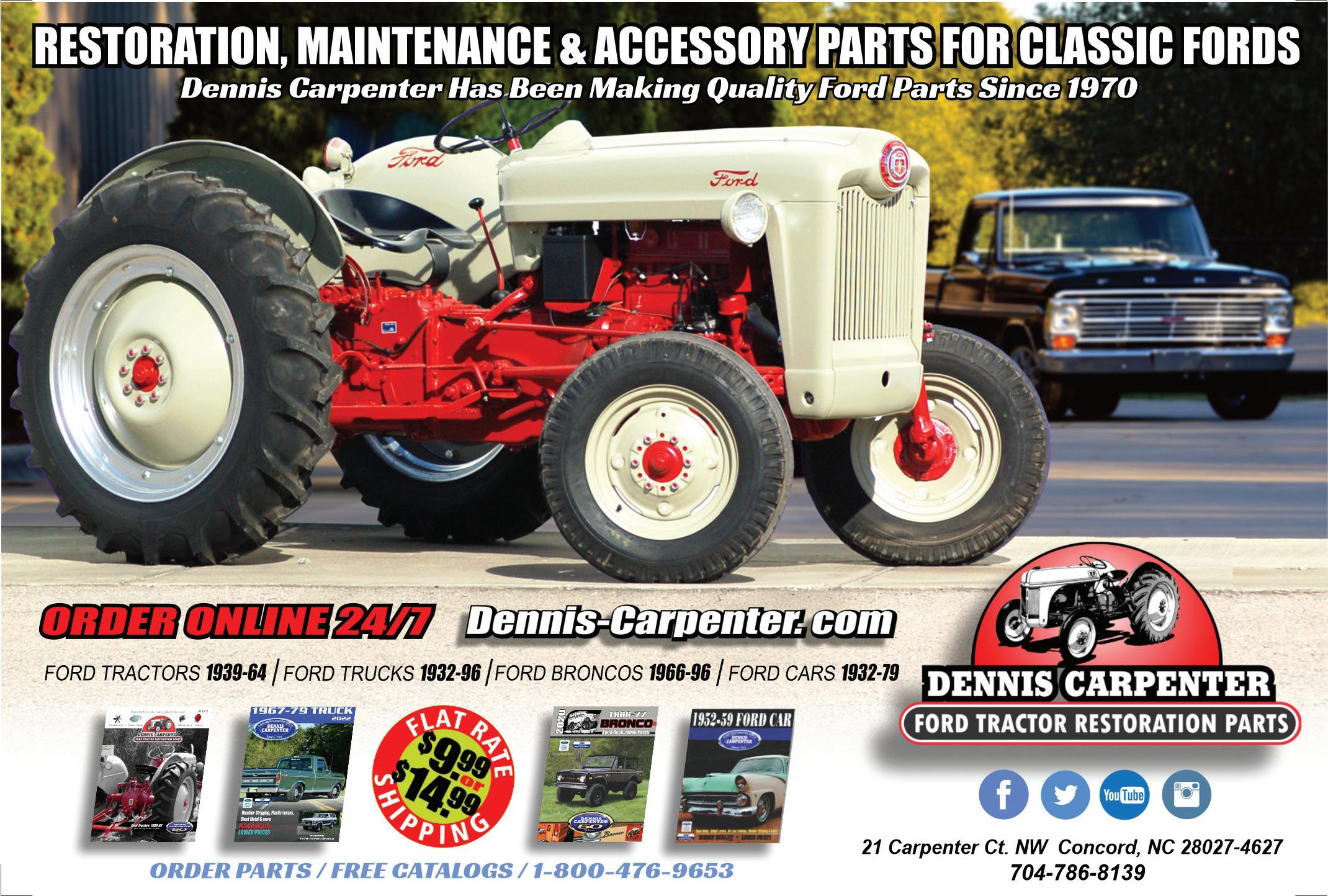
We now own & produce the steel stamped mufflers formerly made by Minzel & Elroy of MN!
Wico EK, AH, H1, H4, F4, F6
Coils, points, condensers, Service & Much More.
We also supply parts for many other brands.
GASKETS: postage paid
All gaskets are made in OUR shop, hi quality!
International LA/LB 1.5-2.5hp $31 & 3-5hp $33
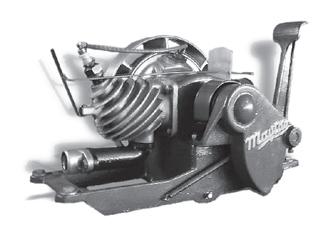
International M 1.5-3hp spark plug & igniter $31
Maytag 92 Single & 72 Twin (Not paper gaskets) $14
Maytag Upright & 82 $14
Briggs 5’s/6’s $18
Briggs FH/FI $14
Briggs Model B $20
Briggs WM/WMB/WI $19
Fairbanks ZD $25
Lauson (Some gaskets, call)
Johnson Iron Horse 400 & 500 $19
Maytag 92/72 ball muffler on hose $48
Maytag Upright muffler $37
Maytag LeClair for 72 $55
John Deere 1.5HP $69
ENGINE MUFFLERS: postage paid
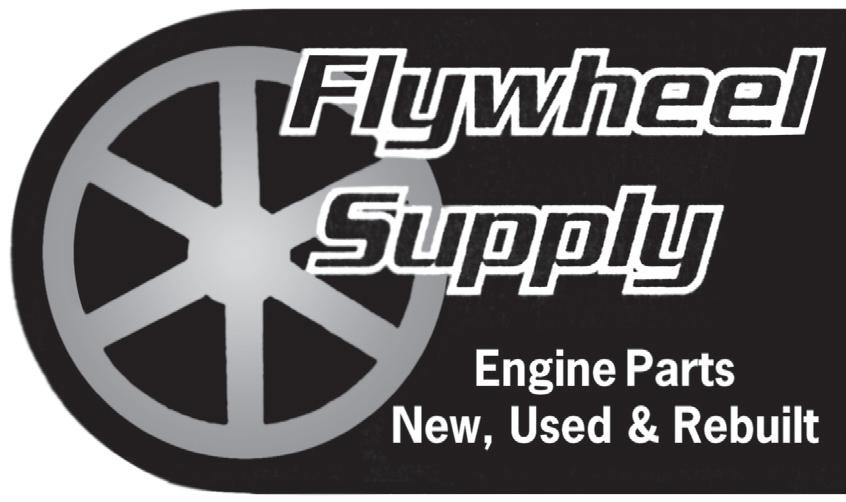
All sizes in stock and ship same day!
Custom sizes available, call.
MP=male pipe thread
FP=female pipe thread
International LA/LB 1.5-2.5hp 3/4”MP $25
International LA/LB 3-5hp 1”MP $27
Fairbanks-Morse 1.5hp 1”MP $46
Fairbanks-Morse 3hp 1.5”MP $51
Fairbanks-Morse 6hp 2”MP $61
Fairbanks-Morse Headless 1.25”MP $44
Universal Round Ball
5 inch ball 3/4” or 1” FP $44
10 inch ball 1.25”, 1.5”, 2” FP $65
Stover / Round ball
6 inch ball 3/4” or 1” MP $45
7 inch ball 1”, 1.25”, 1.5” MP $52
Cone / like associated
5.75 inch cone 1”,1.25” MP $54
7 inch cone 1.25”,1.5” MP $55
5.75 inch cone w/ round front 3/4”, 1” MP $48
FREE CATALOG OF 2,000+ PRODUCTS
GENERAL:
Spark plugs, wire & ends & related
10x26 roll gasket material $15
Higher temp MP15 material 3 pcs $24
Books, Manuals Piston rings
Brass oilers & parts
Brass Pet Cocks & Brass Fittings, many sizes and styles
Red Kote Gas Tank Sealer Alcohol proof Postage paid $60
Call with questions on any item. Accepting major credit cards, credit card orders ship same day! Please call before mailing any payment. International orders welcome, shipping extra.
Check our eBay store for lots of pictures & 24/7 online ordering.






The genius of pioneer inventors can confound us. Countless contraptions that revolutionized farming in the 19th and early 20th centuries have become contemporary curiosities, or even mysteries. Here are six sent in by readers. Do you know what they are?
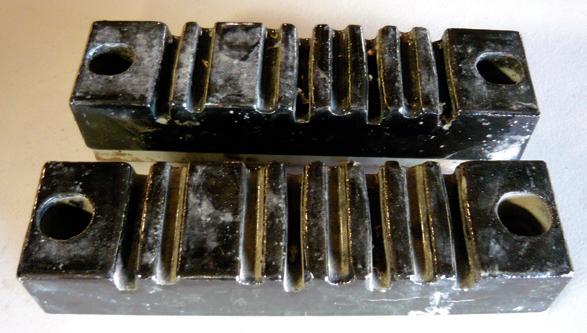
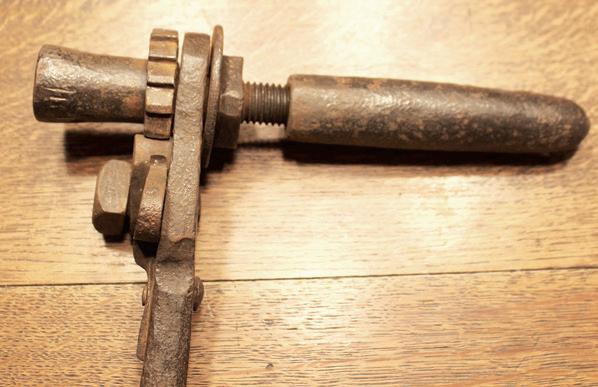


Answers to the October 2023 items will appear in the December 2023 issue. Answers for new items in this issue must be received by Oct. 11, 2023.




A. Tool measures about 19 inches long.



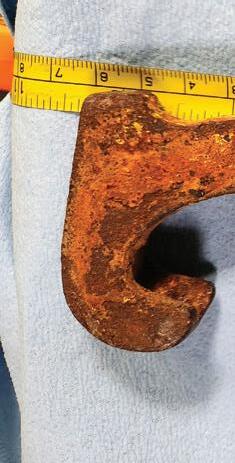
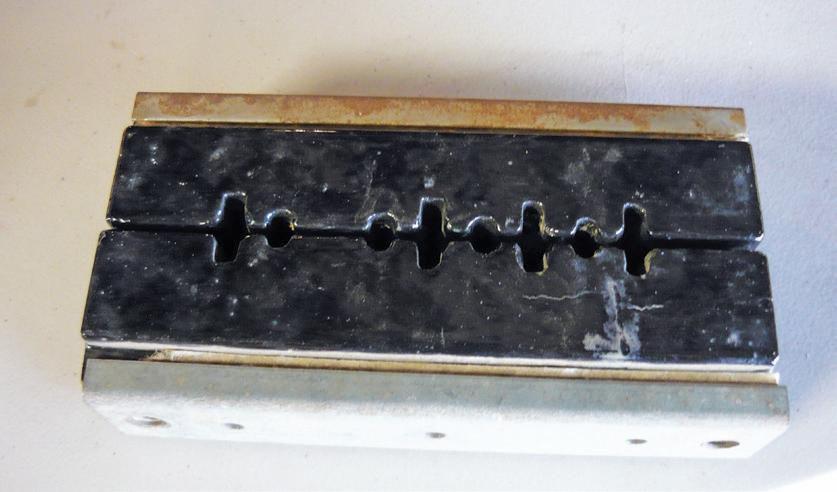
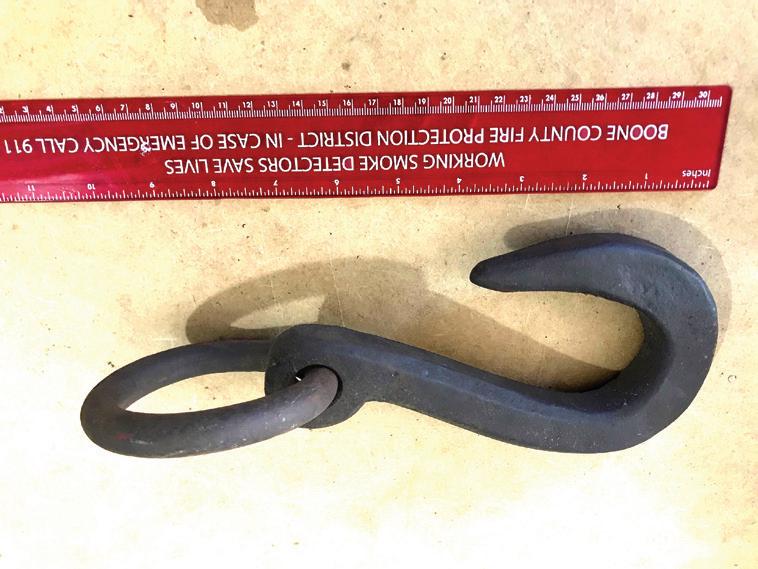
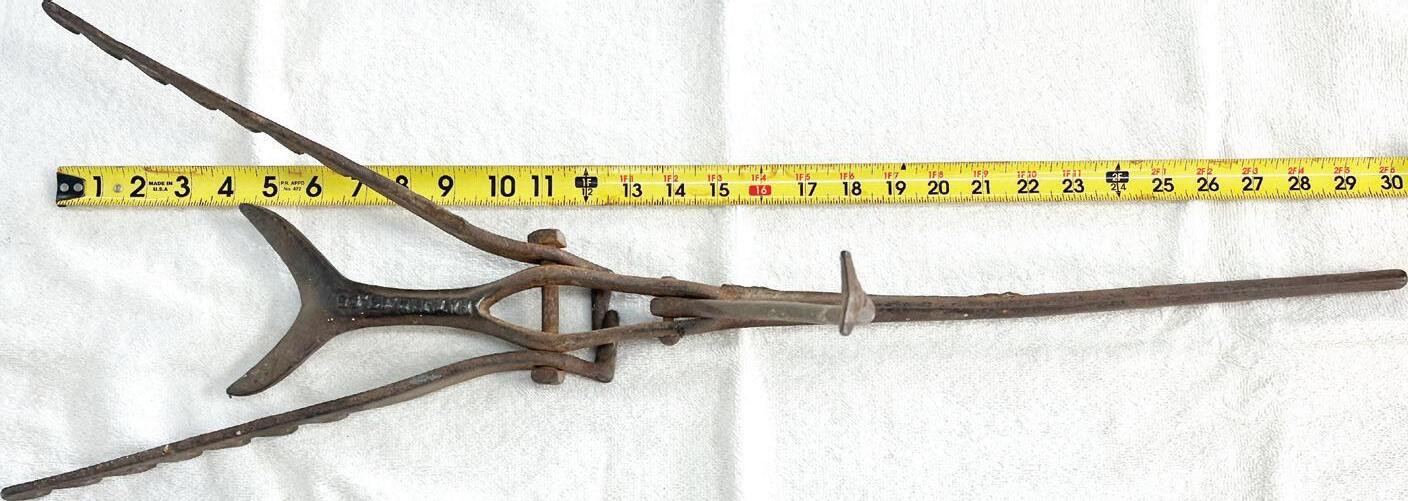
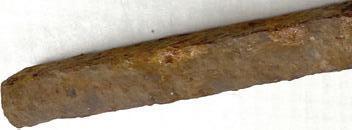




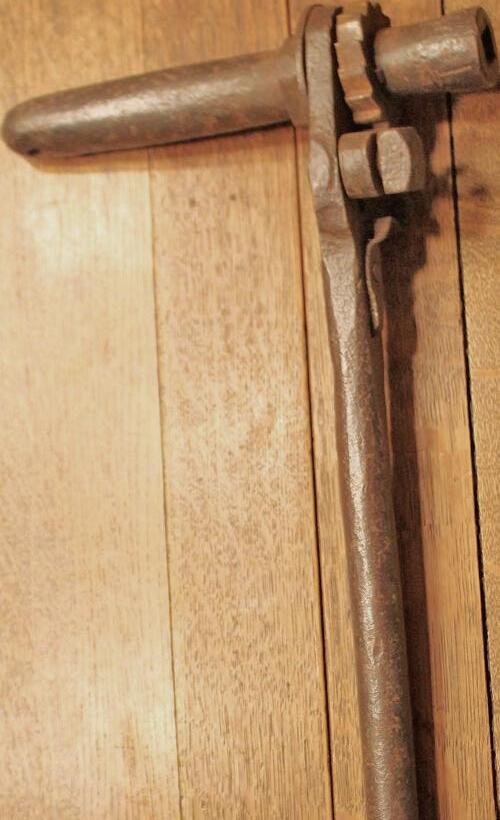








B. Multi-wire cleat is made of a metal exterior and Bakelitetype material on the interior. Without metal sleeve, each unit weighs 27 oz. and measures about 2 by 8 inches. Metal braces lined with thick paper sleeves. A No. 2 pencil fits perfectly into each round opening.
C. Tool measures 30 inches tall and 8 inches at widest point. Patent date: Jan. 15, 95. Pivots in two different places.

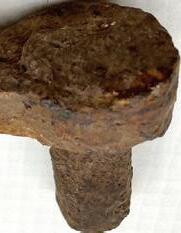


D. All-steel tool measures 12 inches long with spring action lever; four adjustable punches or markers.
E. No description provided.
F. No description provided.
To submit photos: Send prints to Farm Collector, 1503 SW 42nd St., Topeka, KS 66609. Send digital images to editor@farmcollector.com
Photos should be taken in a well-lit area against a plain background. Include dimensions and any markings on the piece. We cannot guarantee every photo will be published, nor can we respond to inquiries regarding when photos will be published. No photos will be returned.
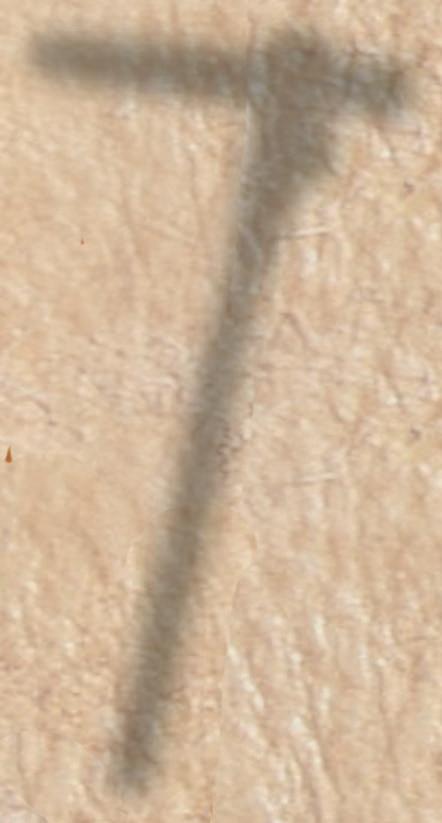
Digital photos should be sent as .jpgs at a minimum of 300 dpi. To identify an item: Send answers (with your name and address) to Farm Collector, 1503 SW 42nd St., Topeka, KS 66609. Email responses may be sent to editor@farmcollector.com








Answers for new items shown in this issue must be received by Oct. 11, 2023.












B. Wrench used to remove or install spike teeth in a threshing machine cylinder. The other end could be used to straighten teeth. Identified by P.T. Rathbone, Marsing, Idaho.
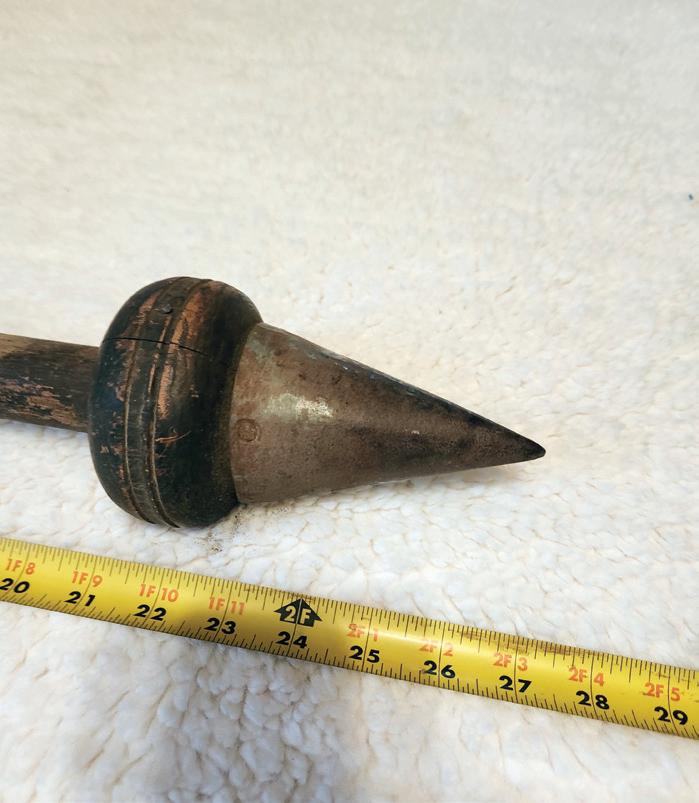
A. Spanner wrench used to connect and disconnect fire hoses. Identified by Johnny Linton, Westminster, Md.; Marvin Murray, Cheraw, S.C.; Don Snyder, Decatur, Ill.; Jack Running, Eau Clair, Wis.; Greg Harrell, Sedalia, Mo.; Craig Biniker, Perrysburg, Ohio; Don Snyder, Decatur, Ill.; Clark Colby, North Huntingdon, Pa.; Stan Wegner, Park City, Mont.; and Ray Stephan, Peosta, Iowa.




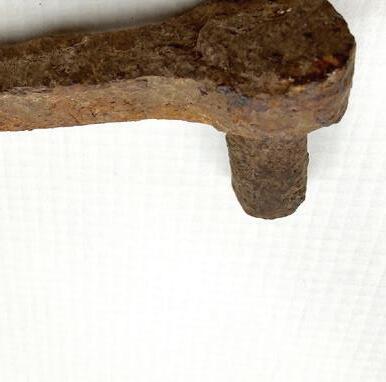
“This is a Peoria Model 320 combination fire-hose coupling wrench and natural gas supply-valve shut-off wrench,” Clark says. “As you could imagine, this would have been a very popular tool with all fire departments. This one has an ‘S’ cast in it for a specific retail customer. In this case, I’m confident that customer was the Seagrave Fire Apparatus Co., Columbus, Ohio. Most fire apparatus builders sold a line of associated tools and accessories, often made under contract by various suppliers such as Elkhart Brass or Akron Brass [in Wooster, Ohio].”
“It has a number of uses but mainly to grab the lugs on a fire hose coupling to tighten the connection,” Jack says. “It also has a pry-type end with a slot used to shut off a gas main. This particular one appears to have a hinge in the middle so it can be folded to fit in a pocket.”
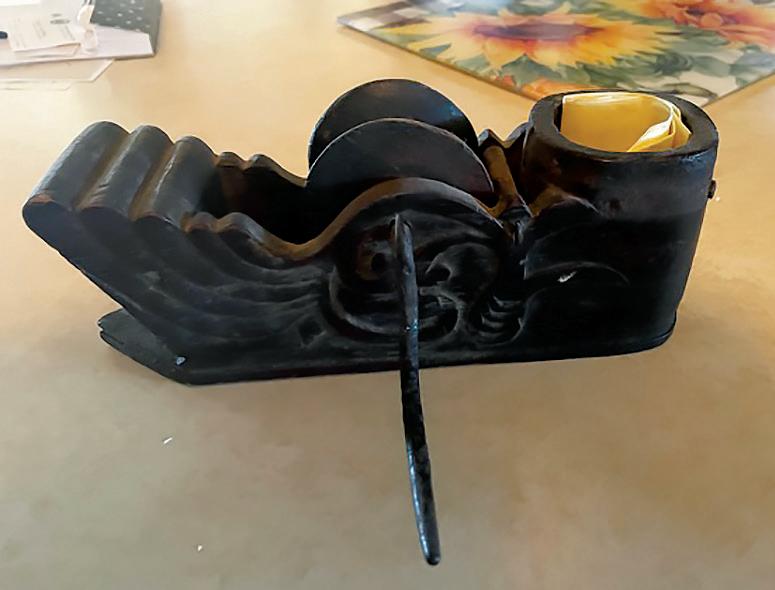
“I spent 45 years as a career firefighter and these are still part of the requirements to be carried on apparatus for certification today,” Greg says. “The old ones, like the one pictured, are made of steel, but since the 1970s most are aluminum and carried in a bracket on the rig. Many firefighters carry one on their coat so it is always handy.”
Photo submitted by Dale Harter,

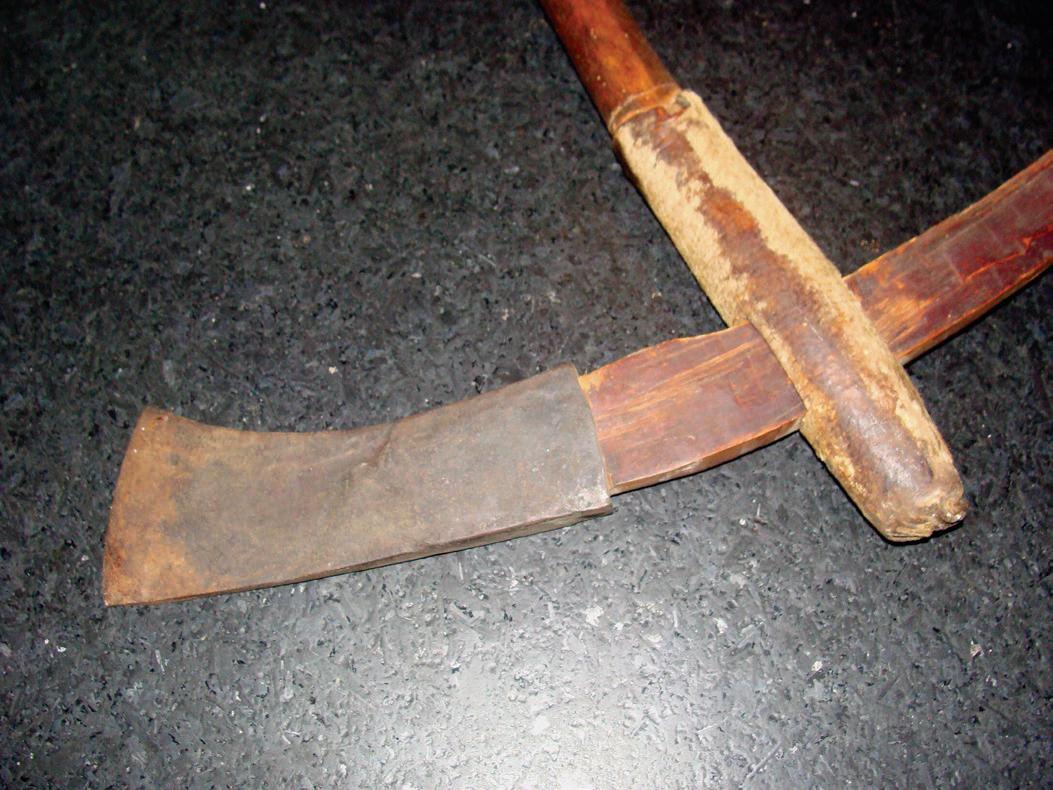
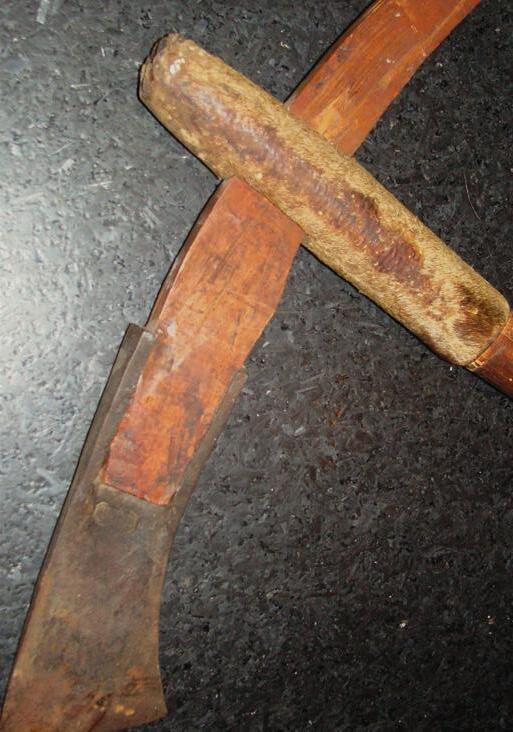
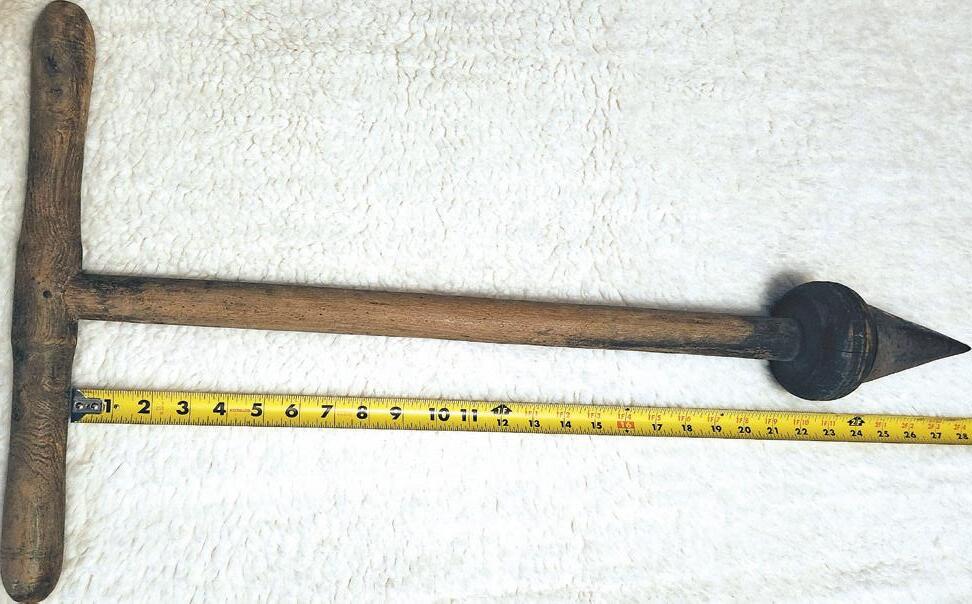
C. Quick connect hooks to use with lengths of small rope. Good for leading animals or carrying or pulling objects.
Photo submitted by Tim Rowe, Churchville, N.Y.
F. No positive identification. Possibly a gardener’s dibble used in planting seed or very small plants. Photo submitted by Danny Lanphier, Reasnor, Iowa.

Item D from the June 2023 issue: Johnathan Kelley, Connellsville, Pa., believes this to be a leather rougher used by saddle makers to roughen up


Item A from the April 2023 issue: Bill McAuleuy, curator of the Francestown (N.H.) Heritage Museum, agrees with Mike Intlekofer’s identification of this as a Japanese ink snap-line tool,


















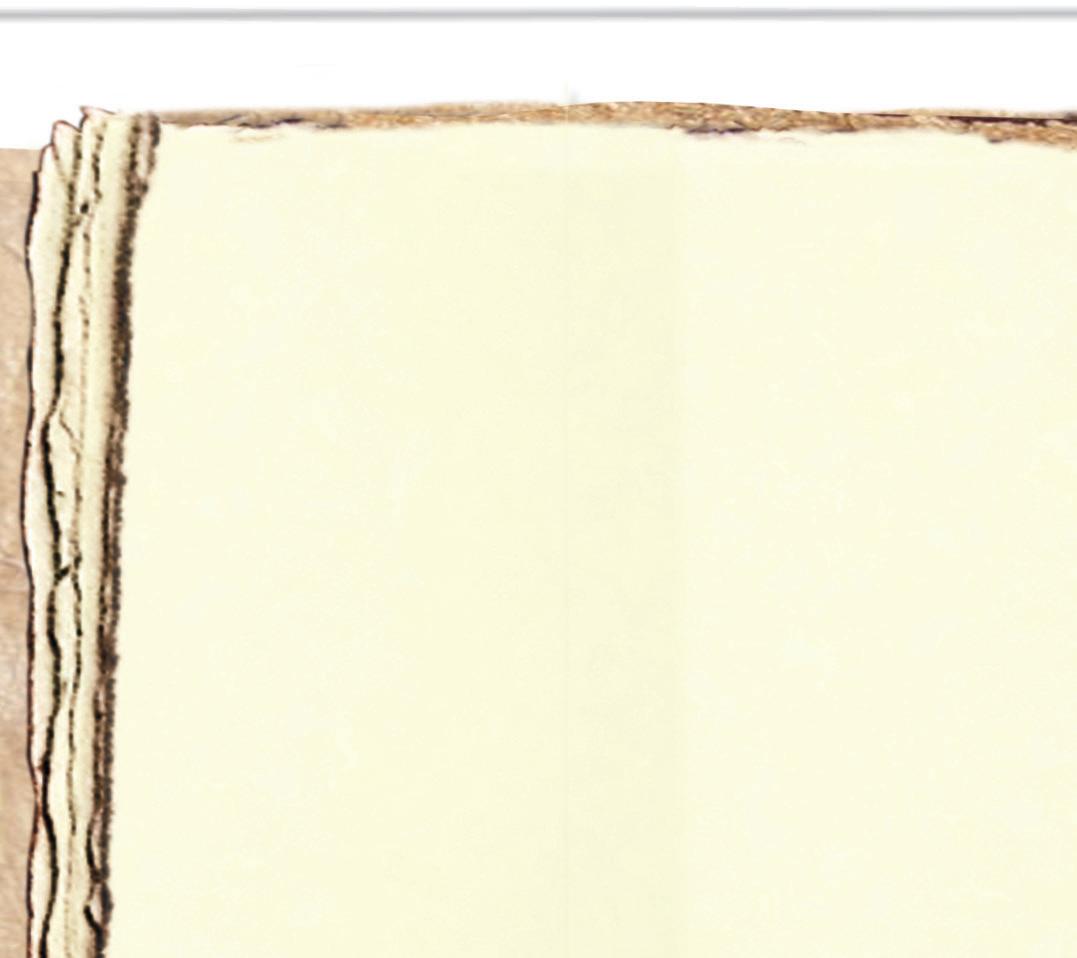





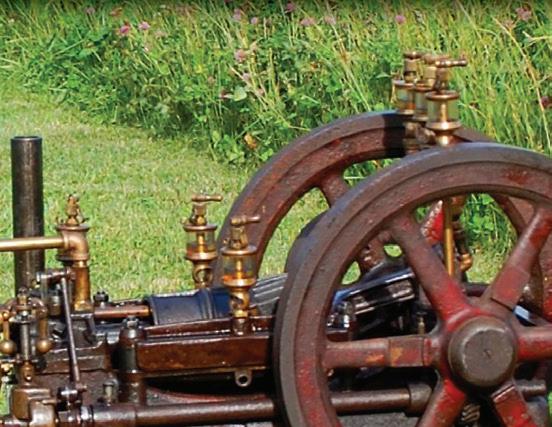


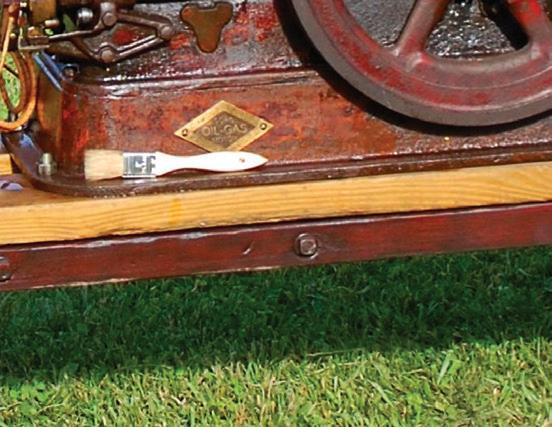

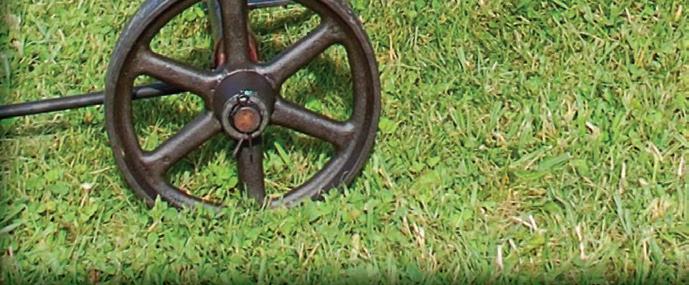

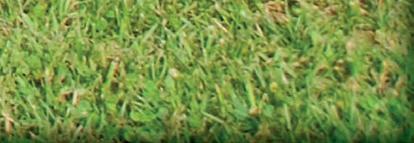







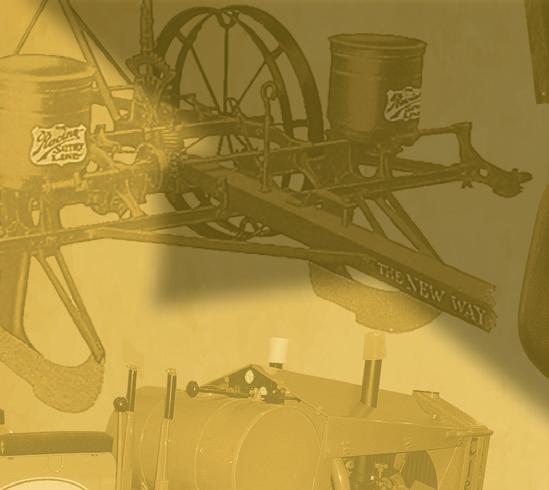



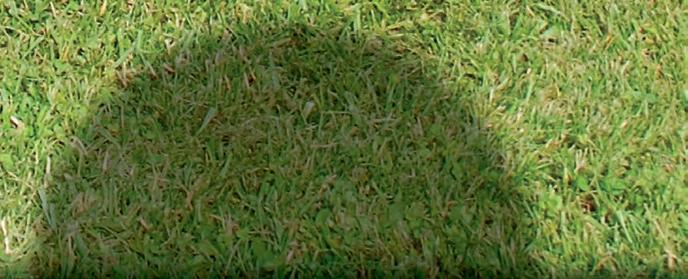







 Sam Moore
Sam Moore
Yournew binder was made where?!?”
If, during the first half of the 20th century, a farmer in Ohio, Pennsylvania or New York showed his neighbor the shiny new green-and-red grain binder he’d just bought in Minnesota, the incredulous neighbor may well have asked just that question. It wouldn’t, however, have been such a source of astonishment in Minnesota, the eastern Dakotas, northern Iowa or western Wisconsin, where the Minnesota line of farm machinery and twine was common, and everyone knew the stuff was made at the state prison in Stillwater by convict labor.
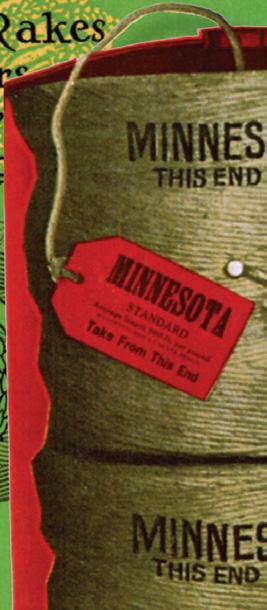

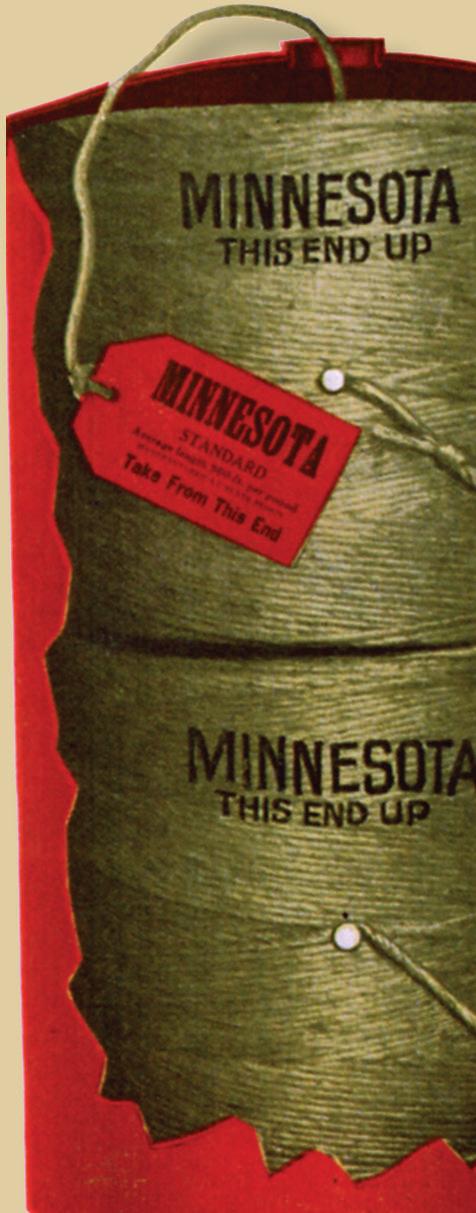
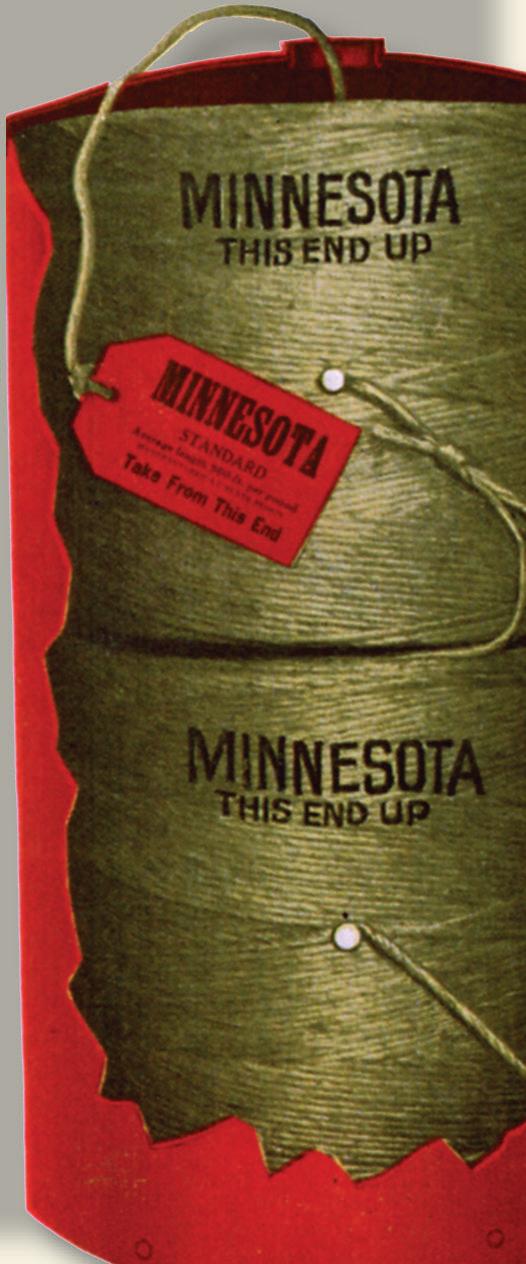



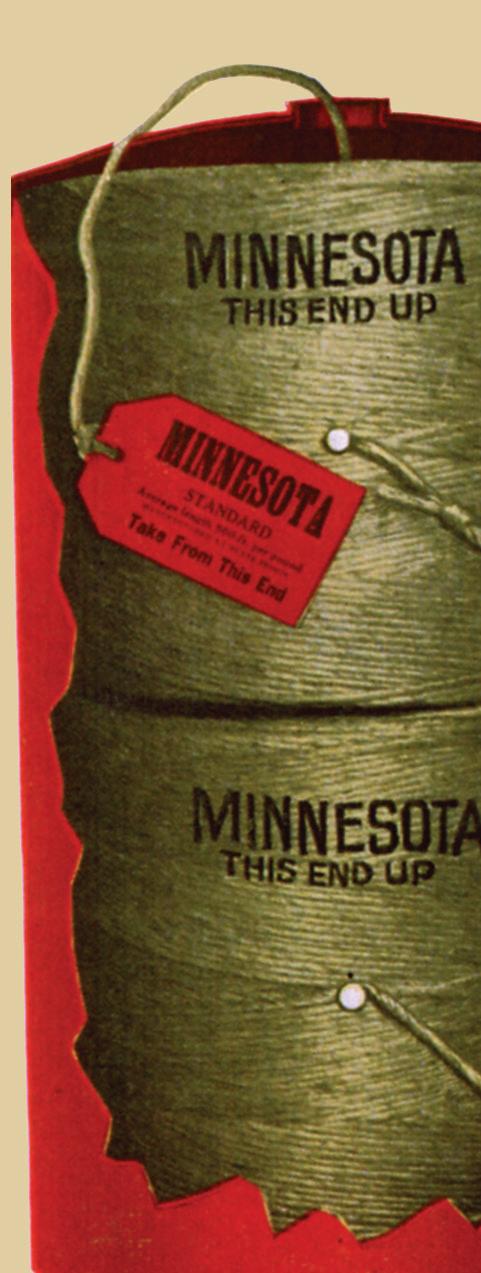







In the early 1850s, when Minnesota was still a U.S. territory, Congress appropriated $20,000 to build a prison at Stillwater, a town on the west bank of the St. Croix River which, at that point, forms the boundary between Minnesota and Wisconsin. Minnesota became a state in 1858, and the Stillwater Territorial Prison became a state institution.
The original prison complex included two shop buildings, but with the exception of twine, it’s unclear what products were originally made in them. In 1874, a law was passed allowing prisoners to earn income from their labor. A news blurb reported a record 1 million pounds of twine was produced in the state prison twine factory in 1892. During the late 1800s, the labor of many inmates was leased to various industries, including the Minnesota Thresher Co. of Stillwater.
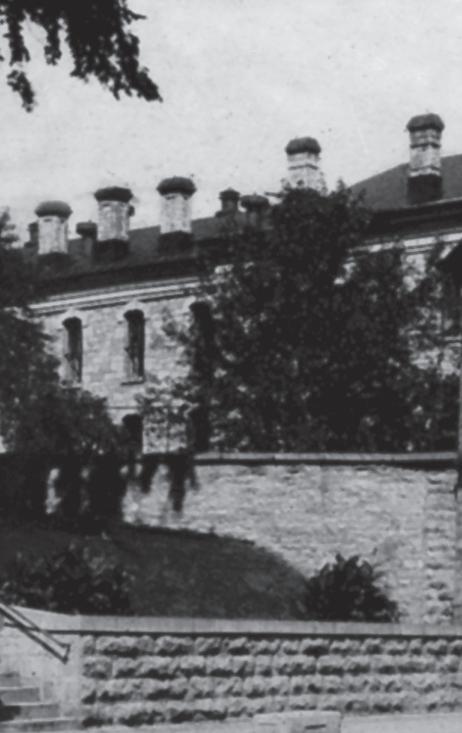
The prisoners were kept busy, received valuable training and experience and even earned a little income, the article noted, which afforded “a proper incentive to strict application to duty and more and better results all the time.” In addition, “the products of this labor [were] distributed for the benefit of the people of [Minnesota], and also for the benefit of the taxpayers thereof.”
By 1900, the old prison facilities were deemed inadequate. One account describes the cell blocks: “The windows were small and narrow and the light and air poor, thus endangering the health of the prisoners, sapping their energies unnecessarily and decreasing their manual efficiency.” In other words, they couldn’t work as long or as hard because of poor living conditions. In about 1907, construction began on a new prison approximately 2-1/2 miles south of the original site. The facility was completed in 1914 and was said to be “one of the best and most modern prisons in the U.S., if not in the world.”
In 1907, the legislature authorized the Stillwater prison to make grain binders, hay mowers and dump rakes in addition to twine. A 1909 bill prohibited all contract labor by inmates, and thereafter more emphasis was placed on the manufacture of farm machinery and binder twine. Hay loaders and cultivators were added in 1927. Eventually, side-delivery rakes and manure spreaders became part of the Minnesota line as well.
Above: The cover of a 1933 Minnesota farm machinery catalog. Right: Minnesota binder twine.A 1937 account pointed out “the inmates employed [in machinery manufacture] receive a training in trades such as moulders, core makers, wood workers, machinists, painters etc., that will enable them, when released, to find employment as skilled artisans in other industries.”
Minnesota authorities believed they had “solved the convict labor problem on a more broad-gauged and humanitarian basis ... than any other state in the union.” The binder twine and selected farm implements made by inmates weren’t manufactured elsewhere in the state, thus avoiding direct competition with local laborers and for-profit manufacturers. It’s not recorded how International Harvester felt about the arrangement, as prison products were in direct competition with the binders, mowers and twine made by IH in nearby Chicago.
The binders, hay rakes, loaders and mowers, cultivators, binder twine and rope produced at the prison were said to be “equal to the best on the market, [and] in great demand,” and were sold





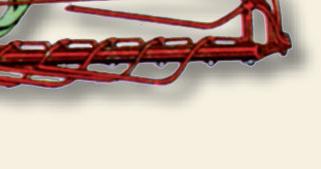



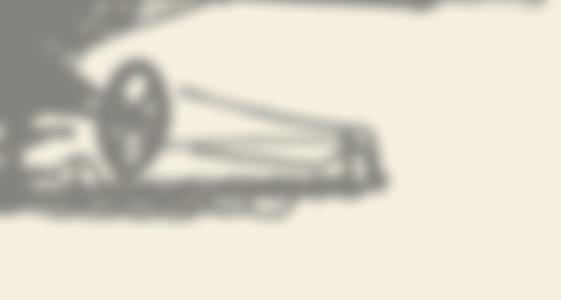





through a statewide network of dealers to Minnesota farmers.
The twine factory at the new prison was a 360-by-86-feet, three-story masonry building with 500 spindles and related machinery. The raw sisal and Manila hemp fiber was delivered to the prison by rail in 400-pound bales. The bales were opened and kinks shaken out of the long strands by hand before being sent through a series of breakers. These machines combed, straightened, softened and oiled the fibers ahead of the spinners. The spinners twisted fiber into twine and wound it on large spools. The spools then went to the balling machines, where finished 8-pound balls of binder twine were made. In 1937, approximately 600 prisoners made some 25 million pounds of twine.


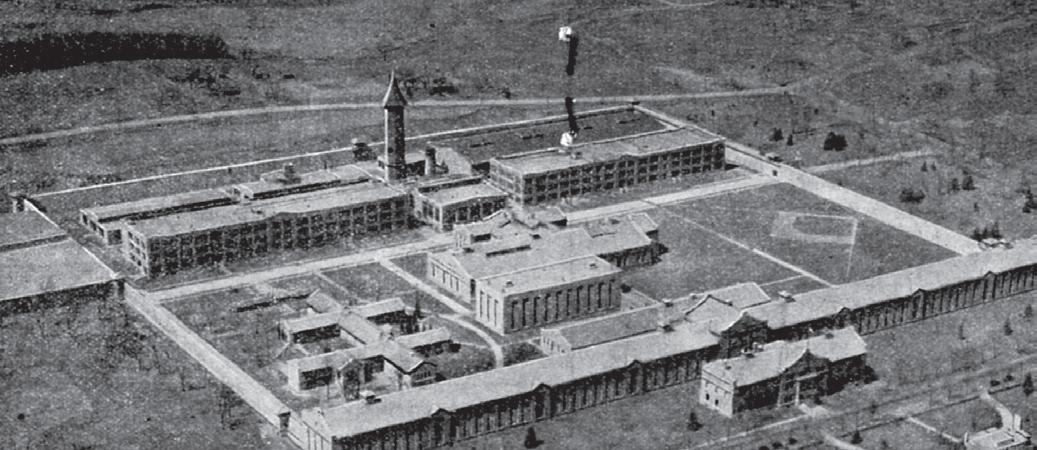
The main farm machinery factory building, which housed the machine and woodworking shops and the assembly department, was the same size as the twine factory. A separate foundry could turn out 20 tons of gray iron castings each day. There was a blacksmith shop and a storage building for steel. The lumberyard and two storage warehouses for finished products were outside the prison walls. In 1937, the maximum annual output of the farm machinery plant was said to be 10,000 machines.
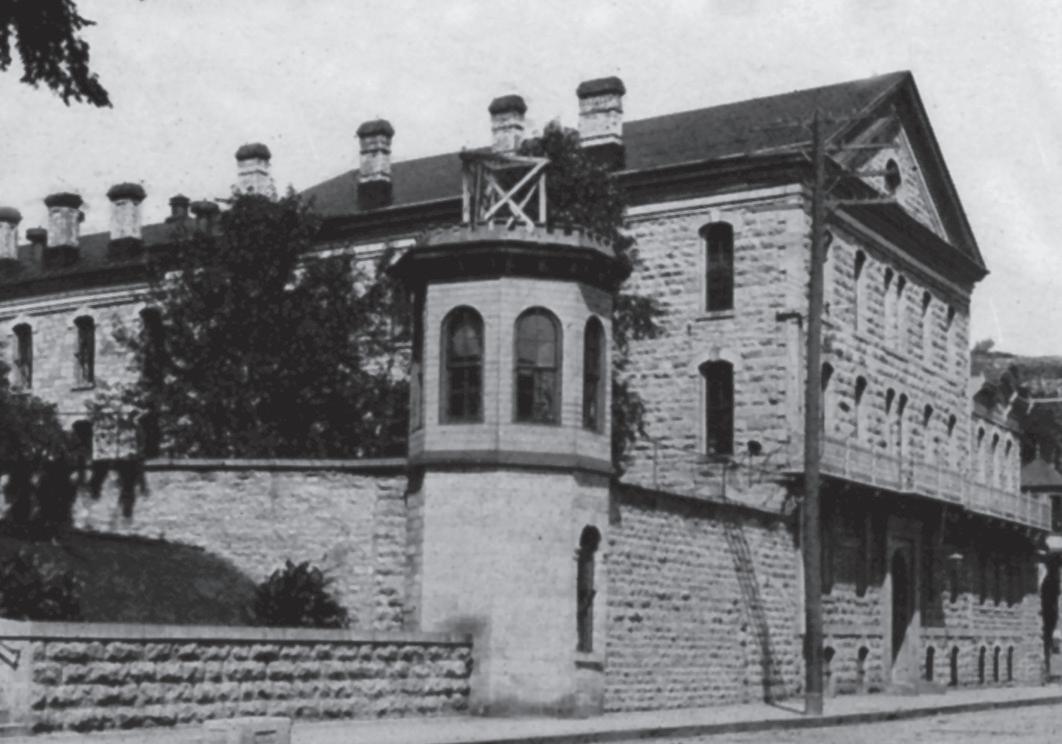
Minnesota implements, rope and twine were apparently popular. A 1937 prison handbook notes: “The prison industries have practically reached their maximum capacity, doing an annual business of over $3,000,000. The profits to Jan. 1, 1937, amounted to over $4,000,000.” It’s unclear what time period this total profit figure covered.
By the 1950s, the machinery line included a PTO-driven grain binder, a tractor semi-mounted mower, a tractor sidedelivery rake, a hay loader and 2-wheeled and 4-wheeled manure spreaders. Baler twine was by then the main cordage product, although binder twine was still being produced.


The twine factory was closed in 1970, due to waning profitability and because it no longer “[provided] marketable vocational training for inmates.”
MINNCOR, a new company integrating and centralizing administration and sales functions of all Minnesota prison industries, was formed in 1994. The only farm equipment still being manufactured at the time were wagons and gravity boxes and those were discontinued in 2006, again because of profitability issues.
Today, the inmates of Minnesota’s prisons make furniture, custodial and correctional products and some transportation items, and provide printing, reupholstering, sewing and laundry services. Like many other once-proud names in farm implements, Minnesota is now just a memory. FC
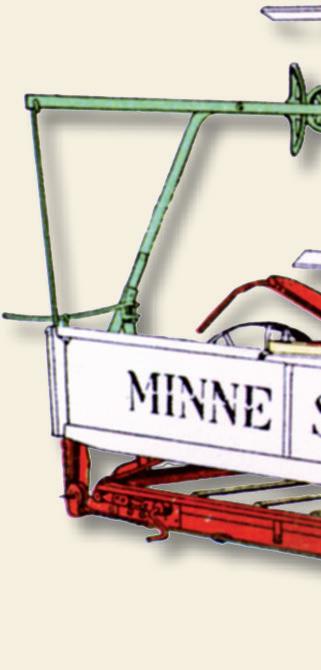
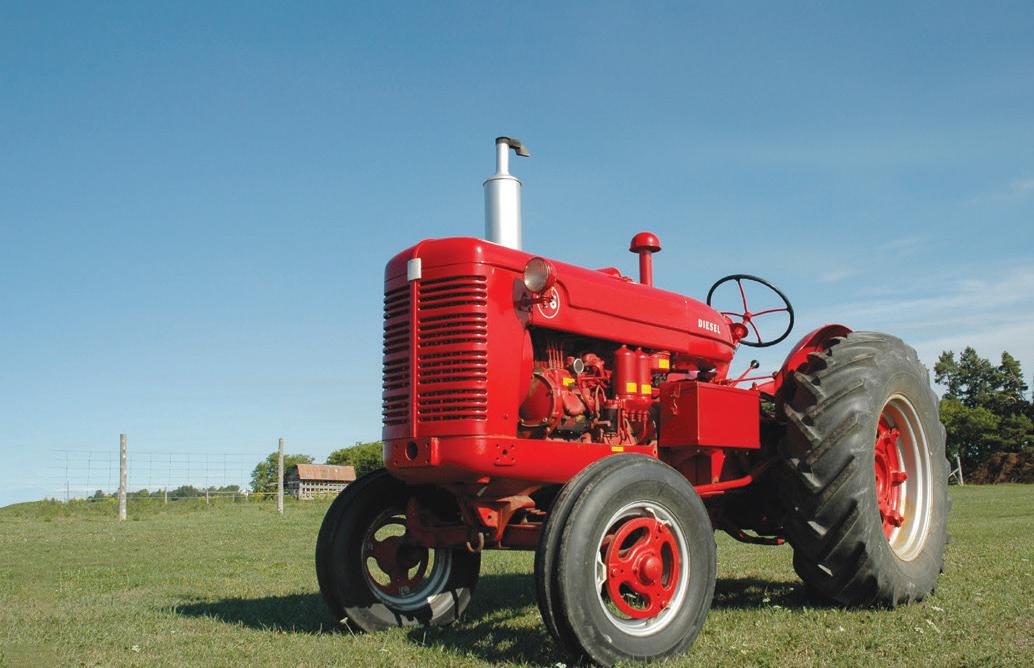


Congratulations...What an incredible job! It is without a doubt one of the most complete, well researched and all encompassing books I’ve ever seen on any antique tractor. Very, very well done! I would highly recommend.
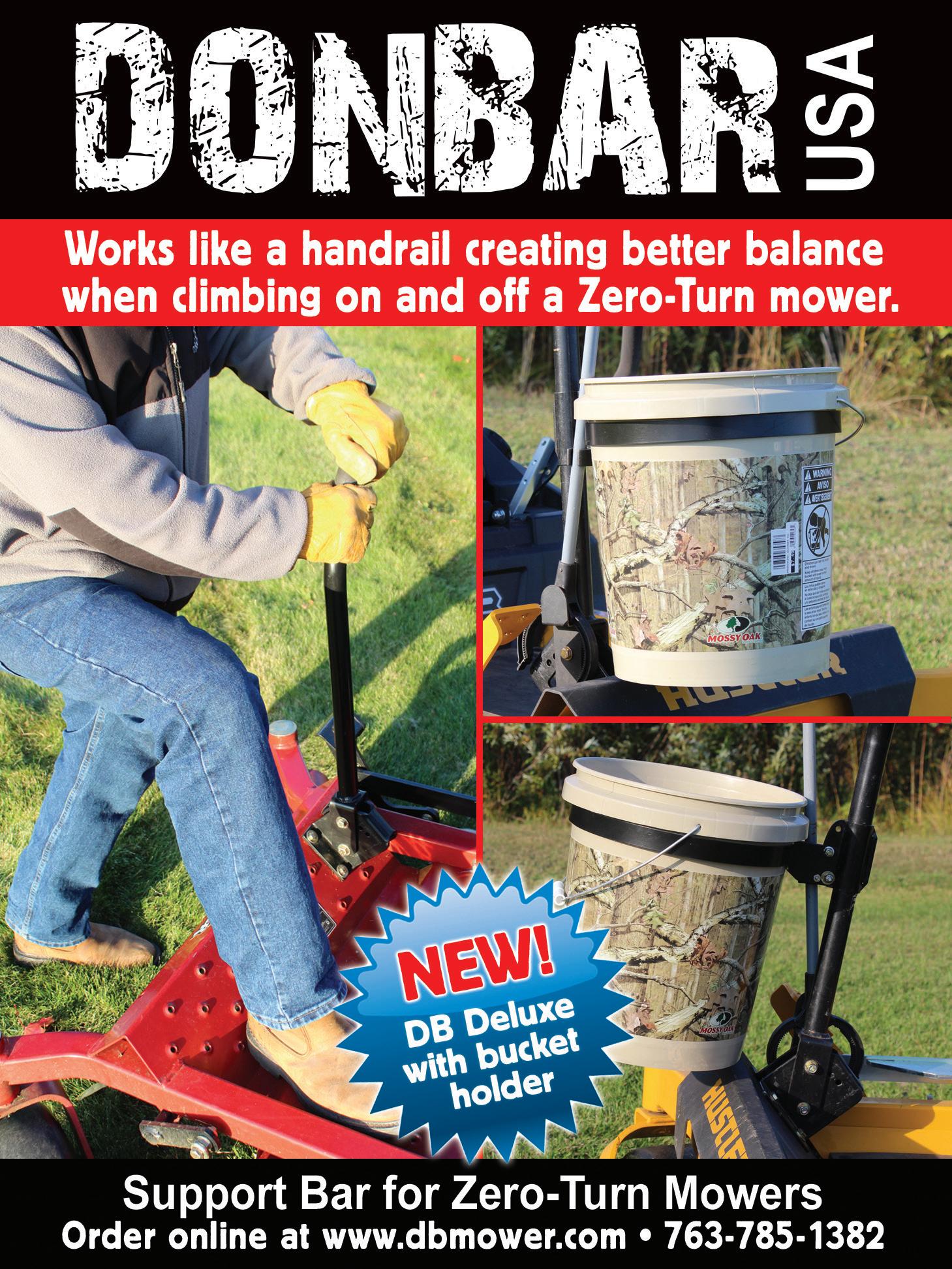 Kurt Aumann Aumann Auctions
Kurt Aumann Aumann Auctions







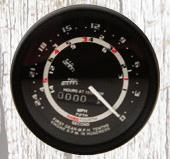
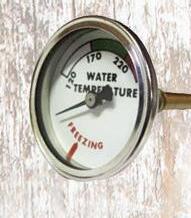
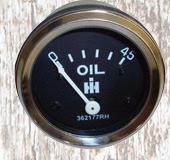

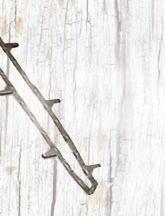












Keller offers a heavily illustrated, impressively researched account…. The final word: The book represents an exemplary model for specific tractor marque histories.
Robert Gabrick Reviewer for Antique Power magazine.
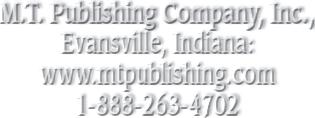






Wow!… a gorgeous book… It looks to be the definitive history of GrahamBradley tractors. It is heartening to see these comprehensive histories in book form.
Rick Mannen Editor, Antique Power magazine
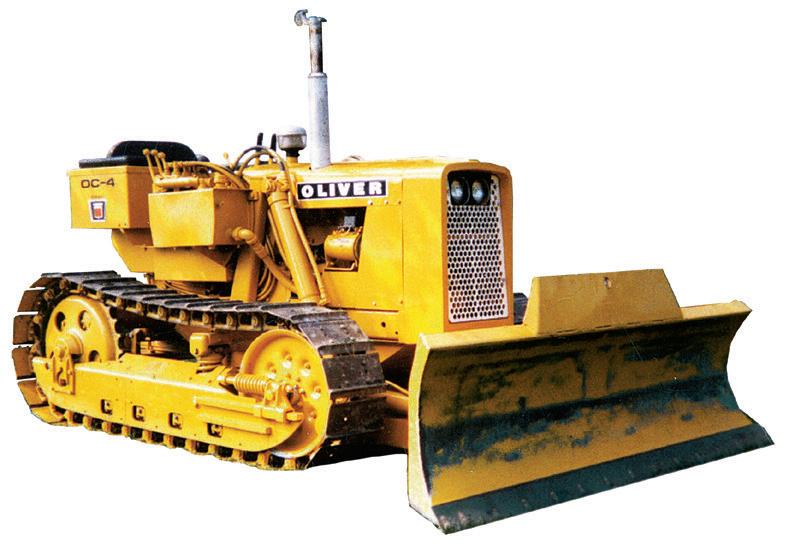






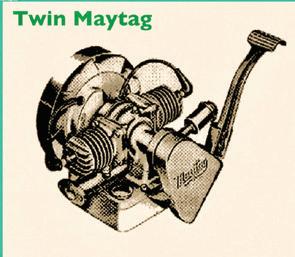

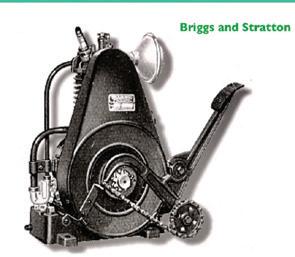







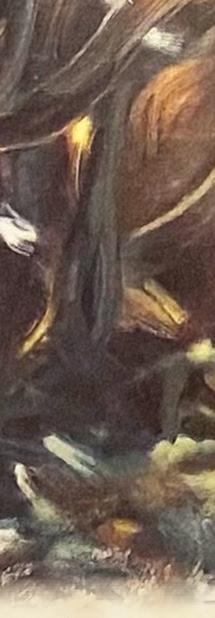









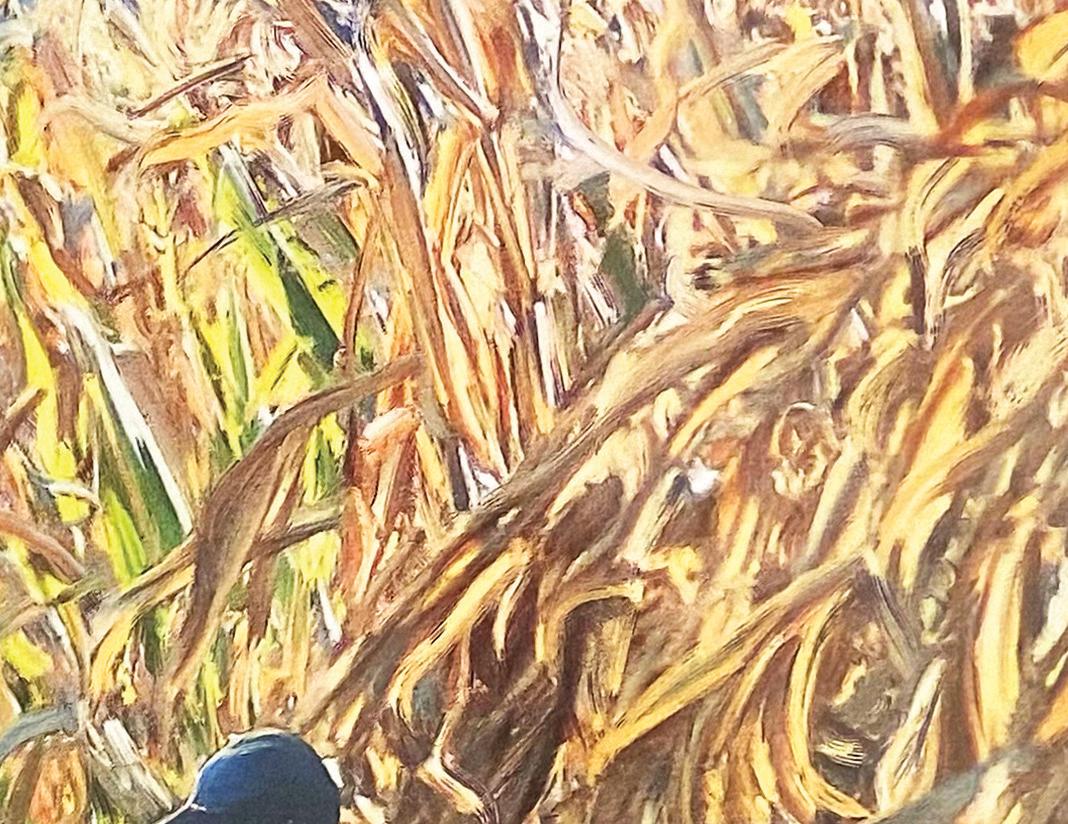 By Don McKinley
By Don McKinley

Our local bird species are beginning to congregate into flocks for migration south, which signals a sure sign that fall is rapidly approaching. It is a time when we harvest mature garden crops planted last spring. School has started. Trees are beginning to undress. It is a time for preparation for the cold winter months.
Cider mills created a wonderfully refreshing beverage, but the bulk of the juice was allowed to turn to vinegar for kitchen use.
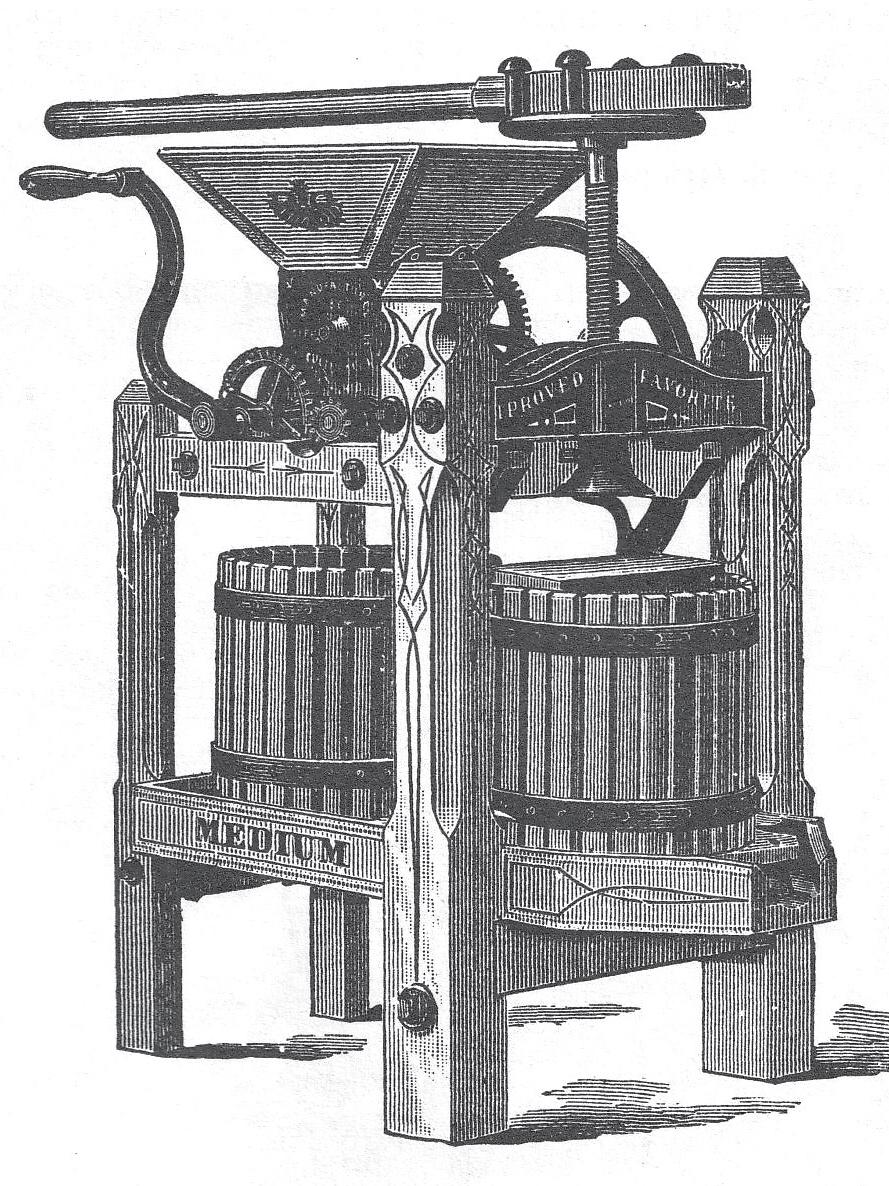


The last cutting of alfalfa is in the haymow. The sickle mower, rakes and hay loader have been cleaned, greased and put away in the shed. Our molasses crop has matured and we will be taking the hand-stripped stalks to the processor soon. He will smash the stalks, collect the juice, boil it down and return our winter’s supply of molasses to us. We always try to glean and store everything possible that is edible, including black walnuts, for use by the family.
Fall apples are rapidly ripening and we will be making cider in the cider press any day now. We use Winesap, Golden Delicious and Rome Beauty apples. My family likes to drink the sweet cider but most of it is stored in the big wooden barrel in the basement. It will eventually turn to vinegar for use in the kitchen. We also store apples for pies, applesauce and eating.
The garden must be closed down and prepared for winter. Irish potatoes need to be dug, cleaned and stored in a slotted crate in the storm cellar. Sweet potatoes will be lifted, washed, dried and stored in wooden barrels in the basement. We find that when we alternate layers of oats and sweet potatoes in the barrels they do not readily rot. Beets will be canned but turnips, parsnips and rutabagas are stored in a large, 4-foot-deep hole dug at the end of the garden.

The root crops will stay fresh for several months when layered with clean straw and covered with a layer of dirt (ground temperature in the hole stays fairly constant). By the way, the extremely small turnip seeds were planted according to the almanac, which suggested “sow your turnips wet or dry on the 26th of July.” We have a wonderful crop this year.
We’ll replenish the wood pile at the back of the house. The crosscut saw and axes are kept sharp. Wood will be cut, split and stored. The kitchen range uses a lot of wood and the large heating stove heats the house. When those winter blizzards envelop us, we depend entirely on those two heating sources to keep us from freezing.
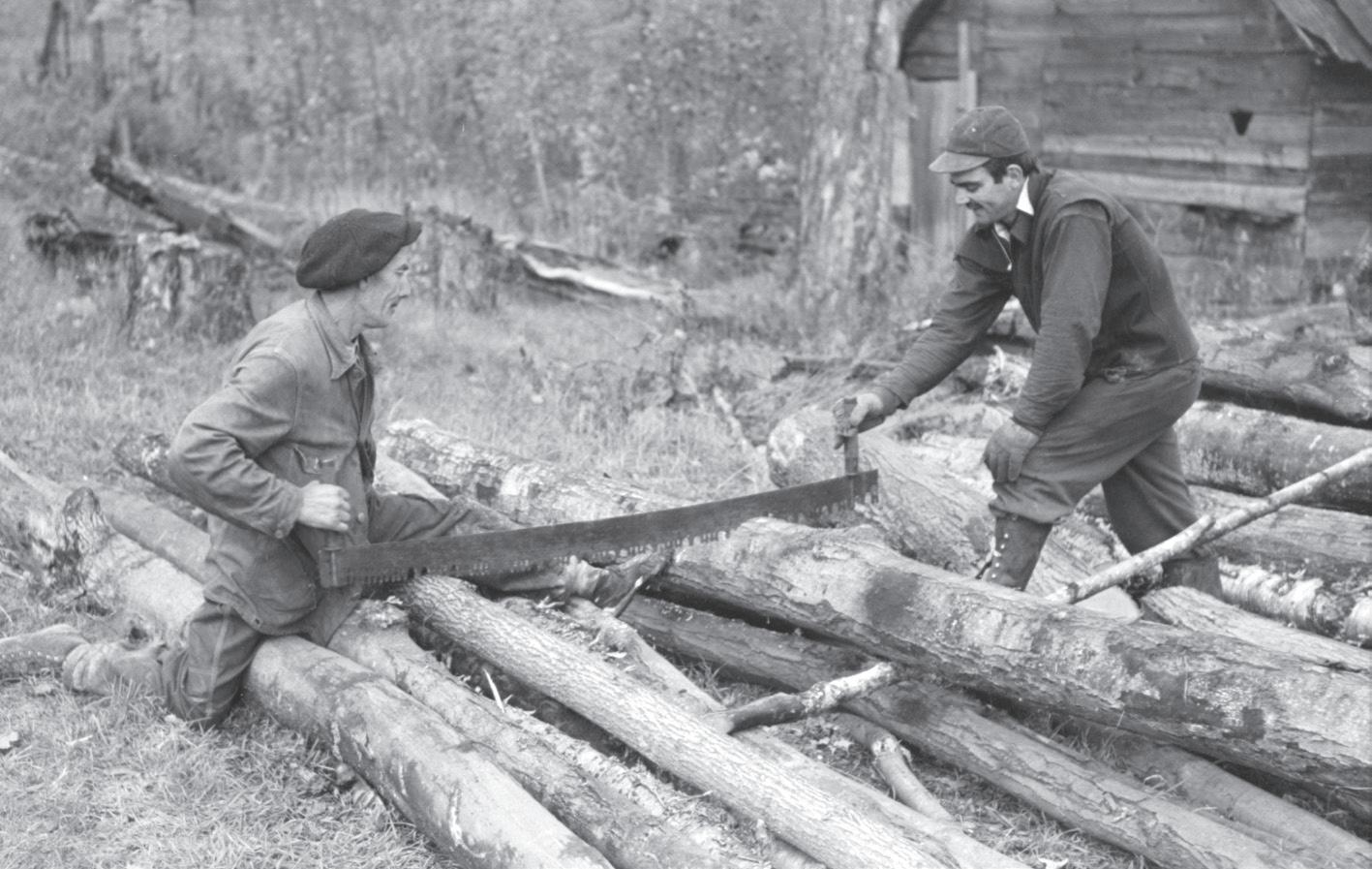
A couple of days each fall are set aside for butchering. Sometimes neighbors bring over their animals and we devote the day to working together to process meat for our winter supply. We butcher several hogs at a time. Hogs are killed, bled and then quickly scalded in the hot water trough. Hair is scraped from each animal and then gambrels are used to hang the carcass so the “insides” can be removed properly.
The women are kept busy on butchering day too. All work together to render lard, prepare and store sausage, and see that various cuts of meat are ready for storage by canning, salting and smoking. Head cheese will be made. Fresh liver and tongue must be consumed before they spoil. By the end of the day, little waste can be found, as most of each carcass is used one way or another. Often portions are taken to friends and neighbors.
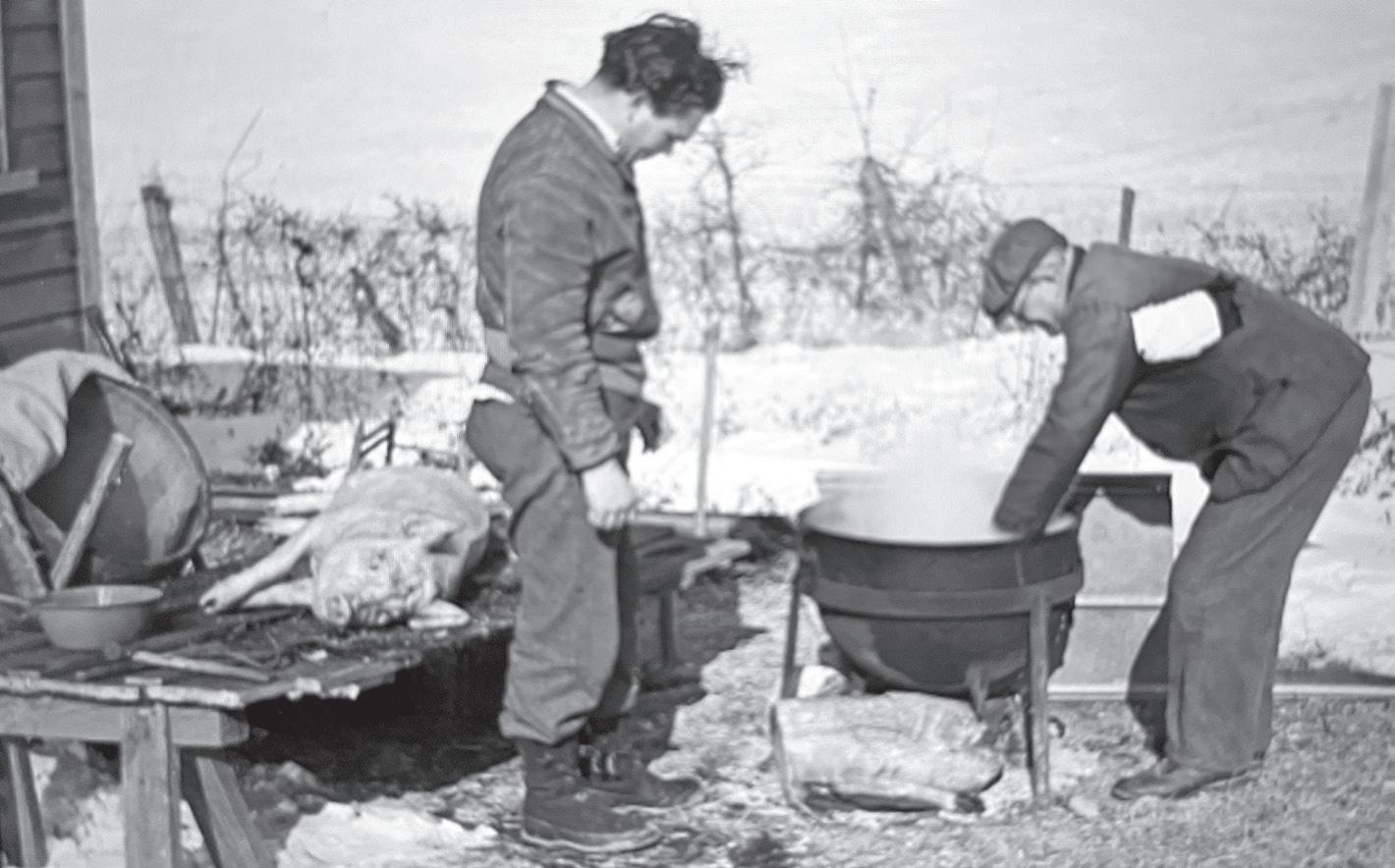
Getting corn harvested is my biggest worry. Enough corn for the livestock will determine whether this farm continues or not. I’ve got to get it out of the field and into the corn crib. It’s a job not easily
accomplished. My procrastination gets in the way, for there are always other things I’d rather do than go to the field.





I must get my feeder cattle on a picked field as soon as possible. They graze on dried stalks and any corn I missed. But before I turn them in, I’m going to put a ring in the nose of one maverick steer and hang a chain from it. He thinks he can go through any fence I have. I’ve spent hours chasing him around the countryside. Enough is enough!
Last spring, I planted between 10,000 and 11,000 kernels of corn on each acre. A high percentage of those kernels grew, produced strong stalks, and eventually developed a healthy ear or two. Fifty acres were planted to corn. A good growing season has produced an excellent

crop. When driving to the field with my team and bangboard-fitted wagon I become overwhelmed with the thought of hand-husking the thousands and thousands of ears that need to be thrown into the wagon. I must eventually drop that terrifying thought and simply get busy ... one ear at a time.



The first day or two is spent shucking two rows of corn at a time and retraining the horses to keep the wagon at my side as I move down the rows. It isn’t long before I don’t need to use the lines or my voice to communicate with the horses. It’s always interesting how they somehow sense when I move along the rows. They know they need to move forward a wagon length before they stop and wait for me to approach them again. I pray that very little lodging has taken place for it’s hard on my back to stoop to husk downed stalks.
Muscles in my hands, wrists and arms are sore for the first few days of picking. I use cotton two-thumbed gloves, my favorite palm hook over my glove,



and completely wear out a pair every few days. My typical day of picking corn begins long before sunup. All livestock must be fed and watered. Horses are brought in from the pasture, fed and harnessed while they eat their breakfast. Cows are milked and the milk processed in the cream separator. I’ll eat a hearty breakfast and fill a jug with water to take to the field. Upon returning to the barn, I’ll hitch the team to the wagon. I try to be in the field as soon as I can see the ears, hopefully before sunup. Some frosty mornings my gloves get wet from frost and my hands get intensely cold and painful.
Each morning is spent throwing ear after ear at the wagon’s bangboard which allows the ear to fall into the wagon. By sunup on a quiet morning, the sounds of corn ears hitting the bangboards of neighbors’ wagons can be heard all around. Harvest is in full swing! With steady picking, my wagon will have 40-50 bushels in it by noon. I’ll drive to the corn crib with my load, let down the scoop board and scoop the corn into a slotted wooden-walled corn crib.
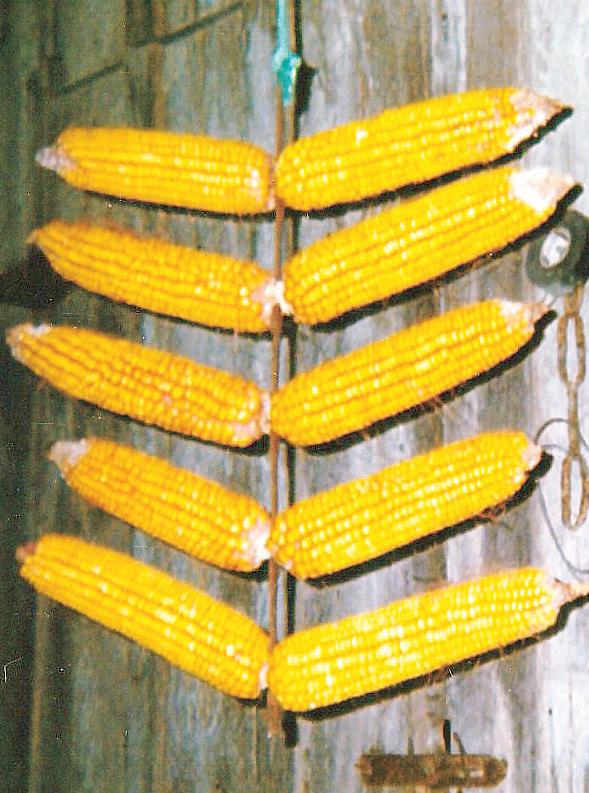


As soon as the wagon is empty, horses will be unhitched and taken to a stock tank for drinks. They are left at the hitching post while I hurry into the house to grab a bit of dinner. If I want to pick another 40+ bushels in the afternoon, I won’t take time to rest but return immediately to the field and begin filling the wagon again. I will take my afternoon load to the corn crib by dark, then see that the horses are unhitched, watered, taken to their stalls, fed and unharnessed.
Evening chores must be done by lantern light and the milk taken to the cream separator. Although night has fallen, I’ll return to the wagon and again scoop my load of corn into the crib. Before going to the house, I’ll turn the horses out to pasture for the night. After finally eating my late supper, I’ll spend an hour going through mail and doing paperwork. I may scan the newspaper and before retiring to bed, we will have Bible reading and prayer. Generally, all family social life ceases until the corn is in the crib.
As I unload each wagon, I’ll continually watch for big, fat, healthy ears. Those ears are laid aside and eventually put on drying racks. Kernels shelled from those ears will be my seed for next spring’s planting. Picking corn is time-consuming and hard work. There is always the pressure of getting it into the crib before winter ice and snows move in. My goal is to be done by Thanksgiving but weather and other necessities sometimes prohibit that from being accomplished.
Picking corn can make me feel isolated and lonely, but in many ways is satisfying and fulfilling. It becomes almost automatic for my body to do its job. However, my brain never stops thinking. It gives me time to prioritize wintertime jobs, to dream, to observe nature and to be grateful. It also gives me time to strengthen my faith in a higher being.
As fall slips into winter, I wonder if the planting, growing and harvesting labors, as well as my livestock decisions, will provide for my family in the coming months. Will I be able to hold on to the farm by paying debts?



Being a farmer is a challenge!


Husking pegs, hooks and gloves were big business in the era when corn was picked by hand. These Invincible brand gloves, featuring a detachable hook, were shown in a 1913 catalog.


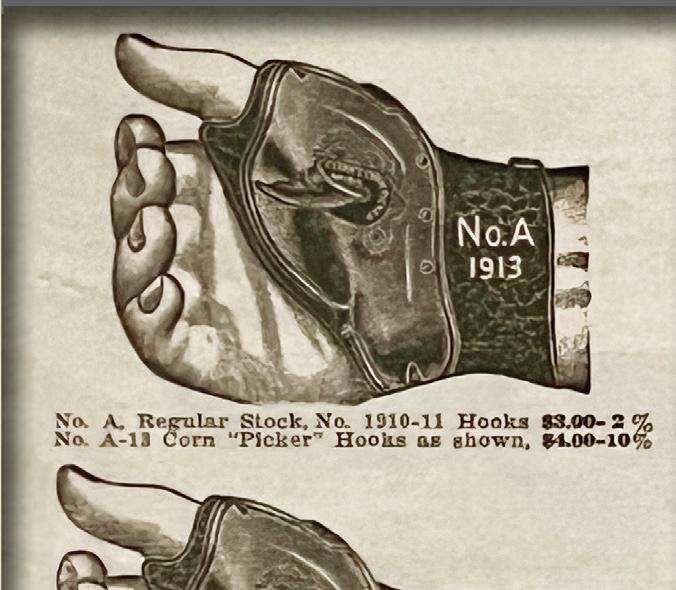

Four Seasons on the Farm continues in the January 2024 issue of Farm Collector

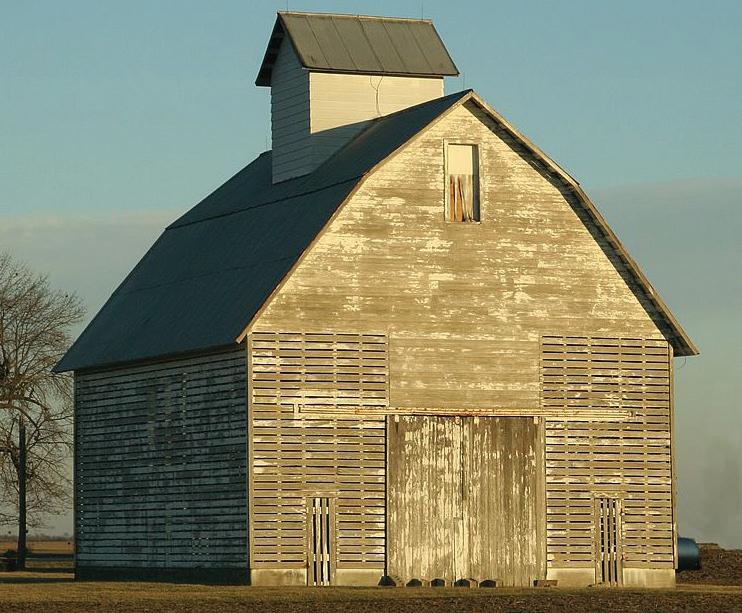


Retired school principal Don McKinley grew up on a farm in southwest Iowa. In writing this series, he gratefully acknowledges the assistance of his daughter Connie Palmer. Don has created a museum of 1930s-vintage farm collectibles at his home in Quincy, Illinois. Contact him at 1336 Boy Scout Rd., Quincy, IL 62305; email: deerroad@adams.net. Visit his Facebook page at 1930s Ag Museum.
THE LIFE OF THE FORGOTTEN AMERICAN FARMER
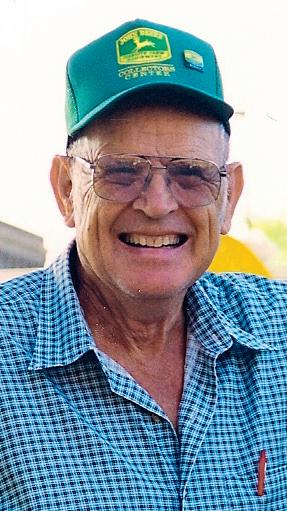
Get the entire collection of America’s Rural Yesterday Volume 1, 2, 3, and the newly published Volume 4. These books feature an array of beautiful photographs taken by famed photographer J.C. Allen & Sons, Inc., perfectly capturing what life was like for those that lived in rural America years ago. With this collection, you will get an exclusive look at life in the field, barn and farmyard, at home and in the town, and the machines that were just beginning to make their way into the farmer’s fleet at the time. This title is available at Store.FarmCollector.com or by calling 866-624-9388. Mention promo code: MFCPANZ5. Item #11938.

Henry Ford would have had a field day at the 2023 Ford/Fordson Collectors Assn. (FFCA) national show held in conjunction with the Southern Indiana Antique Machinery Classic Iron Show in Evansville in June. Showcasing more than 220 tractors and 90 implements, the FFCA display celebrated the heritage of Henry Ford and his one-time business partner, Harry Ferguson.
The display included everything from Vindex toys to chainsaws, pedal tractors to mechanics’ kits, tractors, implements and trucks representing
just about every farm-related product Ford built – including a rare prototype tractor making its debut at the Evansville event.
“There was something weird about it”
When Roger Elwood, Sharon, Connecticut, got a tip on a collection of 25 tractors being offered for sale, he checked it out – but he took only one home: a Ford 8N. “It looked like a normal 8N that had been widened by a previous owner, but the brake pedals were side-by-side,” he says. “Something was just not lined up right.”
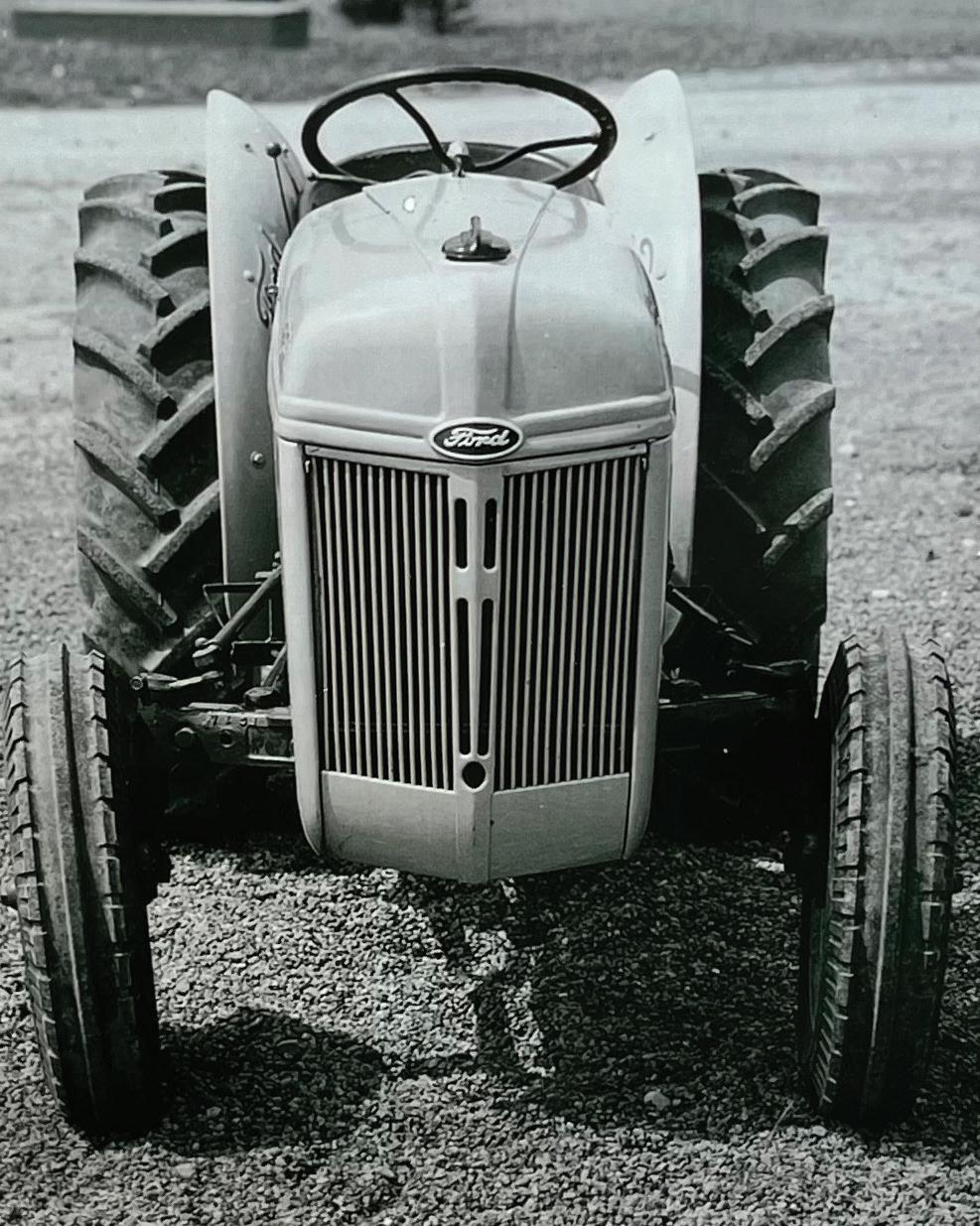

And that wasn’t all. “The three-point arms on the back had been bent in to allow for the narrowing of the tractor,” he adds, “and the fenders had been aligned to be narrower. The steering arms had been brought farther in and the front ones were shorter. I knew there was something weird about it.” But he had no information on the tractor’s back story, other than the fact that it came from a tobacco farm in Connecticut.
Meanwhile, Ford enthusiast Kyle Doty, Highland, Illinois, was sorting through a collection of 200 vintage black-and-white Ford factory photos he’d bought from a Ford engineer. About half of the photos showed new tractors at the Romeo, Michigan, Ford plant in the 1950s and ’60s. Some of the shots looked familiar. “I’ve seen
some of those pictures in literature,” he says. “But some of them were never meant to be seen outside of the Ford organization.”
Two random paths intersected at a Wisconsin show when Roger stopped for a chat with Kyle, who had brought his new trove of Ford photos with him. As Roger leafed through the photos, he paused at one. “I have that tractor,” he says. When he flipped the photo over to see what might be on the back, he saw the words vineyard prototype
No records are known to exist on prototype production figures, but most who viewed the tractor at the FFCA display had no expectation of running into another one anytime soon. “There’s nothing close to this but pictures,” Roger says.



“I’m sure the expectation was that the tractor would be used in a vineyard, but it’s hard to drive; it’s just too narrow, nearly a foot narrower than a standard 8N,” he notes. “But Ford had a lot of money to play with.” Roger’s
protégé, Stone Scasso, Sharon, Connecticut, says the prototype clearly had issues. “The tractor is really hazardous,” Stone says. “It’d rip your leg off without the fenders.”
Safety is of little concern when it comes to a rare tractor. Job number one was a correct restoration of a tractor no one knew existed. “Without Kyle’s photographs, it would have been impossible,” Roger says. “The pictures were a lifesaver. We wouldn’t have known the correct placement of anything. Just figuring out the seat height alone would have been a problem.”
And then there was the matter of motivation. “I probably wouldn’t have restored it if not for Stone bugging me,” Roger admits. The tractor was basically complete when he got it, but it was barely running. “It had been well used,” he says. Roger restored the tractor himself, putting some 500 hours into it before it was completed in 2022. But that’s not the part of the prototype that interests him the most.
“The glory of this hobby is the camaraderie,” he says. “Everybody has a story.”
One of the oldest Fordsons at the show was displayed by Dean Simmons, Fredericktown, Ohio. Built just seven years after Henry Ford launched the line in 1917, Dean’s 1923 Model F was equipped with a Ferguson-Sherman plow built in Evansville.
The oldest piece in his collection,
the Model F signaled the beginning of Dean’s hobby. “I got my father-inlaw’s Ford 8N and when my dad died, I got his Fordson,” Dean says. “Ford is in my blood. I’ve never owned tractors in any other color. And I still farm with Ford tractors. Everybody around me uses John Deere; I’m the lone wolf. My newest tractor is a 1977 Ford 9700. That’s awful to say. But when the computers go down on the newer tractors, the tractor goes down.”
Years ago, at a show in Missouri, Dean met H.R. Shoemaker, a retired Ford service rep from Plattsburg, Missouri. “He had a lot of Ford memora-


bilia that he was starting to sell,” he says. “I bought a pith helmet from him that he was given at the premiere of the Ford 8N in 1947 and the clock he was given when he retired.”
Shoemaker was working for Ford in 1947, when the company started building the Model 8N. “He had all kinds of service bulletins and things you couldn’t get anywhere else,” Dean says. “I thought I knew a lot, but he had so much knowledge. He was really good on the Ford 6000 and Select-O-Speed equipment.”
Charlie Hardesty, Valparaiso, Indiana, started collecting tractors in 1992, but his connection with Ford goes further back. “I’ve been messing with Fords since I was in the fifth grade,” he says. “My dad would not buy a Fordson. He said all they did was break arms.”
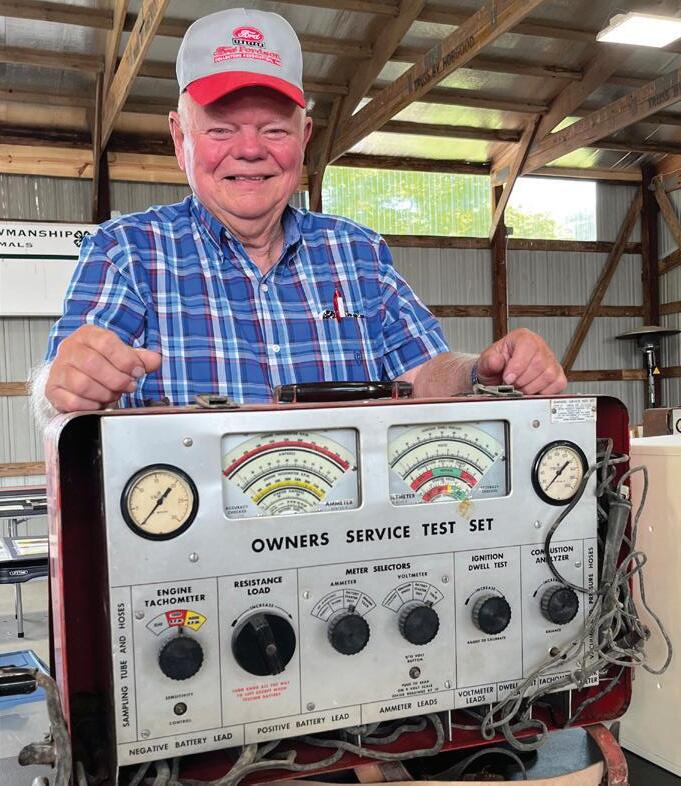

Six years after his dad’s death in
1984, Charlie bought a Fordson. “Fordsons are very cantankerous,” he admits. “They’re very hard to start and they overheated all the time. Compared to today’s tractors, the Fordson was very awkward. But compared to farming with a horse, it was a great thing. It was the number one-selling tractor in its day.”
The first tractor he drove was his dad’s 1951 Ford 8N. “Dad thought he’d get a couple of tractors for my brother and me, keep the boys out of trouble and get us started farming,” he says. “He brought home an 8N, overhauled it, painted it with spray paint – and sold it. ‘If the guy who sold it to us can make money,’ he told us, ‘we can make money.’” For the next 20 years, the elder Hardesty bought and sold tractors.
Some 49 years later, Charlie tracked down his dad’s original 8N at an auction, bought it and restored it, complete with an umbrella and sickle bar mower (see it on the front cover of this issue). The impetus for a collection, it is now known as “The culprit.”
Another Hardesty tractor – also a Ford 8N – was elevated onto a stilts kit produced by Tractor Stilts Co. in Omaha. After seeing a friend’s handsomely restored stilts tractor in another collection, Charlie learned that the collector had another awaiting

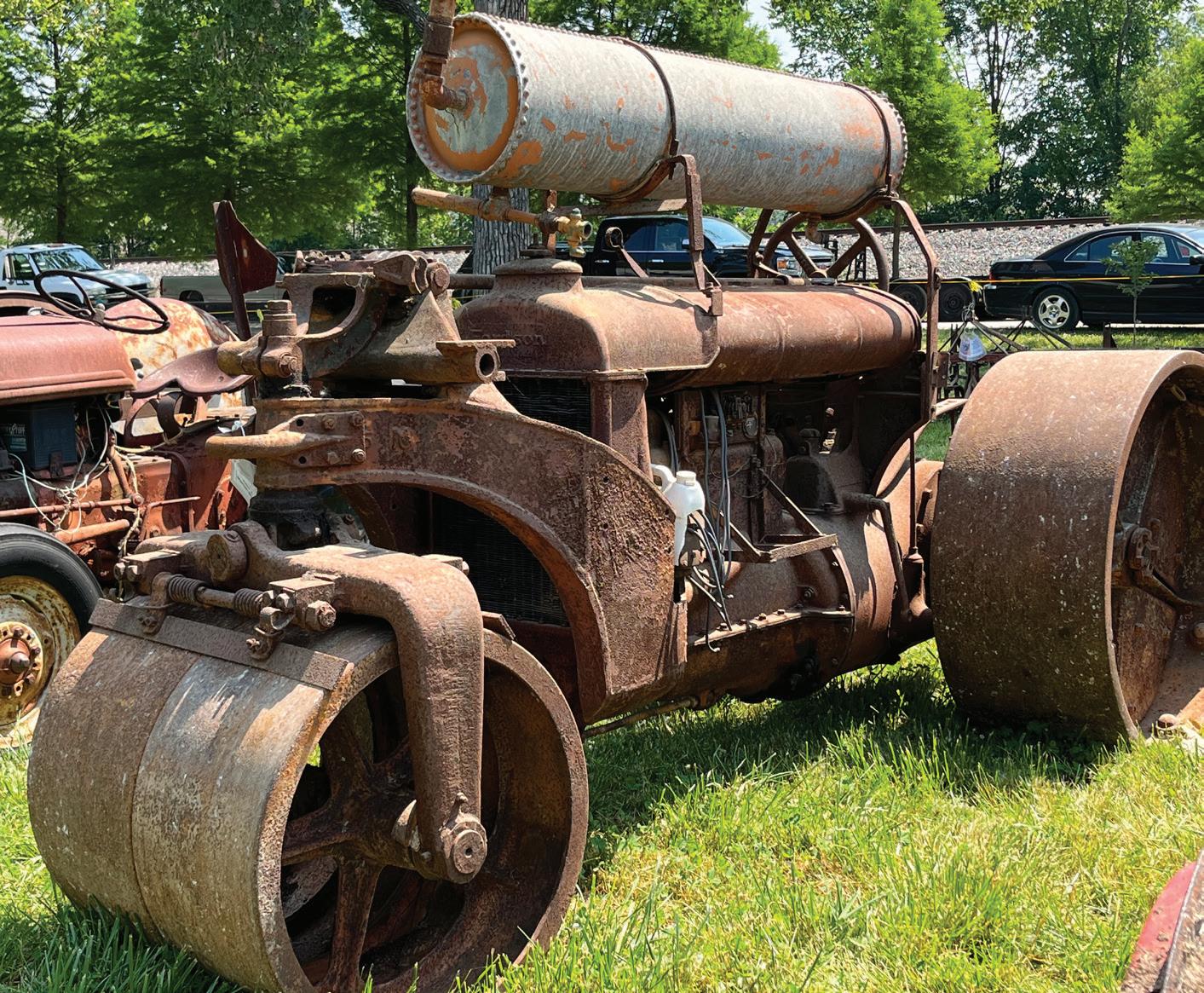
“Compared to farming with a horse, it was a great thing”
restoration. “It had been left outside in dead row,” he says, “and it was very rough.”
Charlie saw the piece on Tuesday and made an offer immediately, but it took another five days to close the deal. “We talked every day,” he says. “It took six days to get that tractor bought and on the seventh, I hauled it home.”
First, though, he had to stop at a local lumberyard. The tractor’s rear wheels were too wide for his trailer, so he had 2x6s cut to 8-1/2-feet lengths. Placing the new planks crossways on the end of his trailer got the job done.
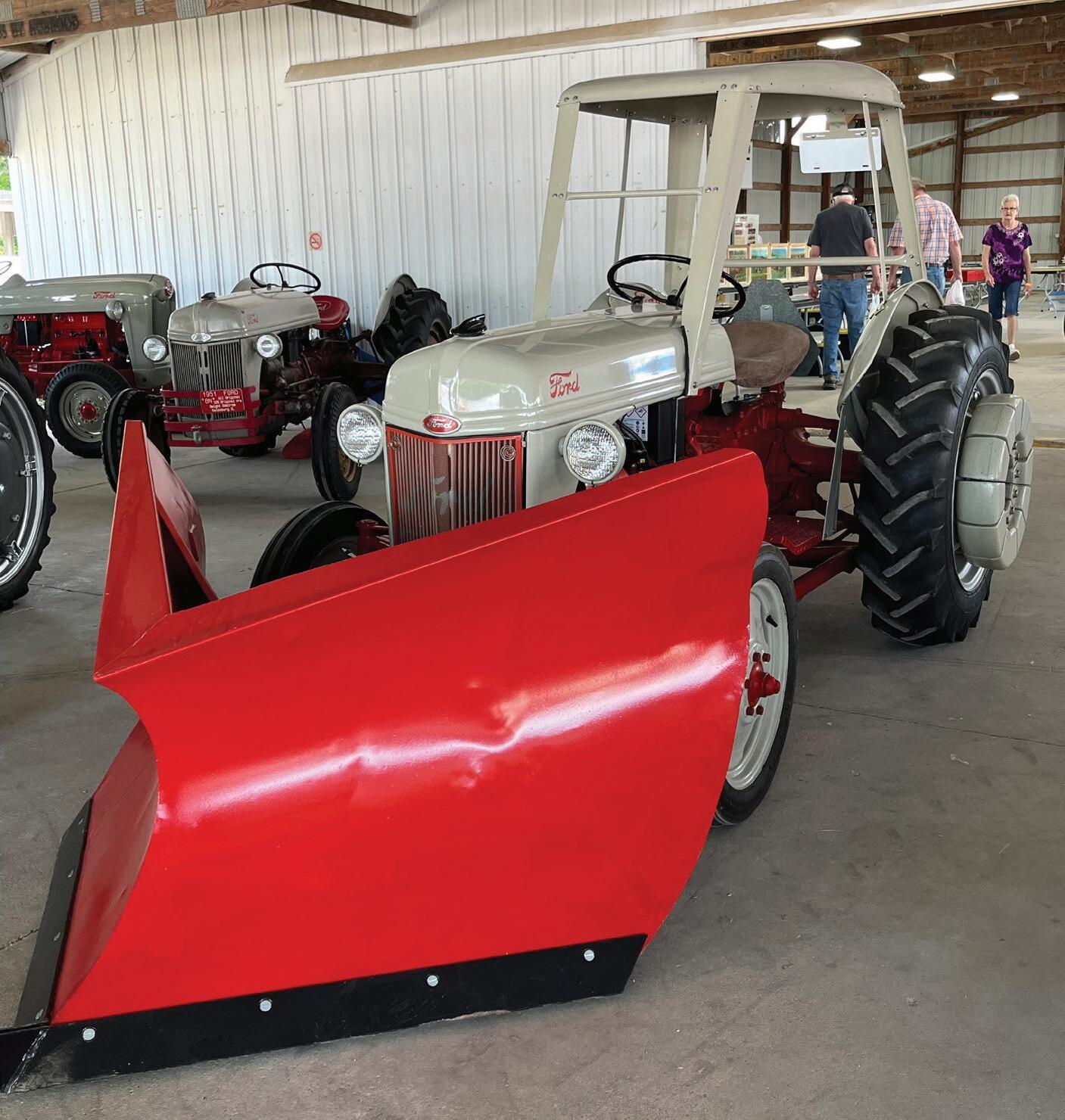
Charlie tore the rig apart in 2011. Just before the Covid pandemic in 2020, he began working on the stilts conversion kit. Finishing the restoration in 2020, he gave it an appropriate nickname. “I call it my ‘social distance’ tractor,” he says. “With those stilts, it keeps me socially distanced.”
The finished project, he says, is very fun to drive. “It’s not at all tippy,” he says, “and it draws a lot of attention in a parade.”
Nearly 50 years ago, Jeff Wright, Altoona, Pennsylvania, stumbled onto a tractor while hunting deer in rural New Jersey. “I asked about the tractor,” he says, “but the owner said he was going to have his buddy fix it up for him.”
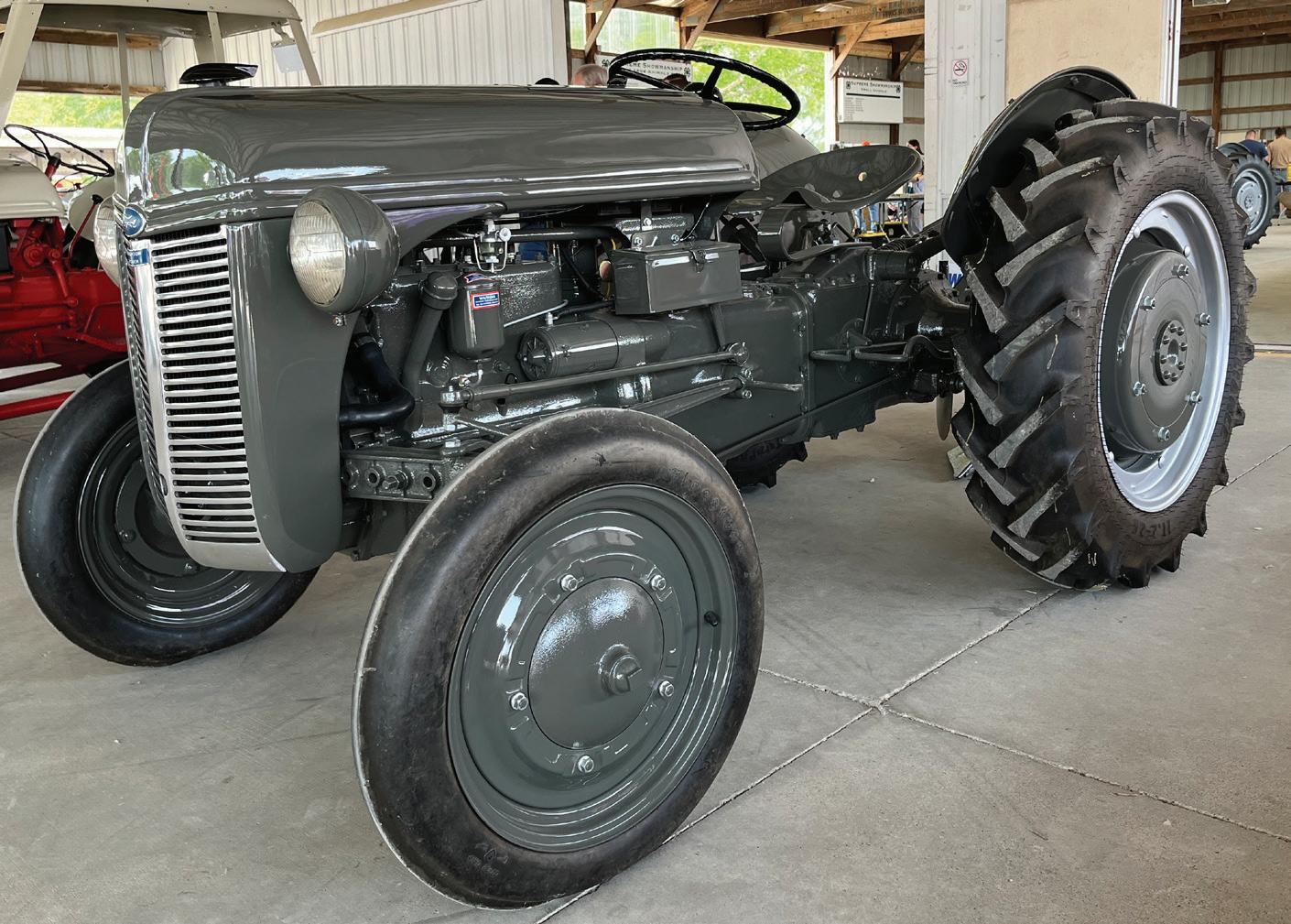
Patient but determined, for years and years Jeff – a U.S. Navy veteran – inquired about buying the tractor, a 1940 Ford 9N built in the second year the model was produced. Finally, he showed his hand. “This one is special,” he told the owner, an aging stockman and the son of a World War II veteran. “I know your dad bought it for you.”
Chester Kolbe was a boy of 12 when his dad bought him a used 9N tractor with a sickle-bar mower. A handful of years later, the New Jersey farm boy was drafted and plunged into World War II as a replacement rifleman. Fighting in the Battle of Hürtgen Forest in the final four months of 1944, Chester found himself in the longest battle on German ground during World War II, and the longest single battle ever fought by the U.S. Army.
“He had two months of hell on earth,” Jeff says. “He was wounded twice and continued to fight, as there was no other choice. He was terrified. He promised God if he got home alive, he’d never leave his farm again.” When the shy, introverted soldier did return home, he never forgot his promise. “He only left home once a week,” Jeff says, “to go to
church early with his brother Fred, and stop at the general store for hot chocolate and a Sunday paper.”
Over the course of three years before Chester’s death, Jeff and Chester slowly built a friendship. The two talked about the family farm and Chester’s livestock operation, but never of his war experience. “He never spoke of it again,” Jeff says.
Determined to buy and restore the tractor as a way of honoring Chester’s service, Jeff persisted but made no progress for decades. Chester and Fred had passed when, in 2018, Chester’s son, Roger, finally let the tractor go.

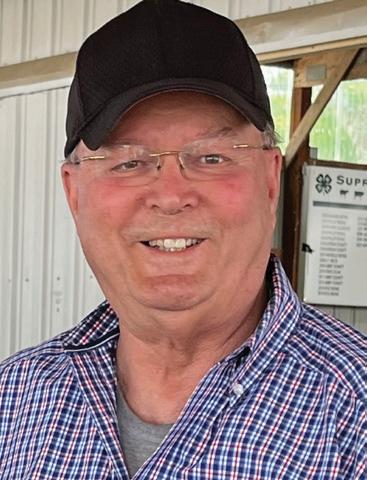

Tractors do not escape decades of abandonment unscathed. “Trees and vines had grown up through it,” Jeff recalls. “We made five or six trips in two and a half months to chop weeds, clear limbs and get the old tires off. We had to roll new tires into the woods one at a time. And the engine was stuck.”
Once he got the 9N home, Jeff realized he did not have the machining expertise needed to bring the tractor back to life. He took it to a restorer, who made it clear that it would be an expensive journey to do it right and the work could take up to a year. Jeff did not hesitate. “You don’t restore tractors to save money,” he says. “You do it because you love the tractor, the story behind it and you want to preserve it.”
This
is thought to be the earliest N-series tractor in existence, having been built on the first or second day of production. Because the factory’s steel stamping equipment was not yet in operation, the tractor’s head and side panels were formed from aluminum. This tractor, from the collection of the late Dwight Emstrom, was shipped to the Ford tractor dealer in Stockton, Calif., in 1939. It is shown here with a hot water seat.
In 18 months, Jeff and his brother Matthew put together a trio of Fords: the 1940 Ford 9N, a 1952 Ford 8N (Matthew’s) and a 1953 Ford Jubilee. “All three are now fully rebuilt with primo paint done for us by a wonderful fellow and his wife in Indiana, Pennsylvania,” Jeff says. “Dave his crew and wife Ann of Arthurs Tractors are the dream team!”
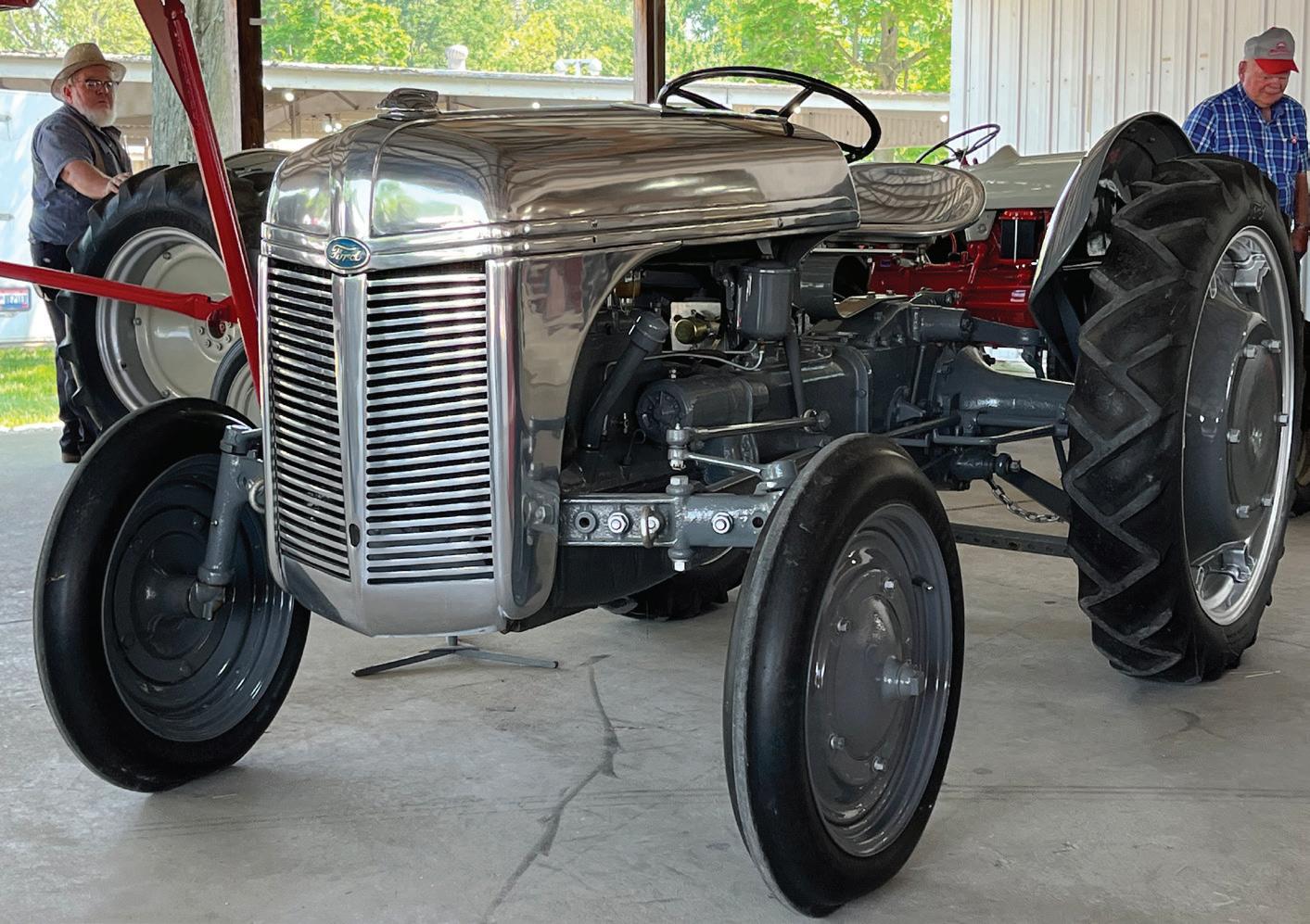
Jeff shows the 9N with a 1940sera two-bottom Fordson plow with sod cutters with original chains. “It’s a Dearborn plow created for Ford
tractors,” he says. “It’s was rusty but in very good shape. The young family man I purchased it from told me he used to play on it as a kid always in the back of the barn inside. It was a gem of a find for me.”
Leslie C. McManus is the senior editor of Farm Collector . Email her at LMcManus@ogdenpubs. com.



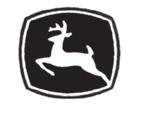




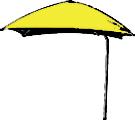
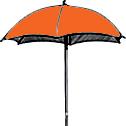
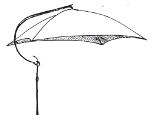

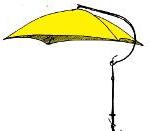


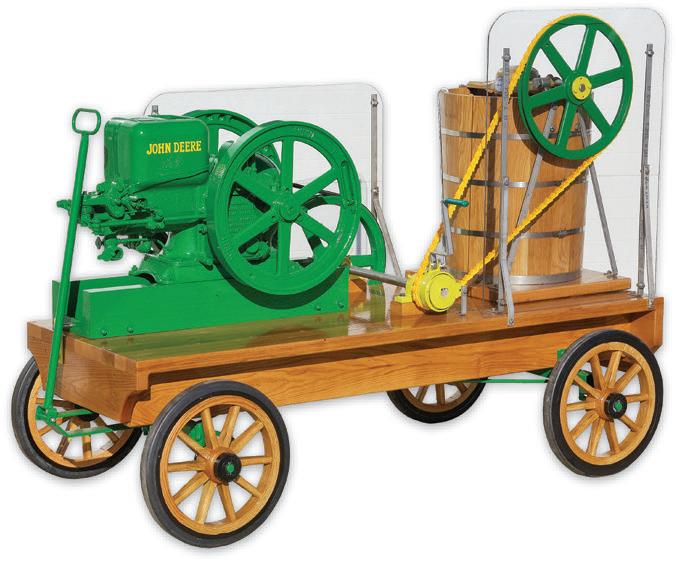




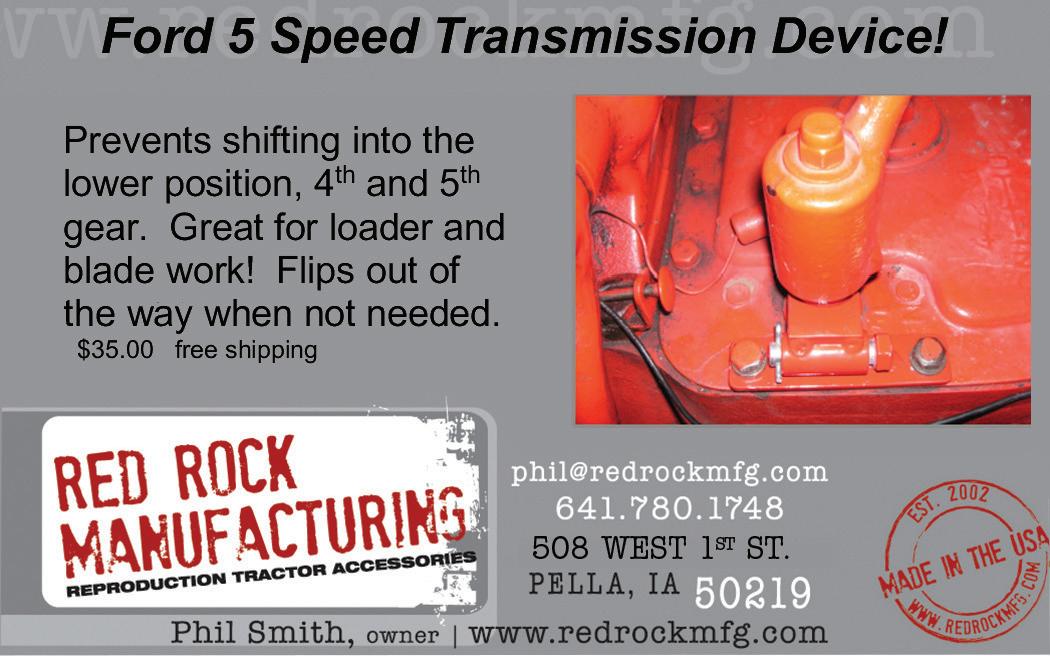

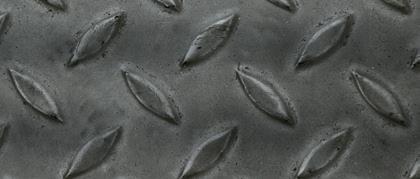


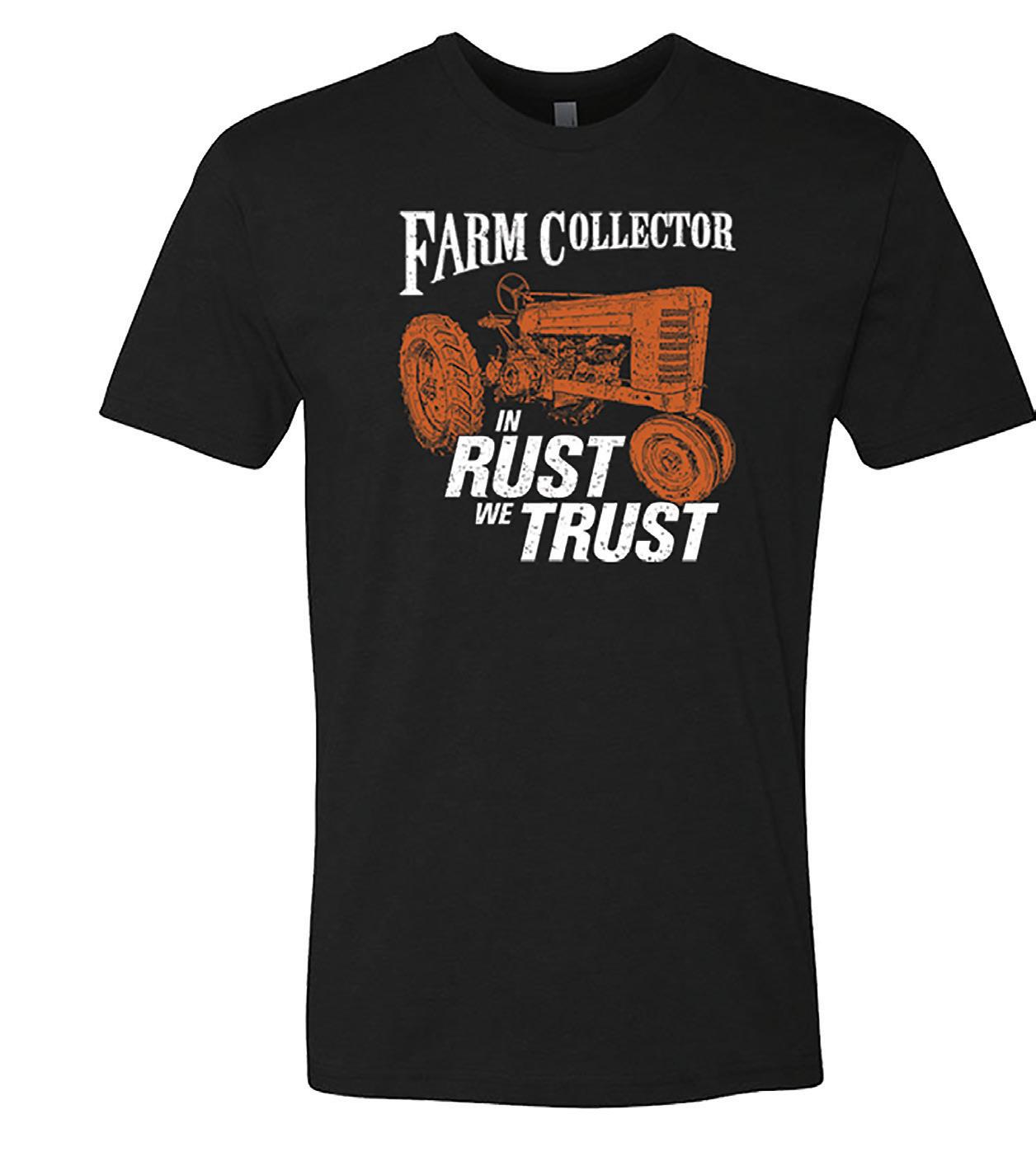
This Farm Collector T-shirt is perfect for any tractor enthusiast or collector. Printed with the image of a tractor and the Farm Collector logo as well as the saying, “In Rust We Trust” you’ll always be reminded that sometimes old is better. Printed on a soft cotton and polyester blend, you’ll never want to reach for another T-shirt again!
Item #9760-#9763 S-XL $15.00 $14.00
Item #9764 2XL $17.00 $16.00
Item #9765 3XL $18.00 $17.00

This Legacy Old Favorite Trucker Hat will quickly become an old favorite for everyday wear! Embroidered with the Farm Collector logo, the dirty-washed cotton gives it the perfect wornin look. Made from 65/35 cotton/ polyester, it is soft to the touch and allows for days of comfortable wear. It features a low profile with ample space for the ears and plenty of ventilation.
Item #12087 $27.99 $24.99



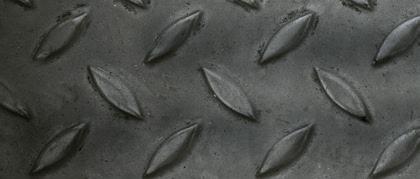


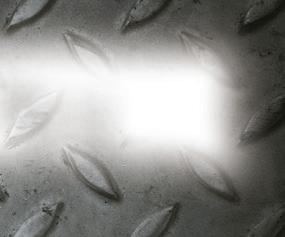
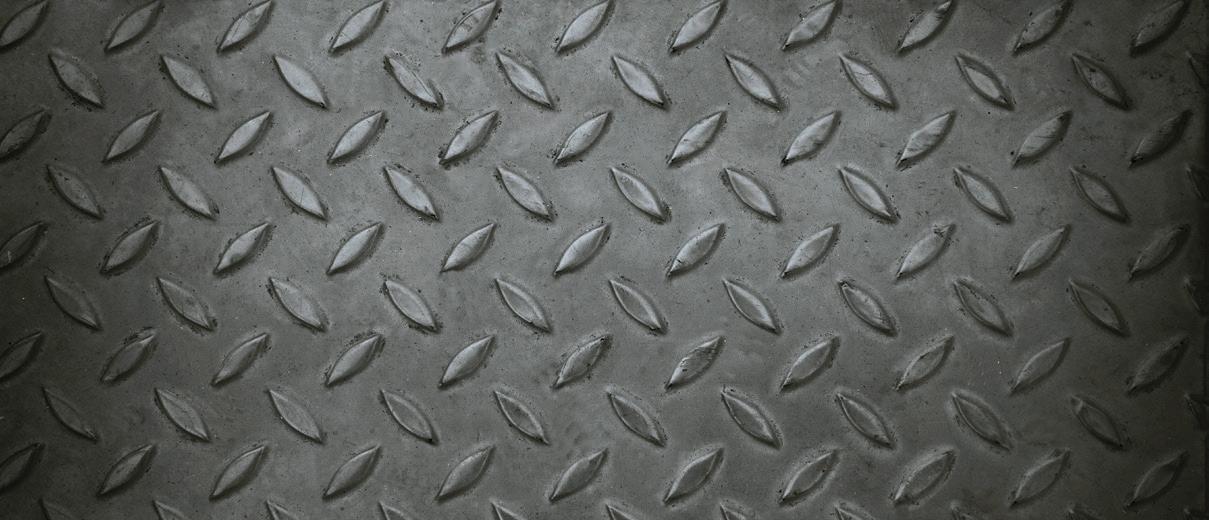


The fourth edition of Herbert Kean’s A Price Guide to Antique Tools takes its prices from live and internet auctions as well as private sales. Like previous editions, the guide includes more than 12,000 prices (individual and chart combinations) that represent extraordinary tools as well as those found in flea markets.

Item #7234 $17.95 $15.95

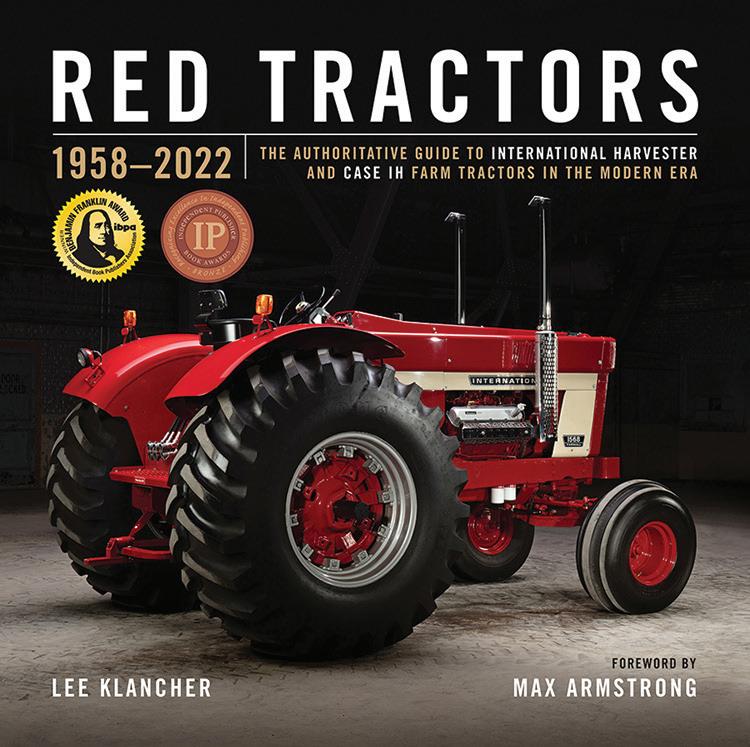





The latest edition of the award-winning history of International Harvester and Case IH tractors features an all-new cover and updated content, including data and photos of every model built from 1958 all the way up to 2022, as well as in-depth information on how these tractors were designed and constructed. Featuring interviews with engineers and executives, previously unseen concept drawings and photos, and never before told stories, this updated edition is a gold mine of information for any red tractor fan.
Item #11729 $65.00 $54.99


John Deere’s Company is the story of rural and small-town America from when eastern farmers began moving into the Midwest, through the industrial revolution, and up to the creation of the first John Deere tractors. This volume explores an uncommon family whose members, for 145 years, directed the destiny of one of America’s oldest business firms until the first non-family member was named CEO in 1982. This updated and revised edition takes several historical threads and weaves them into a lively, absorbing historical account. Hardcover.

Item #11826 $46.95 $39.95




Welding for Beginners has outlined the basics required to build a successful welding hobby and illustrated them in these pages. Both practical and inspiring, this book teaches you the basic equipment you will need, setting up your work area, techniques for beginners with project ideas for practicing your skills, dos and don’ts, and welding safety. Photographs and illustrations guide you, while clear and concise text takes all the confusion out of the learning processes.

Item #11797 $16.99 $14.99

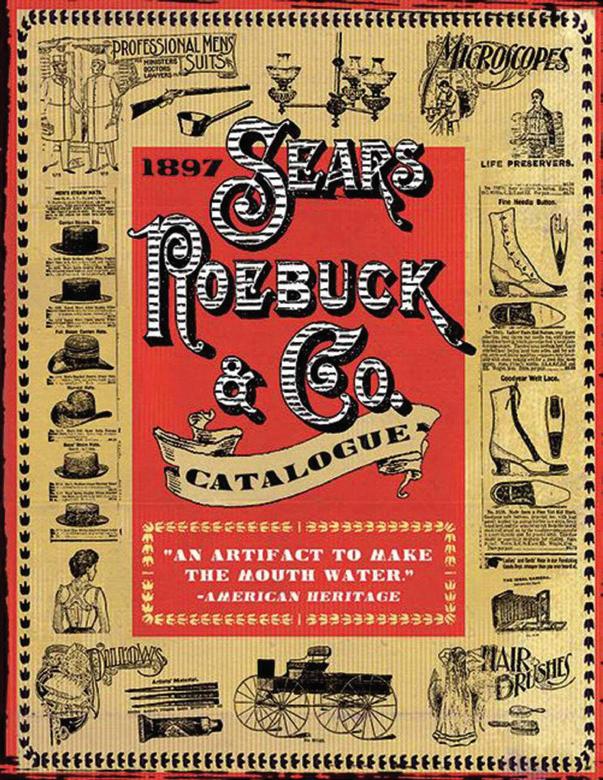
For every recognizable item included in the 1897 Sears, Roebuck & Co. Catalogue, plenty of others are guaranteed to confuse or interest 21st-century readers—like Bust Cream or Food and Sweet Spirits of Nitre. What was once the standard household fare is today a sometimes strange, often funny look at what life was once like for the average American family. For antique collectors, historians, costumers, set designers, and anyone just interested in the everyday components of life back in 1897, this facsimile is as entertaining as it is educational.



Item #12045 $24.99 $21.99





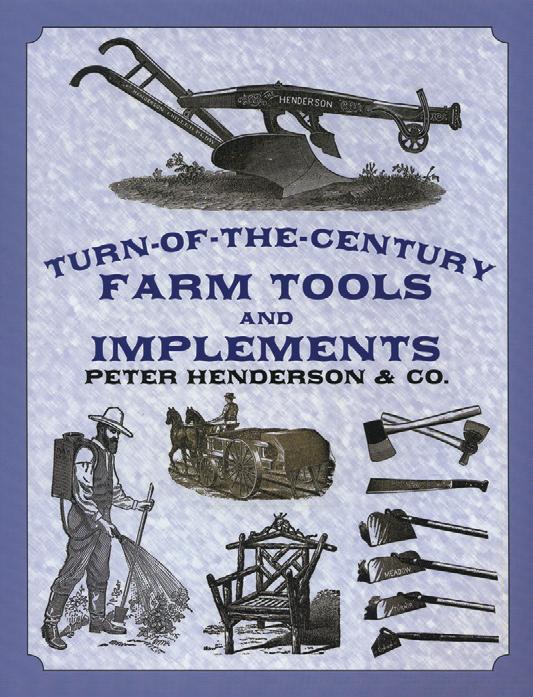
Published in 1898, this trade catalog advertised tools, fertilizers, insecticides and other essentials for the turn-of-the-century garden, farm, greenhouse, lawn, orchard, poultry yard, stable and household. Abundantly illustrated, it included approximately 680 black-and-white images. Within the catalog’s pages, you’ll find butter printers, cast-iron field rollers, broadcast seeders, corn harvesters and huskers, root cutters, cider mills, veterinary remedies, and more.
Item #6522 $12.95 $11.95
This book is a scholarly work describing flame ignition as applied to reciprocating engines, from early experiments to later successes such as the Deutz and Crossley versions of the four stroke cycle perfected by Otto in 1876. Inside, author Wayne Grenning discusses problems encountered by the early entrants into the gas engine industry, highlighting solutions discovered by the various players. Hardcover.
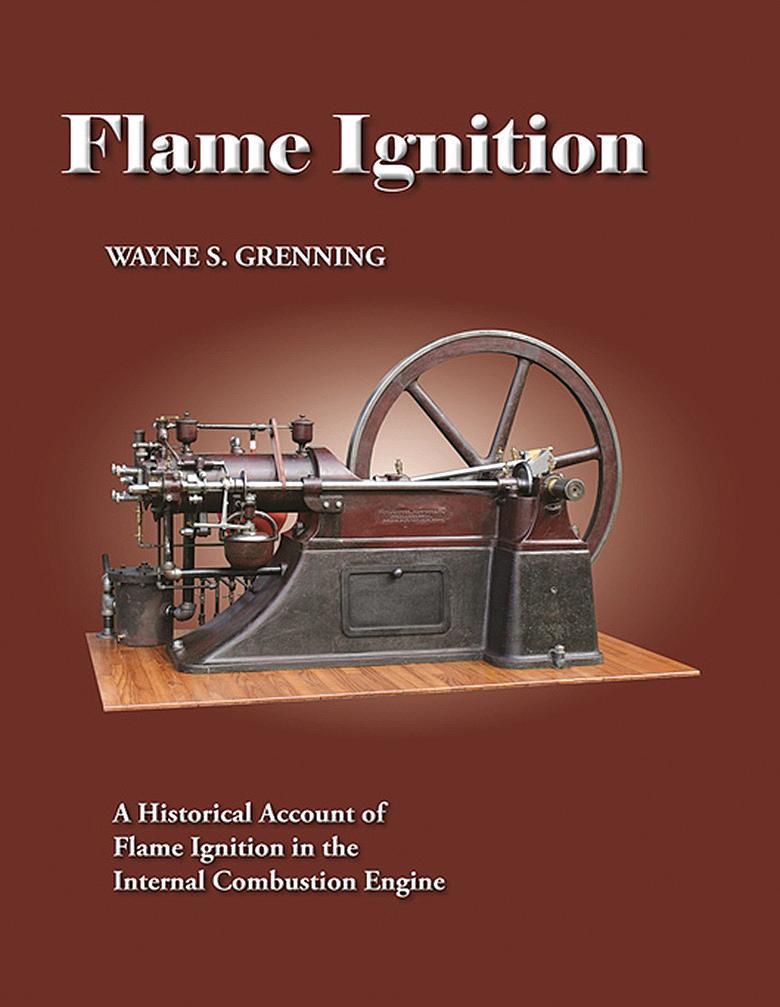
Item #10329 $79.95

The Farmall Dynasty recounts the dramatic story of the developmental history of tractors built by International Harvester, the dominant agricultural manufacturer of the early 20th century. The book includes well–researched accounts of the development of the original Farmall, the Letter Series, the 4100, Cub and other legendary IHC tractors with firsthand accounts from factory engineers describing the challenges they faced.
Item #6382 $19.95 $17.95









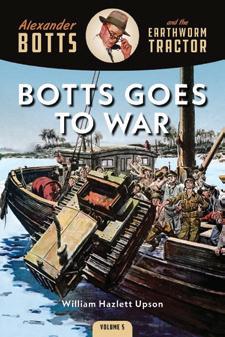



The world’s favorite tractor salesman calls it quits and joins the army in the fifth installment of the Alexander Botts series, Botts Goes to War. In this volume of short stories written in the 1940s and set during WWII, farm machines have proven themselves indispensable to the war effort, and who better to equip war-torn Europe than Alexander Botts? Throughout the book, Botts encounters shortages of necessary materials and other mishaps, and responds to each situation with characteristically unique and ill-advised approaches.
Item #11942 $22.95 $20.95







Alexander Botts was created in 1927 by author William Hazlett Upson, and these stories are based on Upson’s brief career as a mechanic for the Caterpillar Tractor Company. Alexander Botts and his Earthworm Tractor will charm readers young and old and entertain with innocent mayhem, timeless humor, and twists of fate.
Item #10509 $24.95 $21.95
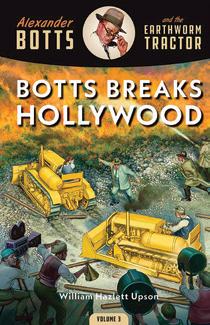

In Botts Breaks Hollywood, the third installment of the Alexander Botts and the Earthworm Tractor series, the saga continues for our hero who, always ahead of his time, sees filmmaking as the future of tractor sales. In this collection of humorous short stories, Botts earns a promotion and is eager to share his enthusiasm for crawler tractors on the silver screen where his outrageous antics and blunders collide to capture the perfect shot!

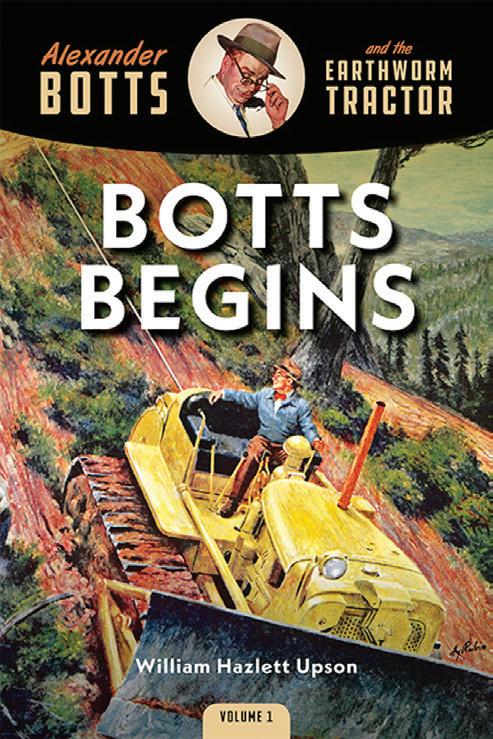

Item #11286 $22.95 $19.95

The world’s best tractor salesman is back in this second installment of Alexander Botts and the Earthworm Tractor. In this series of humorous short stories, Botts and his new bride travel to Europe on a special assignment to bring the solid, American-made machines to the Old World! Nicknamed “Gadget” because of her usefulness, Mrs. Botts proves to be as resourceful as her husband in cleverly closing deals in ancient cities previously thought to have no market for crawler tractors.


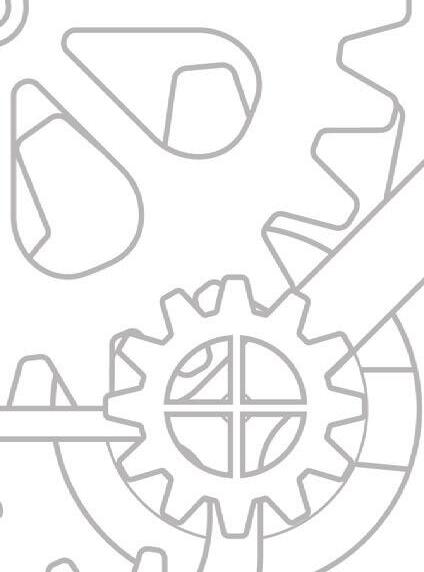
Item #11100 $22.95 $19.95
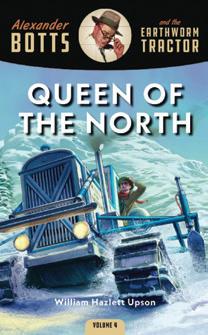
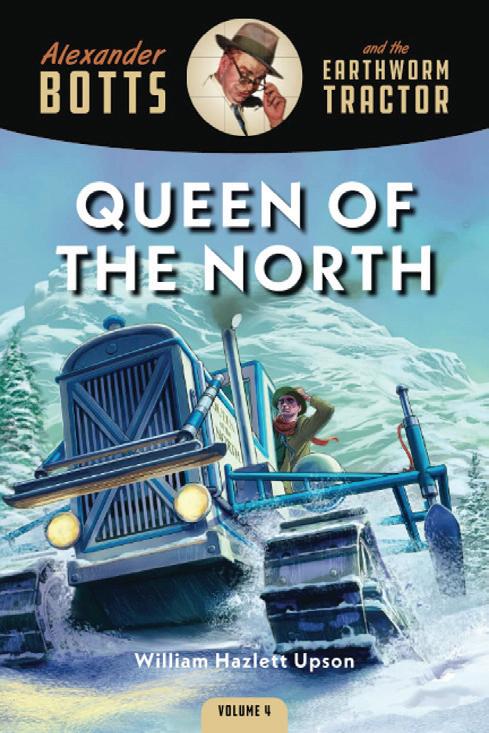
In the fourth installment of the Alexander Botts and the Earthworm Tractor series, the saga continues for our hero. He tackles a variety of tricky sales situations, including promising a demonstration of a new, high-speed tractor that was not yet in existence. Unwilling to backpedal on a promise, he modifies a sturdy Earthworm tractor and creates a beast equipped to conquer the difficult Canadian terrain.
Item #11735 $22.95 $19.95
































Get the first five installments of the Alexander Botts series in one easy-toorder bundle! This exclusive set includes Botts Begins, Botts Abroad, Botts Breaks Hollywood, Queen of the North, and the most recent installment of the series, Botts Goes to War
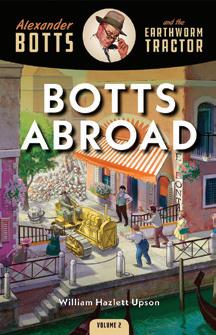
Item #11943 $116.95 $89.99
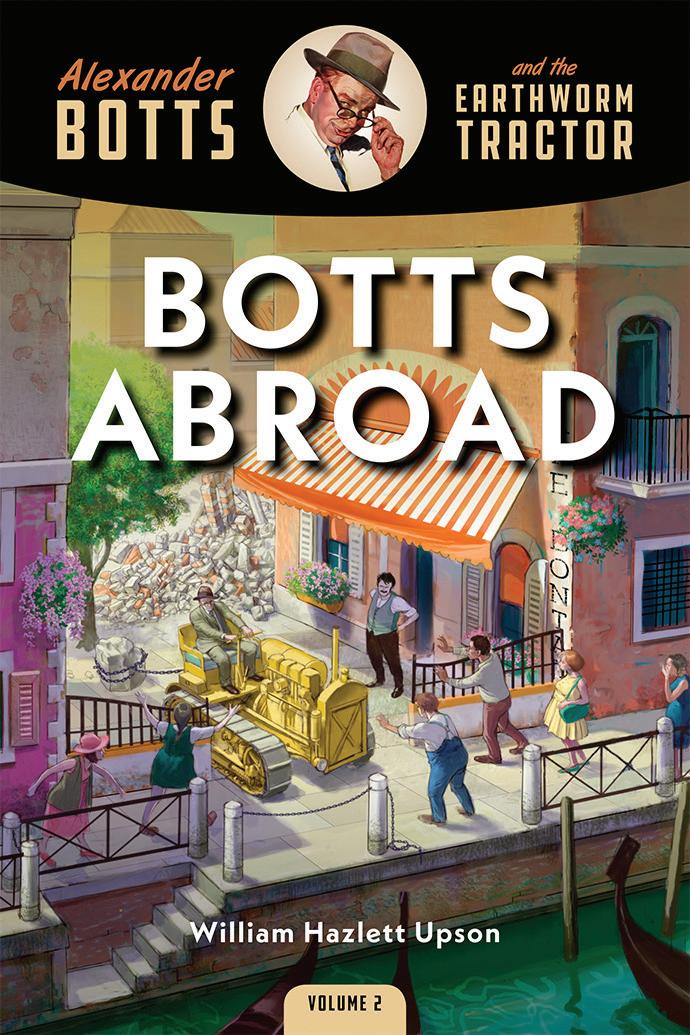

This wonderfully illustrated, up-to-date guide to the natural, cultural, and historical gems hidden just off the legendary Route 66 outlines 30 trips for curious travelers. In this completely revised and updated version of the Backroads of Route 66, author and Route 66 expert Jim Hinckley is your guide from the lowlands of the American Plains to the high plateaus of New Mexico and Arizona, from the Great Lakes to the mighty Pacific Ocean, and through major metropolises and remote country towns.

updated 66 remote
Item #11787 $34.99 $31.99
Classic Oliver Tractors chronicles this historic agricultural brand from when James Oliver bought a quarter-share of the South Bend Foundry in 1855 to when the last Oliver-branded tractor rolled off the assembly line in 1976. From Oliver’s industrial and crawler tractors to international ventures, this colorful guide illustrates Oliver’s compelling part in agriculture history.
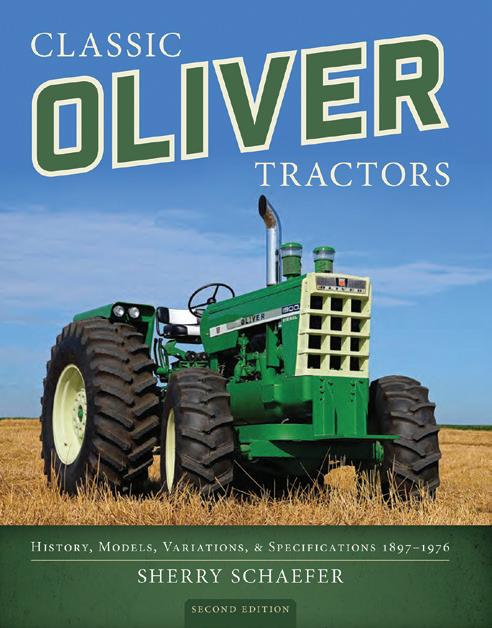
Item #9311 $40.00 $35.99

Handy Farm Devices, Second Edition, is as useful and pertinent for homesteaders and small-scale farmers today as it was when it was first published nearly 100 years ago. A wealth of labor- and moneysaving projects fills this century-old guide to low-tech property maintenance along with easy-to-follow instructions and practical illustrations.
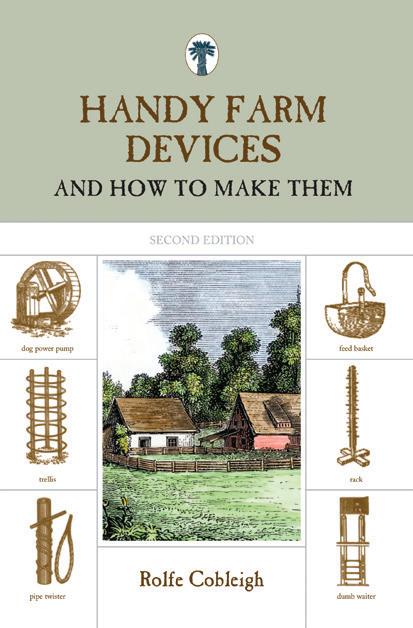
Item #10715 $14.95 $12.95
This book explains critical (and previously closely held) restoration techniques in a way that even the most uninitiated can understand and follow. Chapters cover boring and edge tools, planes (wood, wood-bottomed and metal), measuring tools, saws and other miscellaneous tools, as well as information on cleaning and refinishing.
Item #5219 $19.95 $17.95


Enhance your property with a beautiful outbuilding! Whether you want to build one yourself or order a project plan, this guide contains step-by-step instructions for constructing and designing more than 100 barns, sheds, and other types of outbuildings in various shapes and sizes.

Item #9922 $24.99 $22.99
Review the entire collection with Coolspring, Vol. 1 & 2! The Coolspring Power Museum houses the world’s finest collection of early and historically significant internal combustion engines. Read about 40 historic engines from the museum profiled in Volume 1, as well as the newest displayed engines in Volume 2!
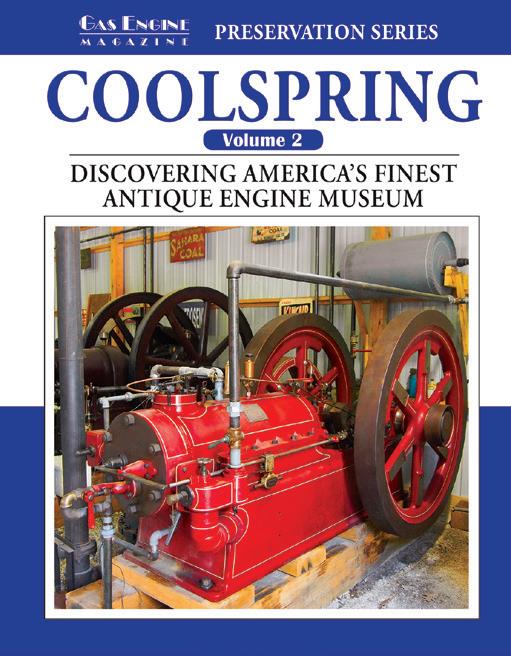

Item #10049 $39.90 $31.95












Home Workshop Blacksmithing for Beginners provides thorough and detailed overviews of various tools, techniques, and projects for aspiring blacksmiths. Inside this illustrated linear guide you will find groundwork technique tutorials required to work hot steel; step-by-step projects; detailed guidance on the hearth, safety, tools, clothes, and much more. The ultimate resource for anyone interested in gaining fundamental metalworking skills, this is a must-have book to equip you with the understanding and knowledge you need to succeed!

Item #11925 $14.99 $12.99





When Delbert Miller learned that his wife’s great-grandfather had built a scale model working threshing machine, he was intrigued, but the well-preserved relic changed hands several times before Delbert was able to bring it back into the family fold.

“It’s believed to have been patterned after a traditional grainthreshing machine but in half-scale,” he says. “I was finally able to acquire the thresher, along with the scale model Rumely OilPull tractor that powered it, at a local auction in 2005.” Mose Raber built the threshing machine in 1931 in his woodworking shop in Farmerstown, Ohio. The thresher is
Top: Delbert Miller’s scale-model onion seed threshing machine is shown here with the scale-model Rumely OilPull tractor used to provide power to the thresher.
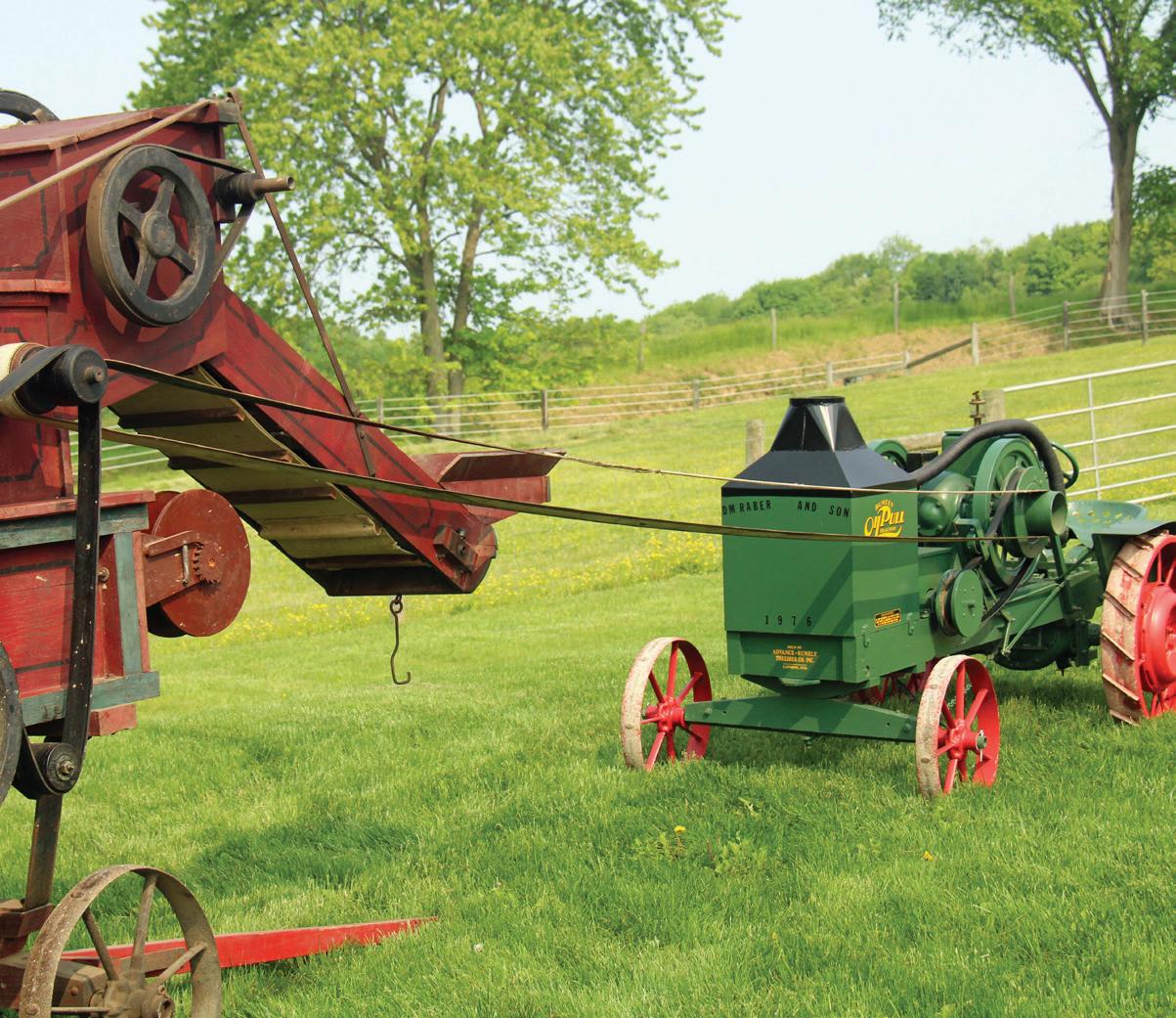
Right: This close view of an onion seed head shows a honeybee at work.
Bottom: Delbert’s scale-model Rumely OilPull tractor is shown here powering his scale-model onion seed threshing machine. Delbert displays the threshing machine at the annual Doughty Valley Steam Days near Charm, Ohio.
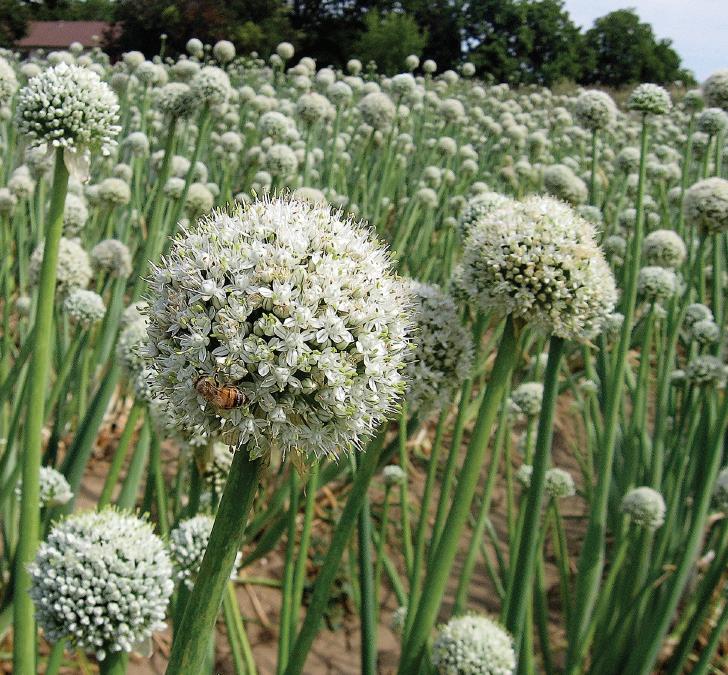
Top: This all-wood replica onion seed threshing machine (with steel wheels) was scratch-built by Mose Raber in 1931. The machine is estimated to be half-scale. It measures 11 feet long by 28 inches wide. The main body is 54 inches high and rises to 6 feet at its highest point.



Top right: Once parked and prepared for use, the receiving elevator is folded out to receive onion seed heads for seed separation (or threshing).
Right: Handcrafted wood pulleys and belting operates the onion seed threshing machine.
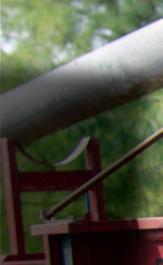
predominantly constructed of wood. The pulleys (and even the gears) are made of wood and there are grease cups to lubricate the bearings. “The wheels are steel, no doubt because the piece was made by an Amish builder,” Delbert says. “And rubber tires may have been difficult to locate for the machine in the early 1930s.”
After Mose completed the threshing machine, he threshed seeds for some Farmerstown women. Apparently, they produced onion seeds for their own use and some for resale. The thresher was used only for a few years after it was built.


Delbert grew up in Becks Mills, Ohio, with limited farm experience. “Although I did not grow up on a farm, I helped make hay on my sister’s farm,” he says. “As a hired lad, I also husked corn by hand for a neighboring farmer.”

Several of his family members collect and restore antique tractors and stationary gas engines. Delbert enjoyed tinkering with Maytag engines and a 9hp Case steam engine. His dad’s collection includes a Huber and Rumely OilPull tractors. “I helped my son restore a Huber steam engine,” he says. “Another son brought a John Deere Model B back to life and I helped with that.”
After completing his Amish education, Delbert was a woodworker, initially in a shop for a couple years and then a sawmill where he worked for 15 years. In 2014, Delbert and his wife, Miriam, established a community store on their home property near Sugarcreek, Ohio. The store is patronized primarily by the Amish community within a 5-mile radius. The store offers shoes, household items like kitchenware, laundry soap and limited groceries, including bulk foods.


Delbert readily admits to having only limited handson experience with threshing machines. “I don’t have any background experience with grain threshers,” he says. “For

demonstration purposes at the annual Doughty Valley Steam Days near Charm, Ohio, I provided a steam engine to power a threshing machine. But it was run by experienced operators.”
When Delbert learned about the onion threshing machine and Rumely tractor being offered through a local auction, he seized the opportunity. “After Mose Raber built the thresher, it was used for a few years,” he says. “It then changed ownership several times outside the family.” The pair sold at auction for $5,000. “It was a reasonable price to get it back into the family,” he says.
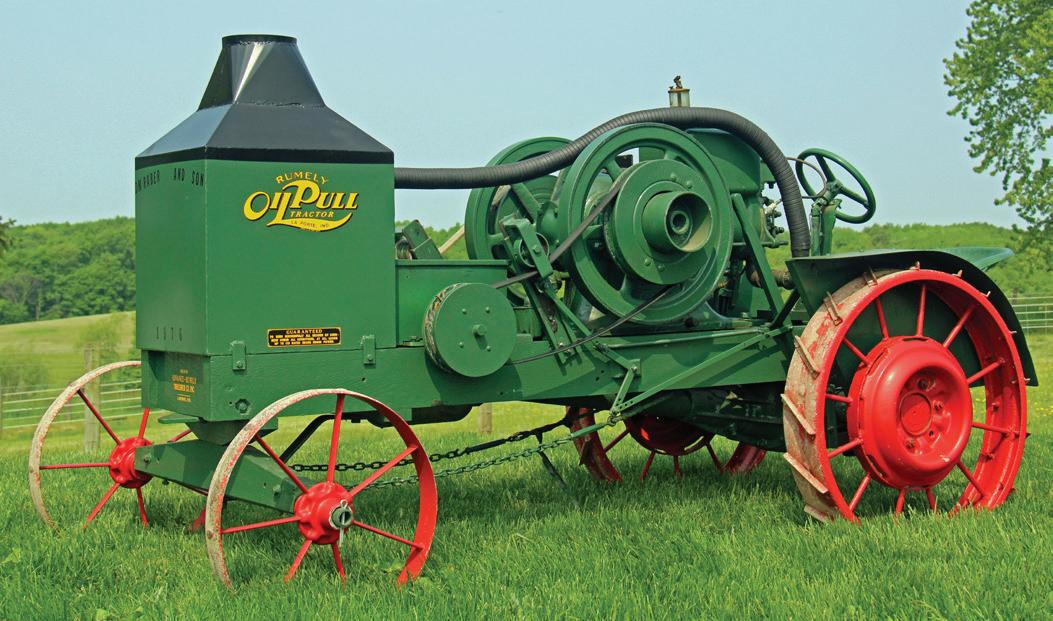

The thresher had been well cared for, so restoration was not necessary. “The 12-by-21-inch-cylinder thresher has good detail, considering it’s all wood,” he says. “There’s a main reel for the drive belt. The feed table is hinged and folds back for transport. And there’s even a wood tool box with a hinged cover.”

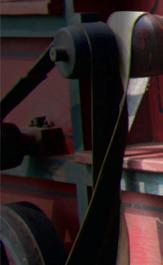
There are fewer than 1,000 onion farmers in the U.S. Roughly half of all onions grown in the U.S. are produced in California and Oregon. Onion seed production requires cool winters and hot, dry summers. The weather in central Oregon is considered ideal. Onions are a cool-season biennial typically requiring two growing seasons to complete their lifecycle. Home gardeners growing onions generally use bulb sets or plants. Onion seeds are rarely, if ever, used in the home garden. In commercial production, seeds are planted from late July through September.
In the right conditions, an onion plant will form one or more flower inflorescences (a cluster of flowers on a branch) terminating in an umbel containing several hundred seeds.
The process of forming the inflorescences is called “bolting” and is undesirable for onions grown for bulbs but essential when producing onion seeds. For bolting to occur, the plant must go through a period of chilling (45-55 degrees F) for one month or longer, depending on the variety.
Onion seeds must be pollinated by flying insects, generally honeybees. Consequently, onion seed fields require separation by a minimum of 1-1/2 miles to prevent cross-pollination. Seed maturity is reached by mid-June to August of the following year when the seed is harvested.

The umbel is usually harvested by hand, with about 6 inches of the stalk remaining. They are transported out of the field and dried on tarps for two to three weeks. After drying, the umbels are threshed. Mechanization of umbel threshing is imperative to maintain seed quality. Following threshing, seeds are taken to a seed company for cleaning.
Today’s onion threshing machines are more streamlined and mechanically efficient than the old bulky type the scale model was patterned on. Growers who produce small amounts of seed often use a water bath to separate the seed from the umbel. Onion seed dried to 6.5 percent moisture and stored under favorable conditions (40-60 degrees F) will last one to two years. Properly dried seed stored in a freezer will keep indefinitely.
– Fred HendricksDelbert was anxious to demonstrate the scale model thresher at the Doughty Valley Steam Days. He followed the basic steps to produce onion seeds. When the onions were mature, he cut and hung them to dry and then replanted them the next year. “The second year, they grew those white puffball heads (or umbels) that contained the seeds,” he says. “I dried those tops and displayed them by the thresher during Steam Days to show people what the machine is designed to thresh.”
The scale model Rumely tractor was built by David Raber, Mose’s son, in 1976. It is powered by a 1-1/2hp International Harvester engine. David bought the onion thresher through an auction before building the tractor.

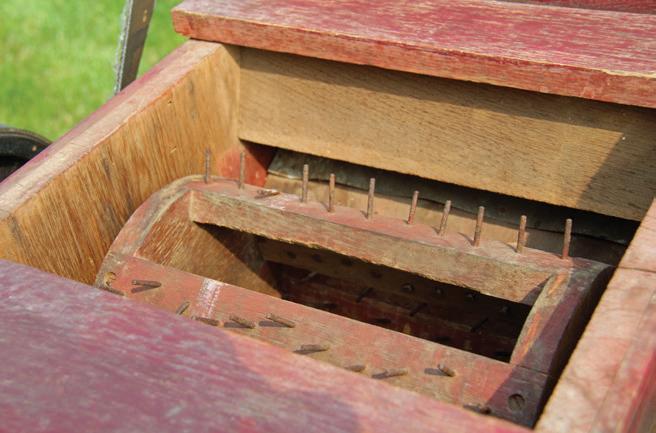
“When I bought the tractor, it was in running condition,” Delbert says, “but it needed a facelift. I cleaned it up, re-


painted it and added new decals. Without regular operation, it’s not running as it should. With a little time, I hope to have it running at its fullest potential.”
Surrounded by family members with farm-related collectables, Delbert had no choice but to become a collector himself. “I’ve gathered a few items, some of which have been restored,” he says. “It’s become an enjoyable hobby, especially since agriculture history is being preserved. Hopefully, I’ll find time to do more in the future.”

For more information: Contact Delbert Miller at VM Phone: (330) 852-0705 or email: millersfootwear@ ibyfax.com.
Freelance writer Fred Hendricks of Mansfield, Ohio, covers a vast array of subjects relating to agriculture. Email Fred at fwhendricks@ gmail.com.
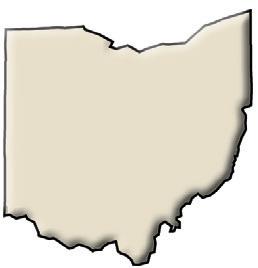

Whether you’re interested in antique tractors and farm equipment or stationary gas engine information, use our search function to bring up all relevant content! For collectors and enthusiasts, dreamers and restorers, newcomers and lifelong collectors, we have you well covered. This digital archive features almost 20,000 articles - all originally published in Farm Collector, Gas Engine Magazine and The Iron-Men Album (Steam Traction) - spanning the years 1951 to 2022, formatted for optimal viewing on computers.


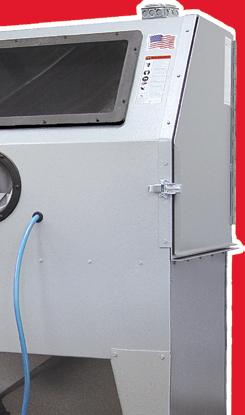


Item




































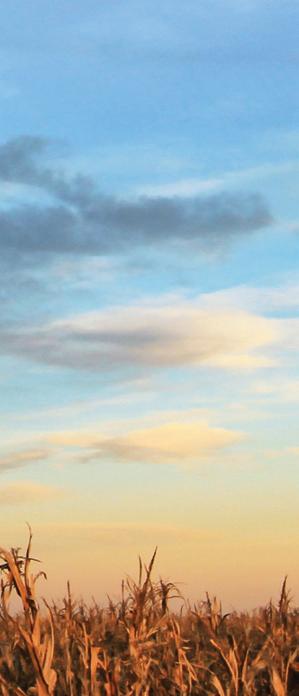



Order today by calling 866-624-9388 or visiting Store.FarmCollector.com




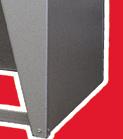
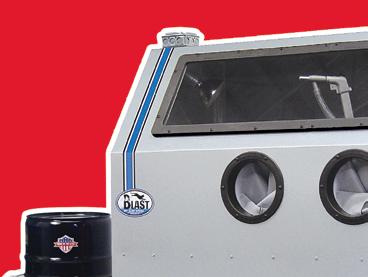
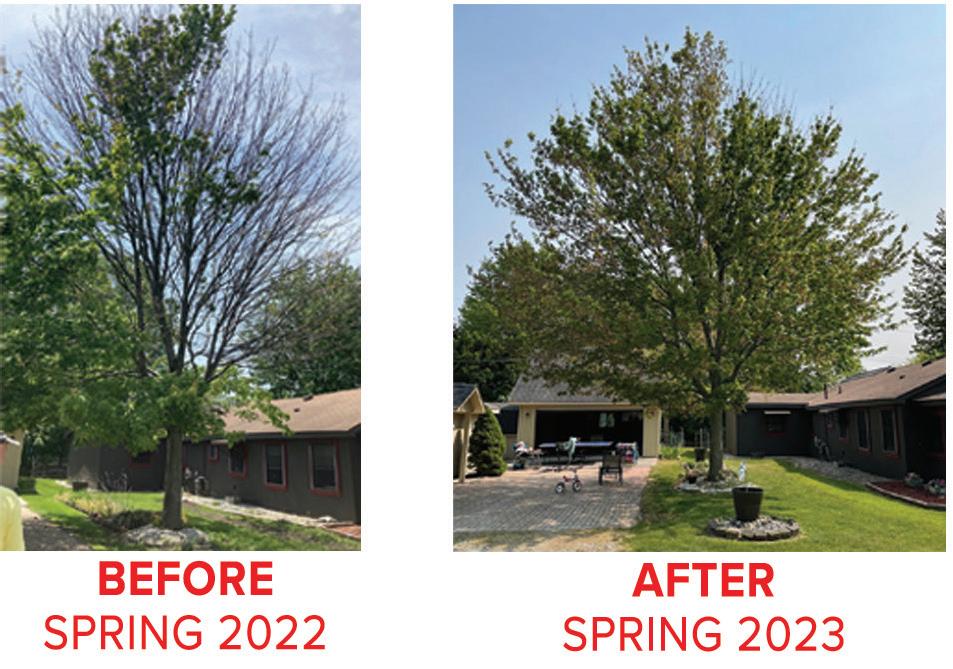
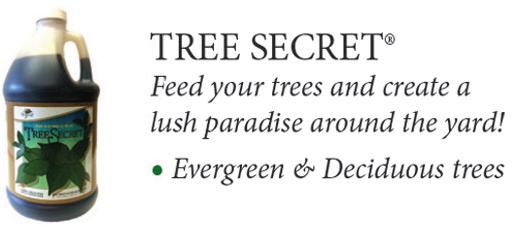
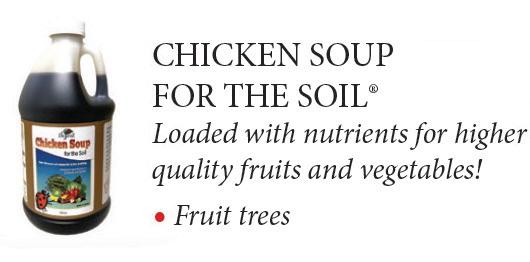

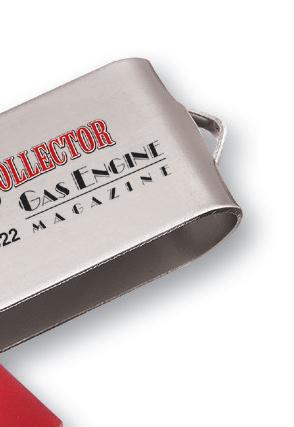

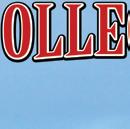

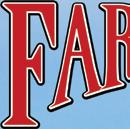

Mention promo code MFCPANZ1. Price does not include shipping and handling.














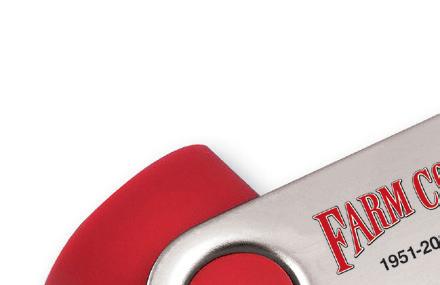




As the school day wears on, many students will count the minutes until being freed from the confines and structure of high school classrooms. So, can you imagine a group of students who voluntarily attend even more school after their regular classes end for the day? A day trip to Four Rivers Career Center in Washington, Missouri, introduced me to students at Four Rivers Night Shift. Students there do that very thing and can’t seem to get enough learning by way of getting their hands dirty.

Four Rivers Career Center is a technical institution that welcomes area high school students for vocational learning. Dan Brinkmann, an Auto Tech teacher at the career center for the last 19 years, started Night Shift in 2008. From dirt bikes to semi-tractor trucks, dump trucks and most notably, tractors, the after-school program has earned a reputation for transforming buckets of bolts into works of machinery art.
Before recruiting each new crop of volunteer students, Dan openly discloses to them his expectations upon joining. First, the group meets weekly on Tuesday and Thursday nights. Students further understand they must wear a uniform of shirt, boots and jeans (with no holes, rips or tears), come prepared with a good attitude, and most importantly, be willing to learn. And, not just about engines. It isn’t unusual to see the kids taking turns cooking for each other or even learning a few line dances to share some laughs and break out of the routine.
The program’s past projects include a Massey-Ferguson 180, John Deere A, Farmall C and a Farmall H with a loader. Their most recent restoration, a 1937 Farmall F-20, was actually launched by the 2020 Night Shift class, but took three years to complete because of delays caused by scarce parts. Found sitting in a field in Carlinville, Illinois, the tractor was in rough condition with a locked-up engine and massive rust. With their work cut out for them, the initial group of students outlined their steps and planned their course of action so all members would be on the same page.
To fully appreciate the group’s work on this particular model, you first have to know a bit of F-20 history and how the model shaped the tractor market decades ago. Life looked a lot different in the 1930s. With the Great Depression in full swing, unemployment reached 24 percent, forcing many Americans to live in their cars or shanty towns.
Despite dire economic conditions, Farmall was making strides forward. The company had hit its first major milestone on April 12, 1930, when its 100,000th tractor rolled off the assembly line. By July of that year, another milestone: The 200,000th tractor was built. It was a short-lived celebration, as the country was reeling from the impact of the Depression, but Farmall trudged forward in hopes of providing the farmer with a more powerful tractor, leading to the introduction of the popular Farmall F-20.

Paul Wallem, a retired International Harvester executive, dealer and author of two best-selling books on the beloved brand, shares his own insights on the F-20. “It was the first row-crop tractor in history that could work in row crop conditions,” he notes. “All other tractors could not go into the field when the crop was planted in 38-inch rows, but a rowcrop could go into those rows and cultivate. The whole rowcrop philosophy was one of the major changes in the history of agriculture.” Why 38-inch rows? Because that was the average width of a horse.
Produced from 1932 through 1939 at Rock Island Tractor Works in Rock Island, Illinois, the F-20 was an update to the Farmall Regular. Physical dimensions were basically the same and most existing implements would fit the new tractor. While this model featured several improvements over its predecessor, the engine was still an IH-built, 4-cylinder inline design with a 3-3/4-by-5-inch bore and stroke. It was started on gasoline, but could then burn either kerosene or distillate. It produced 15 drawbar and 23 belt horsepower, compared to the Regular’s 9 drawbar and 20 belt horsepower on kerosene. This new model could handle a 14-inch 2-bottom plow and a threshing machine in most conditions. With a 10 percent increase in power over the Regular, the F-20 could plow roughly 7 acres in a 10-hour day.

The Night Shift’s F-20 went through two engines before a third would power the tractor forward. The sleeves and pistons were sticking in the first; the second engine had a water leak that subsequently froze, resulting in a cracked block. Fortunately for the class, Dan’s cousin, another Farmall enthusiast, had an extra block. As they say, third time’s a charm. This engine was a winner and the class successfully crank-started the tractor.
With the challenge of finding a functional engine finally behind them, the students moved onto the transmission. The F-20’s 4-speed transmission replaced the Regular’s 3-speed. It topped out at 3-3/4mph with stock gearing. High-speed attachments were available to gear the machine to speeds suitable for road travel. An enclosed oil-bath steering gearbox was standard on the new line, a distinguishing feature from the Regular, which had open, exposed gears.
The F-20 was available in both regular and narrow versions. The regular version’s rear wheels could be at either 74 or 83 inches, while the narrow could be set at 77 or 57 inches. A wide front axle could be offered for the narrow version by 1935, the same year rubber tires became available. A wide version (with dished cast wheels) reaching up to 96 inches in width was offered starting in 1938. An optional adjustable wide front axle was also offered for this version.
Besides working the Night Shift, Izzy was also enrolled as an Auto Tech student at Four Rivers Career Center during regular school hours. Her innate mechanical aptitude turned more than just the heads of her teachers and classmates, who were quick to applaud her engine work.
A single-wheel front end (instead of dual narrow wheels) also became an option that year.
Production of the F-20 ended in 1939 after almost 150,000 units were built, breaking previous McCormick-Deering production records. One of the most notable changes during its production run came in 1936. All Farmall models had previously been painted Battleship Gray, but an all-new paint color, Farmall Red, was introduced on Nov. 1 of that year. Red was considered a safety feature as it increased visibility on roads, and the new color quickly became a Farmall trademark – similar to the trademark of perfection known as Four Rivers Night Shift’s team of dedicated students.
This F-20 will be returned to its owner – Dan West in Carlinville – who financially supported the project and received a better-than-new tractor in return. But, with the program’s growth and herd of donated tractors, the Four Rivers Tractor Club, a 501(c)(3), was formed in 2020 to help finance more in-depth projects and student travel costs. This summer Night Shift students will have attended the 2023 Red Power Roundup in Grand Island, Nebraska, where their show-stopping Farmall restorations were invited for display in the main building. The not-for-profit also provides scholarships to its senior students. The 2023 recipients were Calvin Kelpe and Izzy Parker.
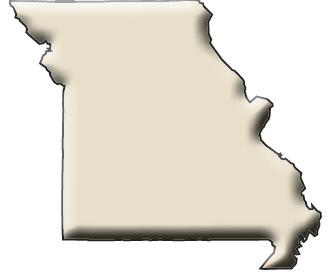
“I liked all the new stuff it taught me,” Izzy says, when discussing what she gained from the program. “I learned a whole lot from working on that tractor and from Mr. Brinkmann. I was there every night. I think I maybe missed one night. Mr. Brinkmann saw that, and how dedicated I was and how much I wanted to learn.
And, so a lot of it was him, too, pushing me, and helping me along the way. But, not too much, you know? He’d let me figure out things on my own along the way. It was always pretty fun when he’d have me do that.”
Her combined dedication to the Night Shift program, as well as being an Auto Tech student at FRCC during regular school hours, earned Izzy an apprenticeship at a local Peterbilt dealership. Making the jump from antique tractors to big rigs was a fairly big leap, but Izzy says she’s been able to apply that afterschool knowledge in her apprenticeship.
“Working on the tractor during Night Shift, and then during school working on cars, and just regular trucks, and sometimes working on the big Detroits,” she says, “it’s really cool how you can connect all the things together. And, I feel like working on all that has helped me understand a lot more.”
Even though she just graduated, Izzy was already looking forward to school starting in the fall. “I’m glad I’ll be back next year for Four Rivers,” she says. “That’s what I’m going to miss over the summer.” Four Rivers Night Shift welcomes high school students, as well as returning students in their first two years of college.
Every piece on each Night Shift restoration has been touched by a student; sometimes multiple students. The F-20 was no different. The lines are seamless, the castings smooth. Looking into the paint is to see a mirror reflection. But there’s one last thing. When it comes to final touches, every student who worked on the tractor signs his or her name under the hood or somewhere out of sight. It’s their way of leaving a lasting mark on a project they poured countless hours of heart and soul into. What they didn’t count on is the program leaving those same lasting marks on them, somewhere out of sight. FC Follow the group on Facebook @ Four Rivers Night Shift. You can also find information on their tractor club, Four Rivers Tractor Club.
Christina Staff is a freelance writer with a knack for bringing stories to life through humor and enthusiasm. She has a strong appreciation for vintage tractors and all things caffeinated. Email her at christina@christinastaff.com

Farm Collector gratefully acknowledges Curt Dennison Photography for providing photos accompanying this article.
FOUR RIVERS NIGHT SHIFT STUDENTS HAVE WORKED ON A VARIETY OF ANTIQUE TRACTORS:
1966 Massey Ferguson 180 owned by Dan and Jim Brinkmann, Washington, Missouri
1948 Farmall C owned by Jim Buchanon, Washington, Missouri
1951 Farmall H owned by John Hagen, Wildwood, Missouri
1941 Farmall H w/ loader owned by Dan Groene, Villa Ridge, Missouri
1949 John Deere A owned by Allen Shepard, Truxton, Missouri
1954 Ford 600 owned by Roscoe Mayer, Washington, Missouri
1937 Farmall F-20 owned by Dan West, Hettick, Illinois
1958 Massey-Ferguson 50 owned by Virgil and Elsie Siedhoff, Union, Missouri
1957 Ford 960 owned by Jack Brinker, Washington, Missouri
1959 Ford 941 owned by Jack Brinker, Washington, Missouri
In this exclusive guide, tractor expert Tharran Gaines walks you step-by-step through the restoration techniques applicable to all of the most popular and collectible makes. Gaines covers everything from shopping for a tractor and setting up a shop to engine rebuild and body repair, painting, and decals. There’s even information on antique tractor shows and demos and a handy updated section on part sources. No matter what brand you are passionate about, with Gaines’ guidance you will be well on your way to transforming that old tractor into an eye-catching classic. This title is available at Store.FarmCollector.com or by calling 866-624-9388. Mention promo code: MFCPANZ5. Item #10305.

• Decreased costs?

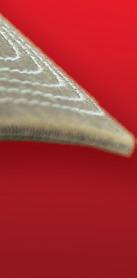



• Increased benefits?
Your Medicare plan may have fit your needs in the past, but that doesn’t mean it will in the future. At Capper’s Insurance Service , we’re ready to help you get access to the best information, products and service possible.
Call 800-678-7741 for a free review of your prescription drug benefits and to discuss your Medicare options.
Capper’s Insurance Service is your licensed agent serving the readers of our magazine with protection services since 1932. cappersinsurance.com
• Both?
Medicare Annual Enrollment Period

Oct. 15 – Dec. 7
Proud Partner of



Medicare Advantage Plans are insured or covered by a Medicare Advantage organization with a Medicare contract and/or a Medicare-approved Part D sponsor. Enrollment in the plan depends on the plan’s contract renewal with Medicare. We do not offer every plan available in your area. Any information we provide is limited to those plans we do offer in your area. Please contact Medicare.gov or 1-800-MEDICARE to get information on all of your options. Availability of benefits and plans varies by carrier and location. Deductibles, copays and coinsurance may apply. Plans purchased after initial enrollment period are subject to eligibility requirements.
By contacting us, you will be connected to a licensed insurance professional. We are not affiliated with Medicare or any other government agency.

$27.99 ITEM #12087
This Legacy Old Favorite Trucker Hat will quickly become an old favorite for everyday wear! Embroidered with the Farm Collector logo, the dirty-washed cotton gives it the perfect worn-in look. Made from 65/35 cotton/polyester, it is soft to the touch and allows for days of comfortable wear. It features a low profile with ample space for the ears and plenty of ventilation.
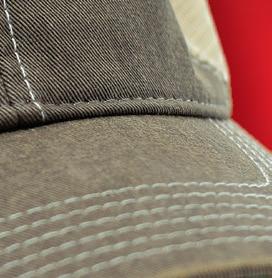



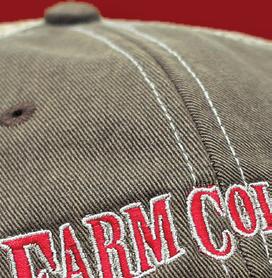

Order today by calling 866-624-9388 or by visiting Store.FarmCollector.com.








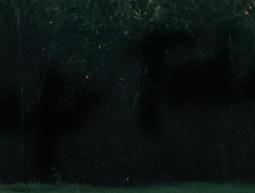



Oct. 12-14, 2023: 19th Annual Tri-State Gas Engine and Tractor Assn. Swap and Sell. Club Grounds, 1010 N. Morton St., Portland, IN. Contact: Chris Englehardt, President, 260-726-2031; Rich Theurer is V.P. 260-335-2683. Visit us online at: www. tristategasenginetractor.com
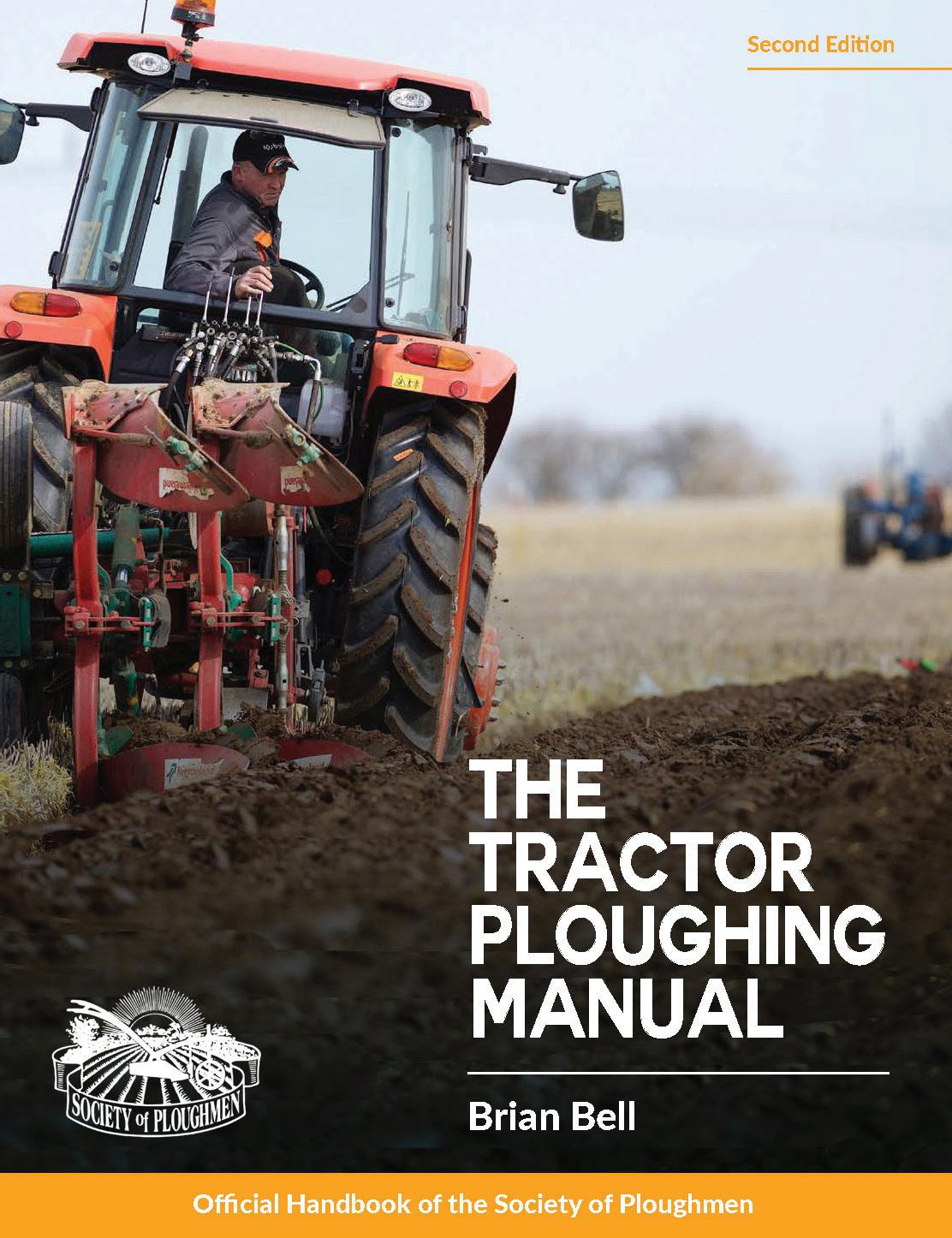


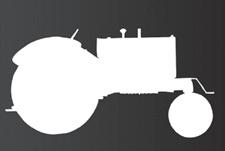



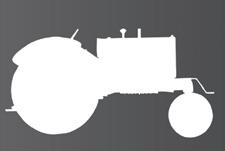
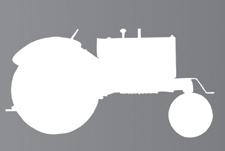

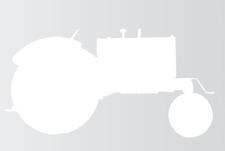
48th Annual Hudson Valley Old-Time Power Assn Old-Time Days. October 14-15, 2023. 390 Finger Rd, Hudson, NY. Home of Mammoth 110 HP Single Cyl Diesel Engine, Largest in the Northeast! 1929 Snow Plow, Old Fashioned Blacksmith Shop, Printing Press. Garden Tractor Pull Saturday, Antique Tractor Pull Sunday. Contact Darryl Baker, 518-821-2790, bakerpulling@aol.com.

COST: Classified ads are $1.35 per word with a 20 word minimum. For photo with your ad, enclose $25 per photo. For classified display ads – those with special borders or type – call Terri Keitel at Farm Collector, 785-274-4384. Classified display ads are $65 per column inch (color). Bold words only $2 per word.
CLASSIFIED COMBO SPECIAL
Place your ad in both farm collectible publications – Gas Engine Magazine and Farm Collector – for $2.25 per word. Save up to 22 cents per word with double the exposure!

SEND PAYMENT TO: Farm Collector, Attn: Classified Advertising, 1503 S.W. 42nd St., Topeka, KS 66609.
IMPORTANT! Don’t forget to indicate ad classification and mark with “For Sale” or “Wanted.” Classifications appear below. Please write neatly. We reserve the right to edit your ad for consistency and clarity, and may reject any ad.
JOHN DEERE MAIN BEARINGS FOR ALL 2-CYLINDER ENGINES! 100% Manufactured in the U.S.A. Made like the originals! Center Cam Bearings, Center Main Bearings and Rod Bearings Made-to-order / special I.D. & O.D.s / Installation & machining available. MANITOWOC MOTOR MACHINING COMPANY, LLC www.motormachining.com / toll free 1-800-666-9129
TO PLACE AN AD: CALL US TOLL-FREE AT (800) 678-5779
PAYMENT POLICY: Ads must be prepaid by check in U.S. funds, or charged to MasterCard, VISA, Discover or American Express credit card. Remember to include your name and address, and/or phone number in the word count.
MAIL YOUR AD TO: FARM COLLECTOR MAGAZINE


1503 SW 42ND STREET TOPEKA, KS 66609
classifieds@FarmCollector.com
Ads received after the deadline will be held over for the next issue unless indicated otherwise.
PLEASE NOTE THE DEADLINES BELOW FOR THE NEXT FOUR ISSUES.
November 23
December 23
January 24
February 24
September 1 2023

Ocotber 2 2023
November 1 2023
December 1 2023
Farm Collector may refuse to publish any advertisement at any time, according to our discretion. However, we are dedicated to providing our readers with the broadest range of alternatives possible. We believe our readers are generally intelligent, and trust them to exercise their own good judgment when choosing whether to patronize our advertisers. We cannot verify all claims made by advertisers. Please consider any advertiser’s claims carefully before buying.
– Bill Uhler, Publisher, Farm CollectorNew Cast Iron Seat Book #6, $40. Shipping $8 for media mail and $14 for priority. Send to John Catchings at 3524 Jefferson Township Parkway, Marietta, GA 30066. 770-587-4004 Also to Join Cast Iron Seat Collectors Assn.$30 yrly dues. Contact Jeanine Kintigh, 929 E. 3rd St. Superior NE. 68978. 402-879-1181 or jrkintigh@gmail.com
Purchase online at Amazon.com or send check for $26 to Linda Laird, 1432 S. San Luis, Green Valley AZ 85614
THE FARM WRENCH BOOK-Volume I $80. Volume II $55 Volume III $55 Volume IV $60 Combinations I, II, III & IV $240 Volumes I, II, III $180 Please send check to P. T. Rathbone, 6767 Pershall Road, Marsing, Idaho 83630
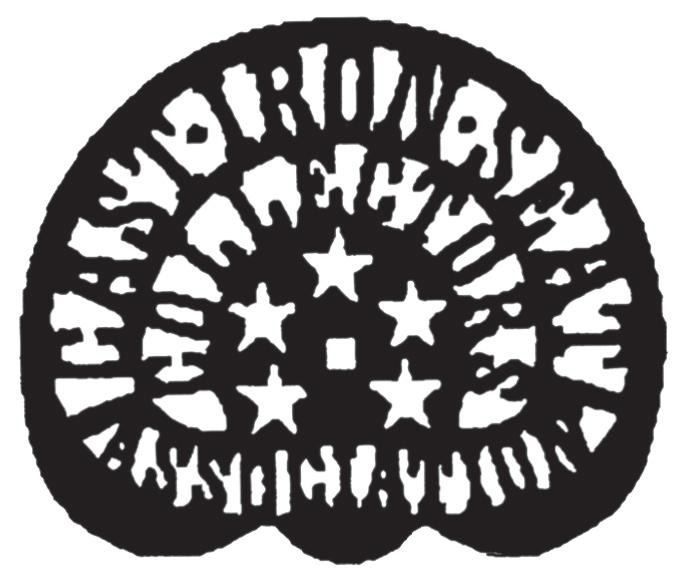
3 books for sale of collected thoughts and rural humor.
Behind the Muffler $20

Behind the Fence $30
Behind the Motometer $10
Total of 300 pages. All 3 for $50. Mail check to Bob Frey, 104 Snyders Rd., Phillipsburg, NJ 08865
HORSELESS CARRIAGE Replica: Use riding lawnmower motor, transmission and differential. 26" wheels, 52" wide, 82" long and 36" wide seat for two. 1" square steel tube frame, centrifugal clutch, 8-10 MPH speed, 5 -8 hp engine. Twenty pages computer-drawn detailed plans, parts supply and photos. Plans $20 each model. Check or money order. Jimmy Woods, P.O. Box 216, Coker, AL 35452; 205-339-8138.

Carburetor, Water Pump Rebuilding, 6 Month Warranty. Farmers Service Incorporated. 8:30 a.m. to 5:30 p.m. EST; 330-482-4180
DECAL
P.O. Box 373
Ainsworth, NE 69210
(800) 286-2171
www.tractordecal.com

jonsal@threeriverwb.net
Farm Collector Magazines, 2011 to 2022, 142 issues. $150.00 plus shipping. Phone 717-379-6018. Earl L Martin, 900 Houtztown, Myerstown, PA. 170671607.
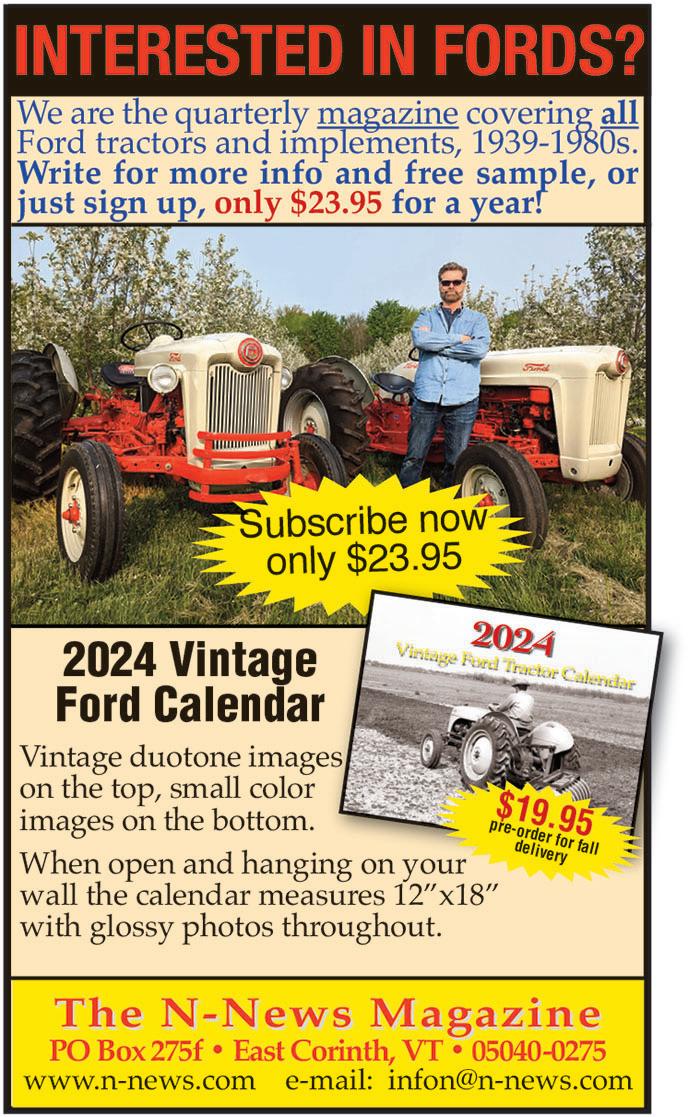
JD Tractor parts for G, D, A, B, H, MT, 50, 60, 70, 70D, 420, 530. power steering units, 420W, 520, 620, 620LP, 720, 720LP, 730, 830, 840, 4010, 4020. L Belly Pans for $95, 1958 620LP, runs good $4,000. Darwin Gingerich, 620-386-0071.
Wanted: Looking for old hit-and-miss gas engines to buy. 614-306-0908 or gasenginetom@hotmail.com
Wanted: Always buying hit-and-miss flywheel gas engines, big or small, one or whole collection. 419-789-1159 or jon@sideshaft.com (OH)
Life size aluminum buffalo $2,500, delivery possible. 785-488-5150 (KS)
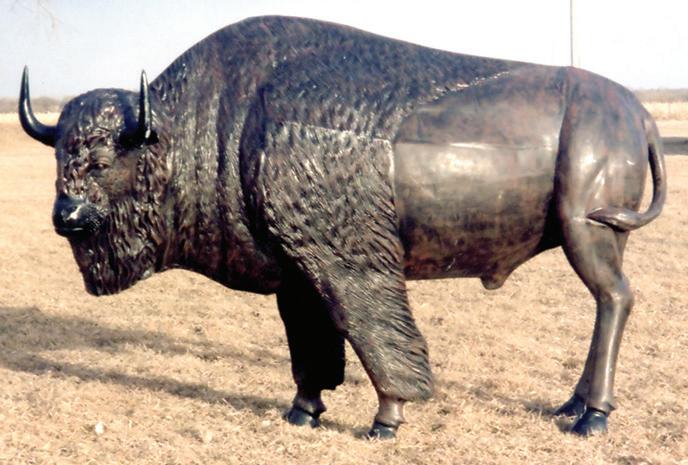
1941 John Deere LA serial #4990 with rear PTO & LUC engine mounted on custom trailer. All manuals, umbrella, toolbox, muffler, radiator, fan, step & miscellaneous parts.
This is a package $7000. Trailer not included. mladolan88@gmail.com MN 612-616-1820
1937 Model "C" Case Tractor. Starts, runs and drives very well. Needs no mechanical work, only minor cosmetic work in some areas. Restore use or drive in parades. As is $2250.00. Call Tom in Hallock, Minnesota at 218-843-1023 or 218-843-2443.


Any type, no tooling or minimum for most gaskets. Free online quotations. www.gasketstogo.com

Covering all things Case and including Lawn & Garden from Colt to Ingersoll
Membership $25.00/year includes a subscription to Old Abe’s News quarterly
Tractor Manuals and Literature. Large selection available. Jim Robinett, 5141 Kimball Rd, Ontario, OR; 97914. E-mail: tractrmnul@aol.com. 206-713-3441.

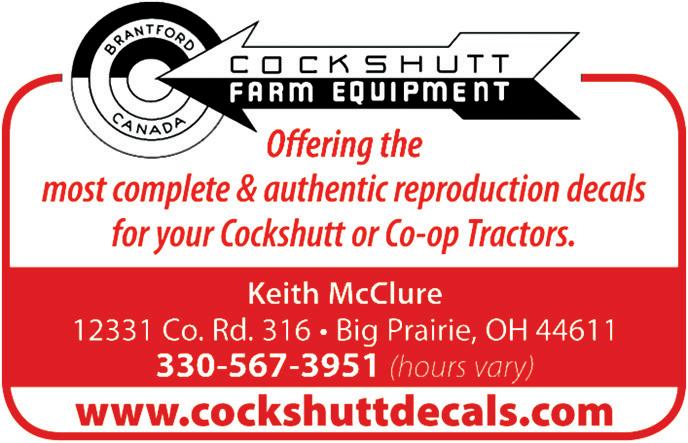
Spur, helical and worm gears. Pinion and spline shafts. Made to specs or duplicate original. Elmridge Machine & Gear, 94 Fairview Rd, Lititz PA 17543 717-664-1079

Carr's Repair: We got you Covered! Restore those powerhouses back to original! New IH sleeves & piston kits for IH 9, IH 6 and IH MD, 450 D, W-9- 650 series gas and diesel tractors and John Deere, D and R piston kits, 720 and 830 Diesel kits. Int'l Falls, MN No Sunday calls. Ph 807-487-2548, www.carrsrepairvintageparts.com.
For Sale: Grade One plow handles, $50 per pair, postpaid. Beverly Egbers, 326 County Road 24, Hooper, NE 68031; 402-567-2588.
Obsolete water pump? Let me rebuild yours. Mark, 623-205-4482; waterpumprebuilder@gmail.com

CLASSIC TRACTOR COVERS. Covers the entire tractor, protects your tractor from dust, birds, weather, sunlight, etc. 309-465-3364 M-F 8-5. Email chatstractorsonline@hotmail.com
Personalized, Magnetic, Weatherproof Display Signs Perfect for Antique Tractor Parades and Shows! Visit www.TheBadgeFactory.com or call 410-239-3368 to order. Take 10% Off with Promo Code: COLLECTOR
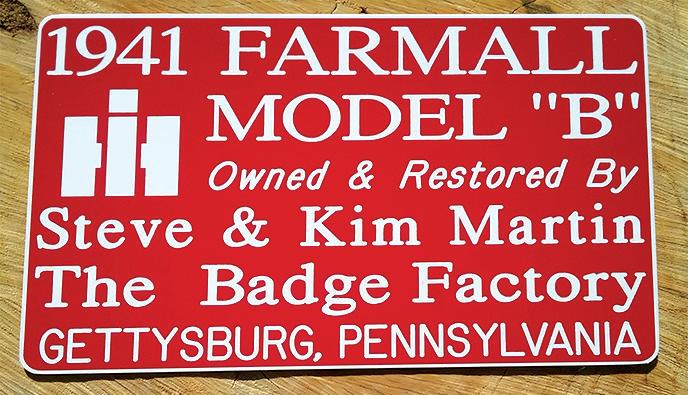
Like to buy any type of old farm equipment, one piece or whole collection, salesman samples, country store, corn shellers, anything farm related, advertising signs, old wood signs. Leave message 574-304-4587
TURBOCHARGER KITS ANTIQUE GAS TRACTORS
FARMALL M, SUPER M 400 450. W9 600-650. FARMALL H, SUPER H, 300-350. INTERNATIONAL 460-806, FARM KIT AND 4 BARREL PULLING KITS. ALLIS CHALMERS WC-WD45. OLIVER 77-88-1650. Oliver diesel. MASSEY HARRIS 44-444. KEYSTONE TURBO LLC, SMICKSBURG PA Please call 724-664-8642 duddy1@windstream.com keystoneturbollc.com
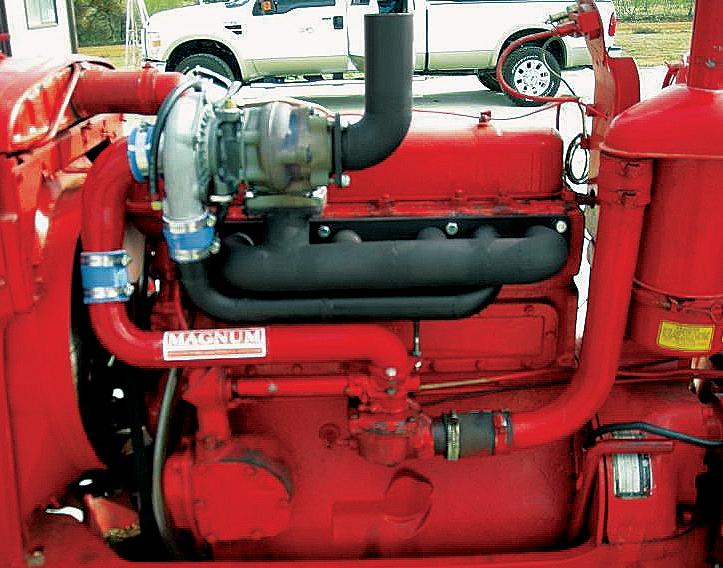
Next Generation Magneto Repair, 3rd generation, Dave Temple 856 Willow Brook St. N.E. Owatonna MN, 55060; 507-339-1470.
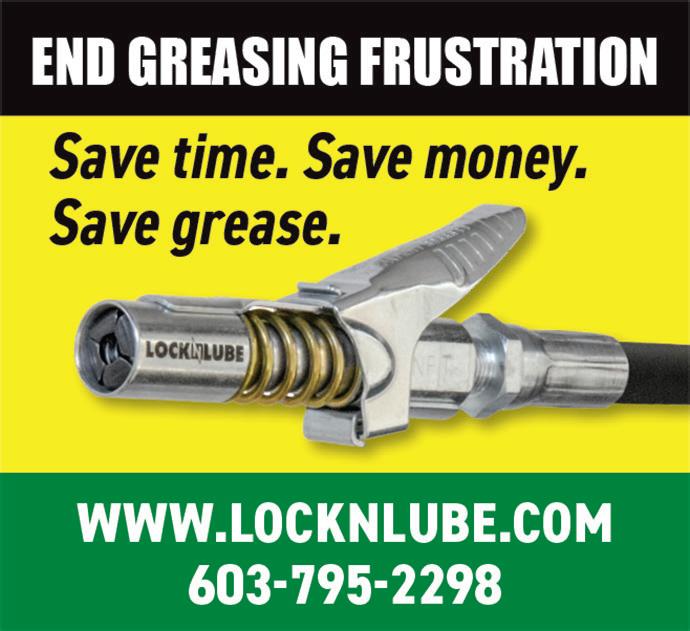
Steering cylinder repair, New replacement parts manufactured by us. Case200,300,400,500 series tractors. Ford 700,800,900 series tractors. New pistons, rods, seals and cylinders. Bob Hunter, Pioneer Hydraulics, 5807 E Hayward Rd, Waukomis, Okla.73773. bhunter772@gmail. com, 580-603-0063.
Antique Radio of Iowa- Vintage radio restoration and speaker service. We service 6 and 12 volt radios. Auto, truck, tractor and all home radios, 8-tracks. 1934-1990. New for 2019 Neon and Clock service. 712-322-2255 dnordboe@ aol.com, Find us on Facebook @ Antique Radio of Iowa. 3131 Ave. A Council Bluffs IA, 51501
Wanted : Gray Motor Co. engines, literature, and books pertaining to Gray farm engines 1906-1920.Call or text Matthew 989-529-5414 or grayhitmiss@gmail.com
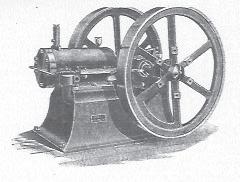
Looking
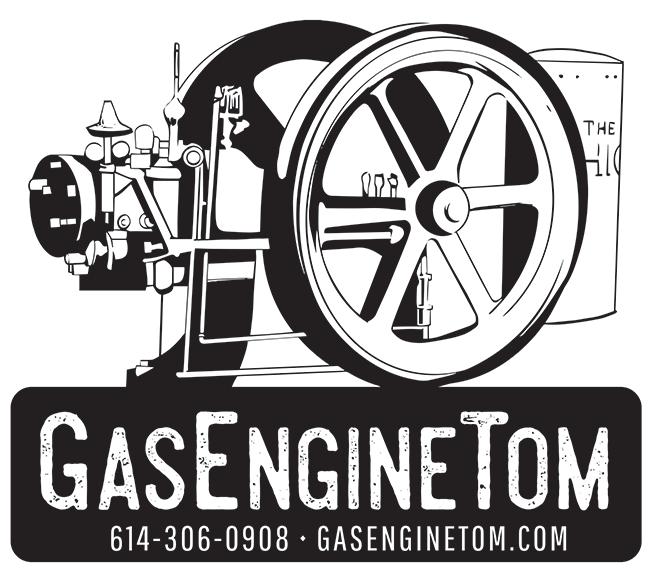
1960 saw the dawn of unprecedented innovation and development in farm machinery; a period of rapid technological advancement produced machines that are the mainstay of the current very buoyant vintage tractor restoration movement. At the start of the decade, spark-ignition Standard Fordson tractors still occasionally required repair; by the end of the decade, the Fordson Diesel Major had been replaced by the Ford 1000 series.
The history of these iconic brands is well-known; Oily Hands and the Smell of Diesel gives an alternative view - the inside story of the agricultural machinery repair trade. First employed as an apprentice, then moving his way up to an engineer, David Harris gives an entertaining, informative personal account of his time at a Ford main tractor dealership, working on Ford, Fordson, County, Roadless, and Muirhill tractors, Chaseside loaders, Claas combines, and New Holland and Jones balers amongst others.
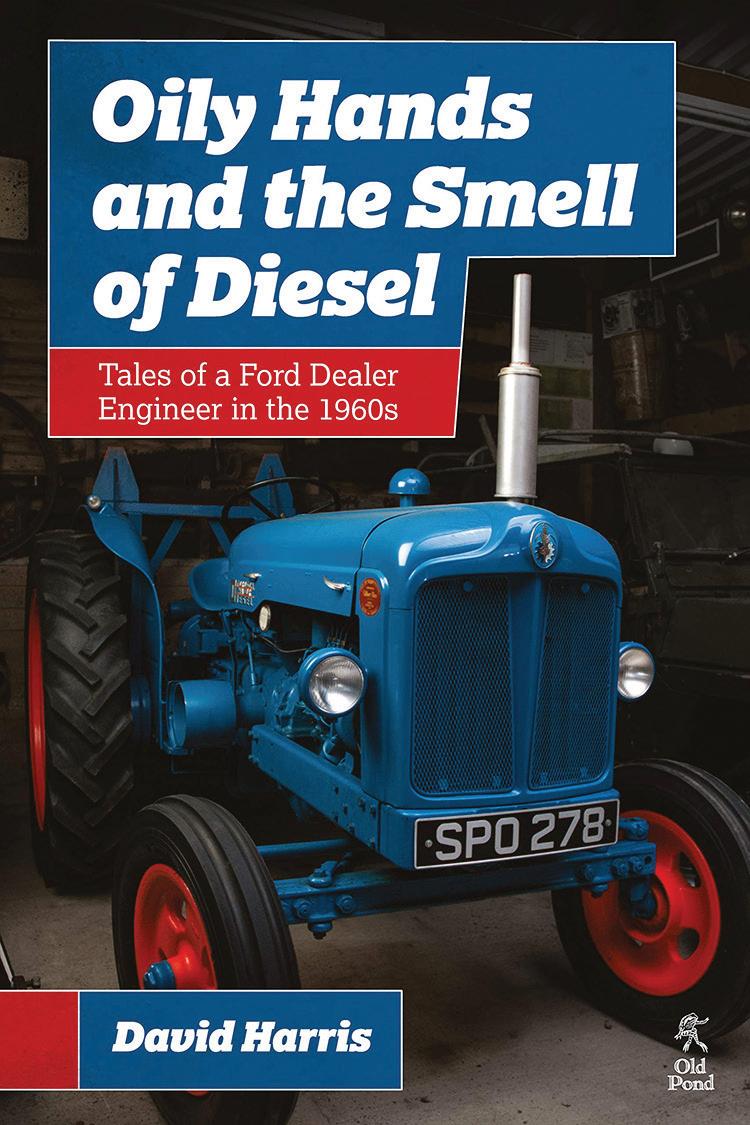
Including many historical photographs, David describes the technical challenges in detail and tells of the ups and downs of life in the workshop and out in the field. This book will be a must-read for anyone who is or was involved in the machinery industry, anyone looking to restore or repair vintage agricultural machinery, and anyone with a general interest in farming and machinery history.




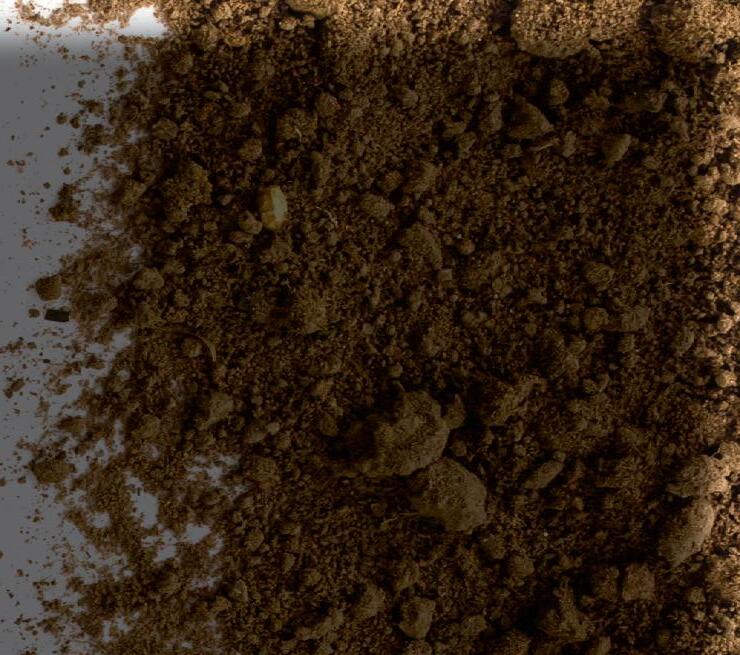

Item #11624 $24.95


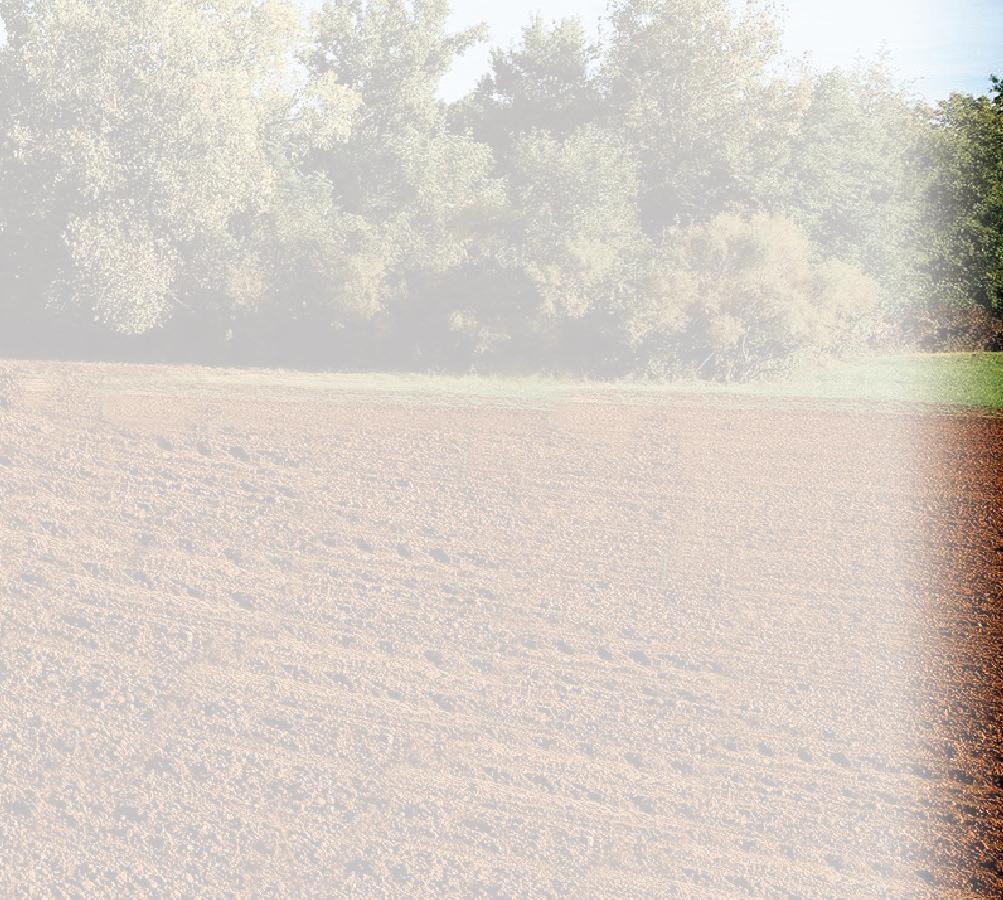

This book traces the ups, downs, and eventual demise of some of the first manufacturers working to serve the particular needs of the agricultural and forestry industries in the densely forested and rockstrewn region of Northern Europe. Today, Valtra stands proudly as the last remaining agricultural tractor maker in Scandinavia. Still, The Nordic Tractor shows where their roots lie in the establishment and history of companies such as Bolinder, Munktells, Volvo, and Valmet, who were all major players in the Nordic region.


$32.95
ITEM




Order today by calling 866-624-9388 or by visiting Store.FarmCollector.com. Mention Promo Code: MFCPANZ2. Price does not include shipping and handling.





